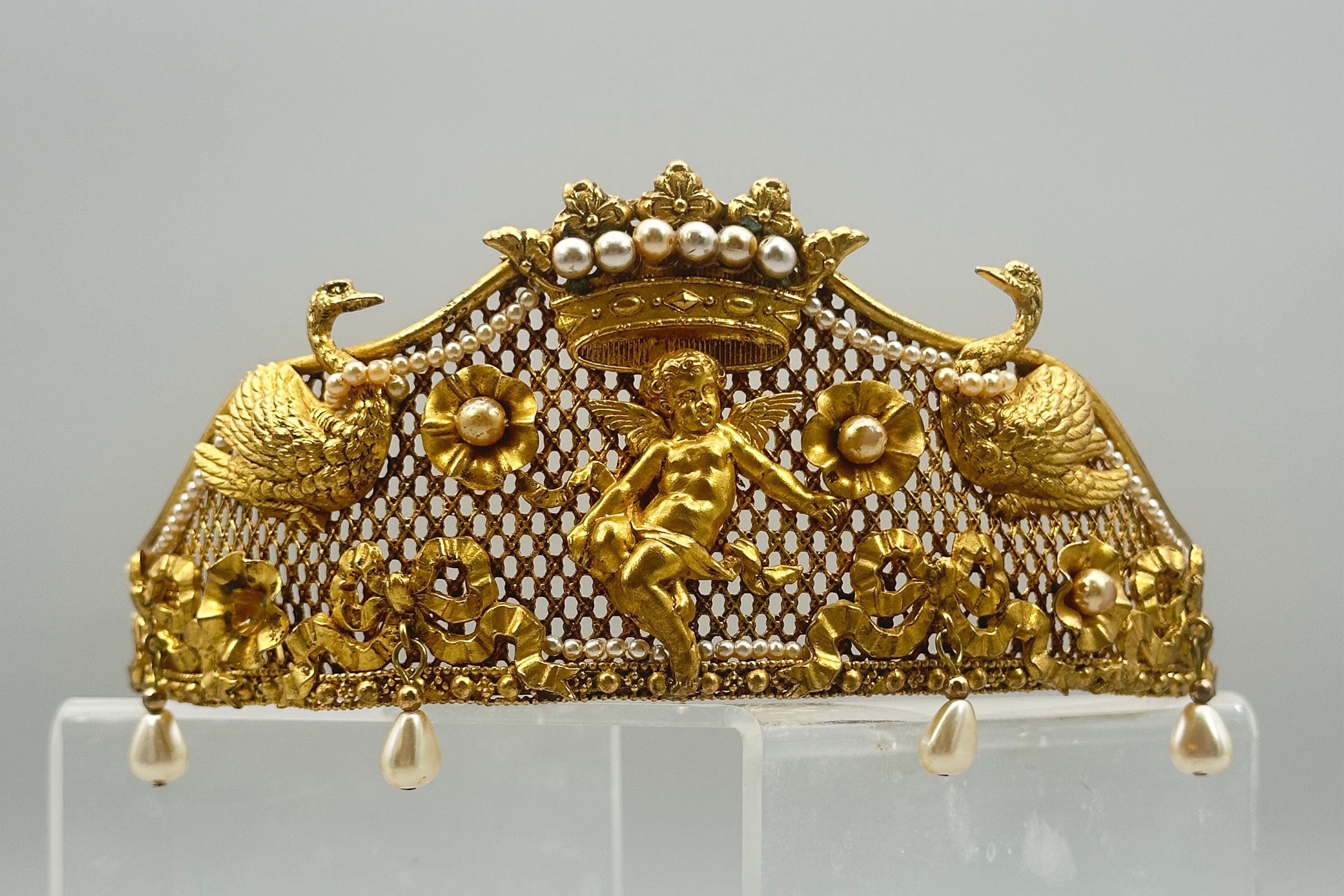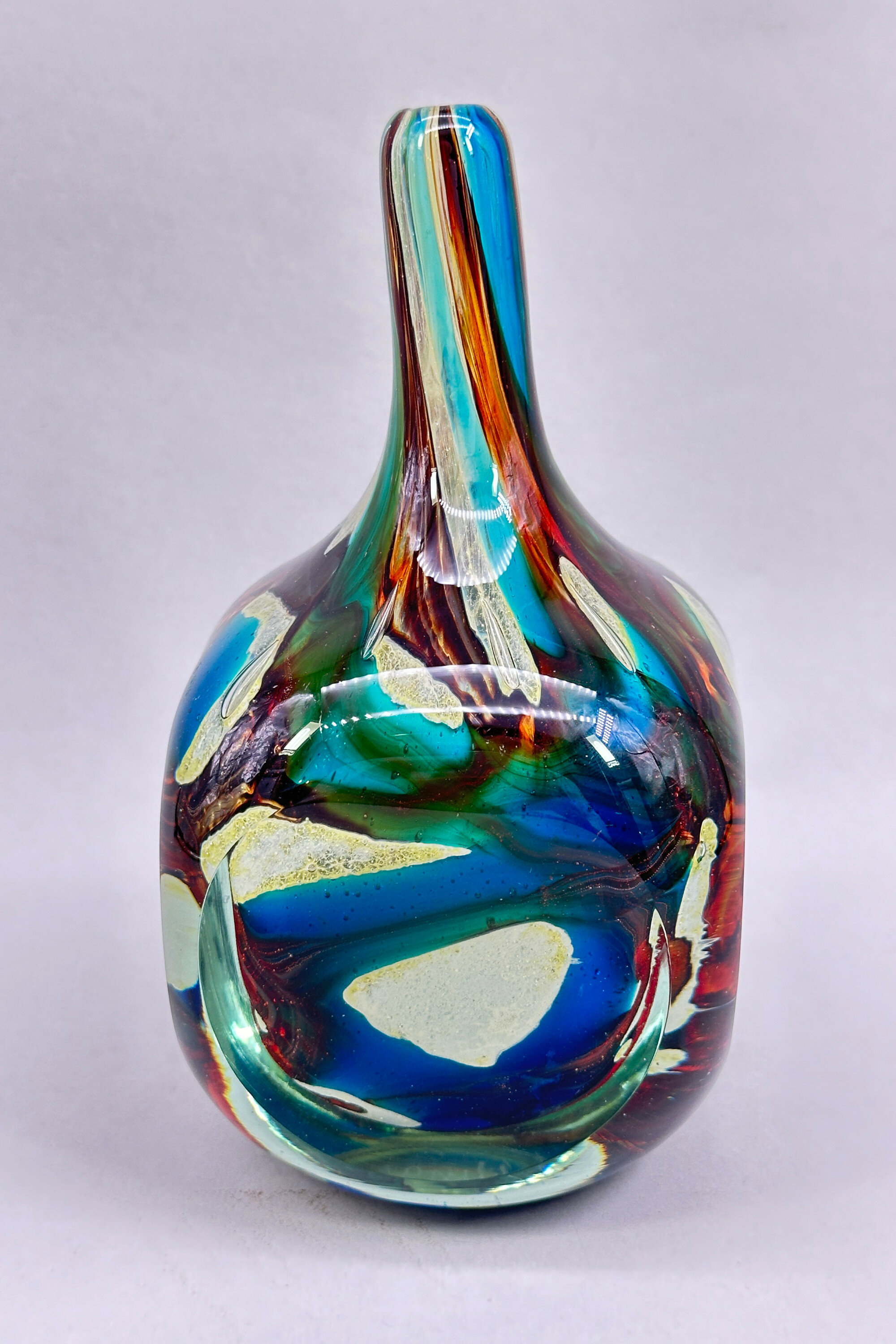
Mdina Art Glass vase, signed and numbered 1979, late C20th
Price: £95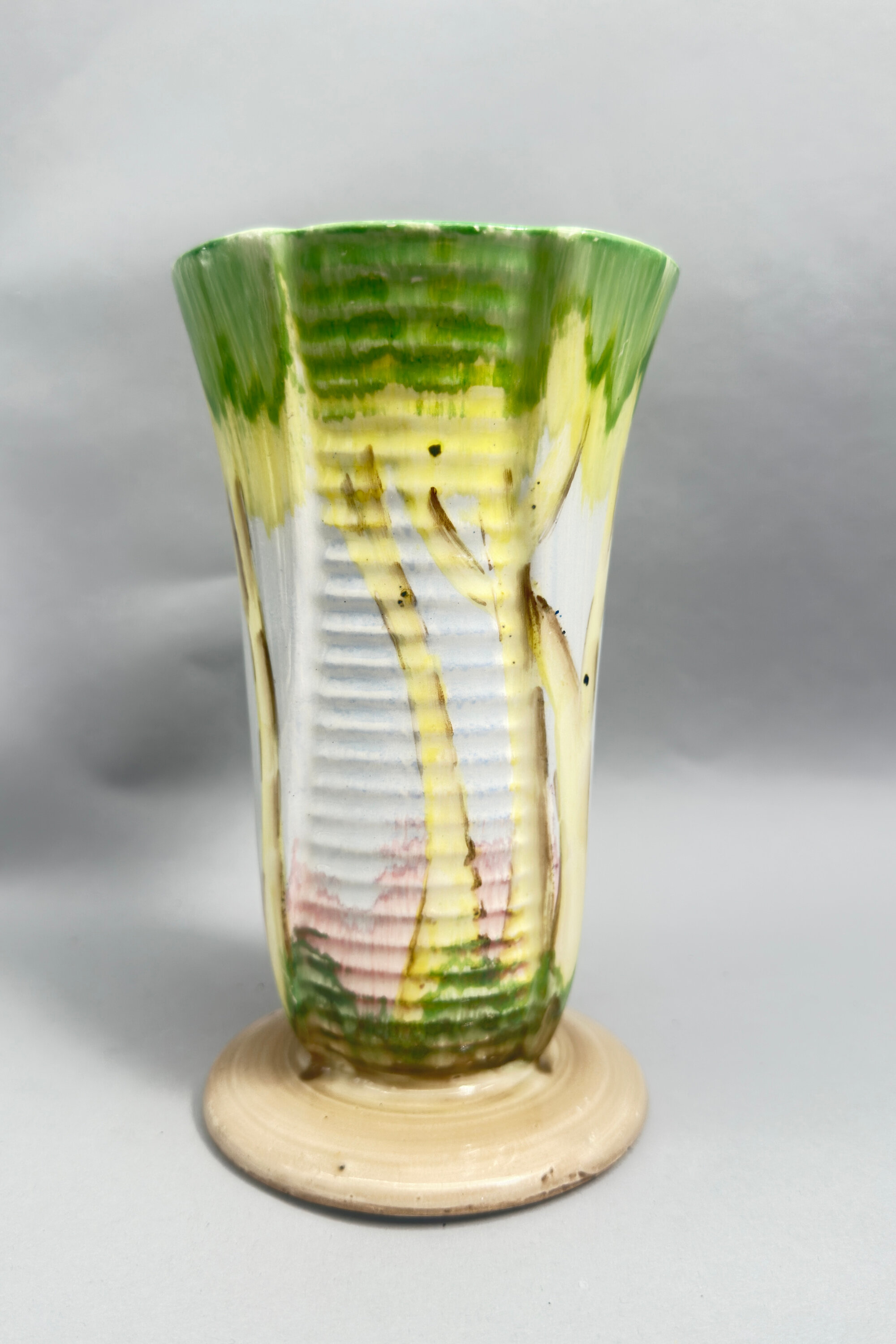
Art Deco style beaker form Vase, probably Beswick, mid C20th
Price: £35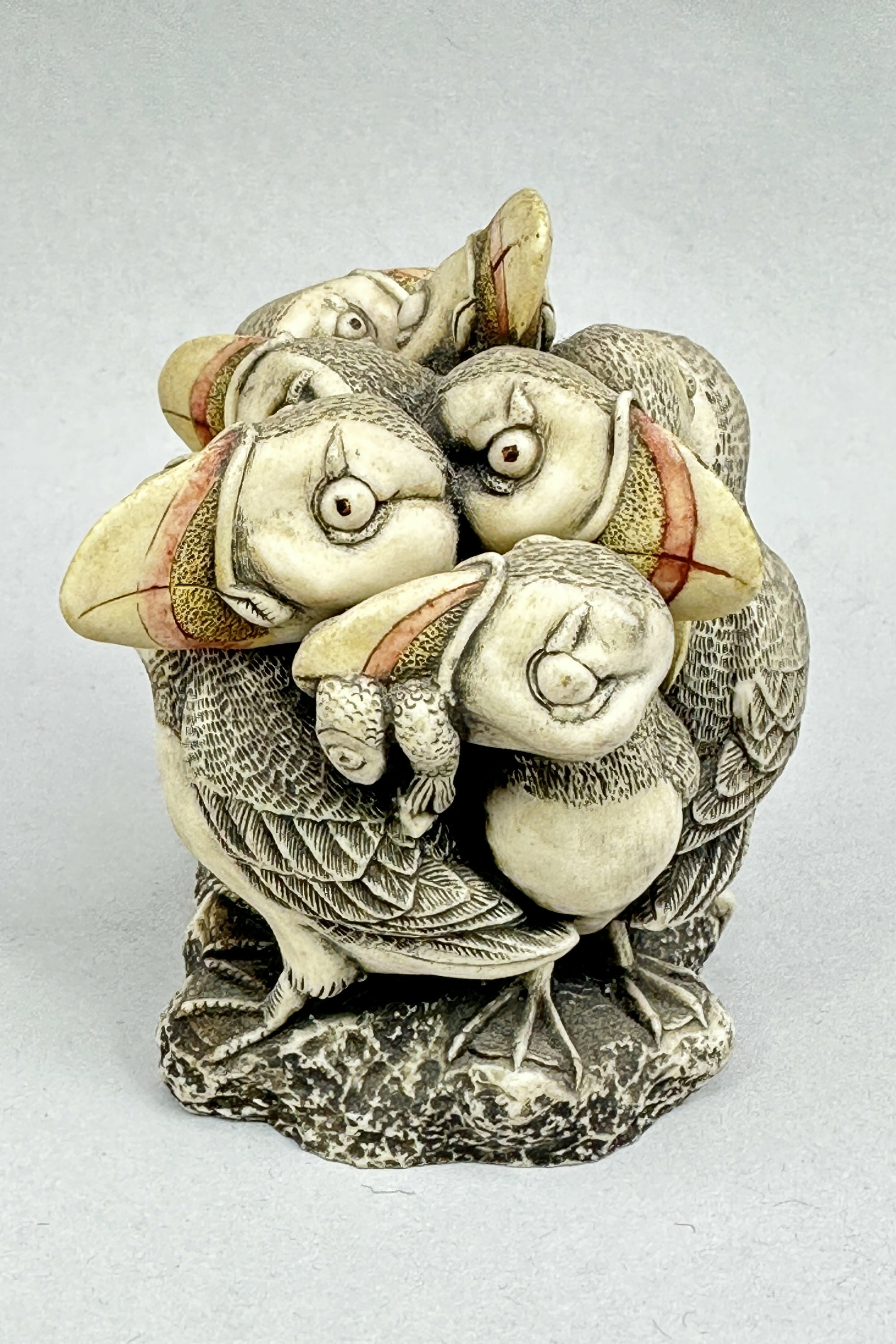
Harmony Kingdom Trinket Box with Puffins, dated 2001
Price: £20Harmony Kingdom is a business set up by Peter Calvesbert in 1992. Their studio is situated in the Malvern Hills and they have been producing whimsical figurine sculptures for over 25 years which have an enthusiastic following, particularly in the USA. ‘In Fine Feather’ is a discontinued item so now has a very modest rarity value in addition to its intrinsic charm.
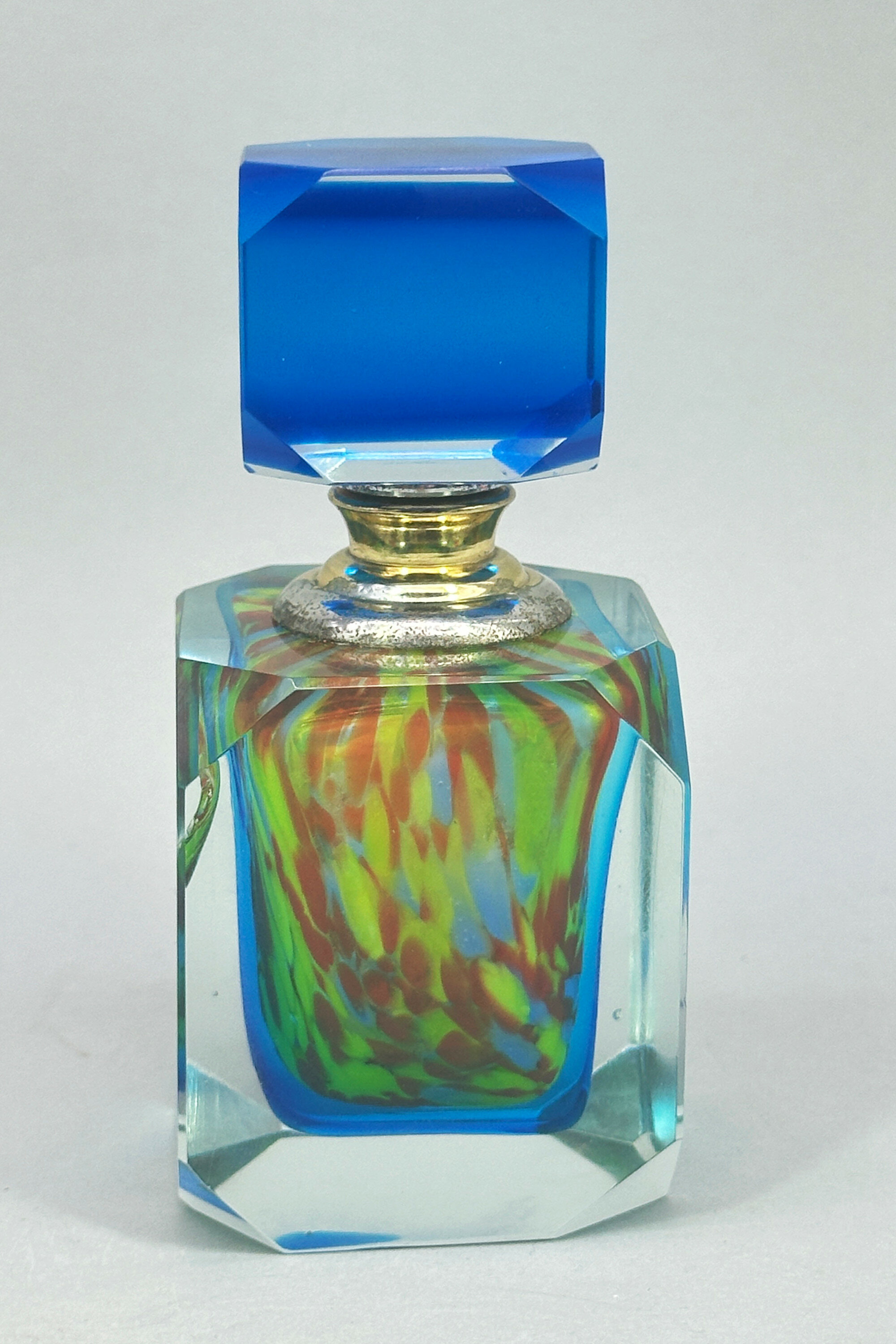
Italian square Perfume Bottle with sommerso and confetti designs, second half C20th
Price: £55
Japanese Imari Bottle Vase, circa 1900
Price: £30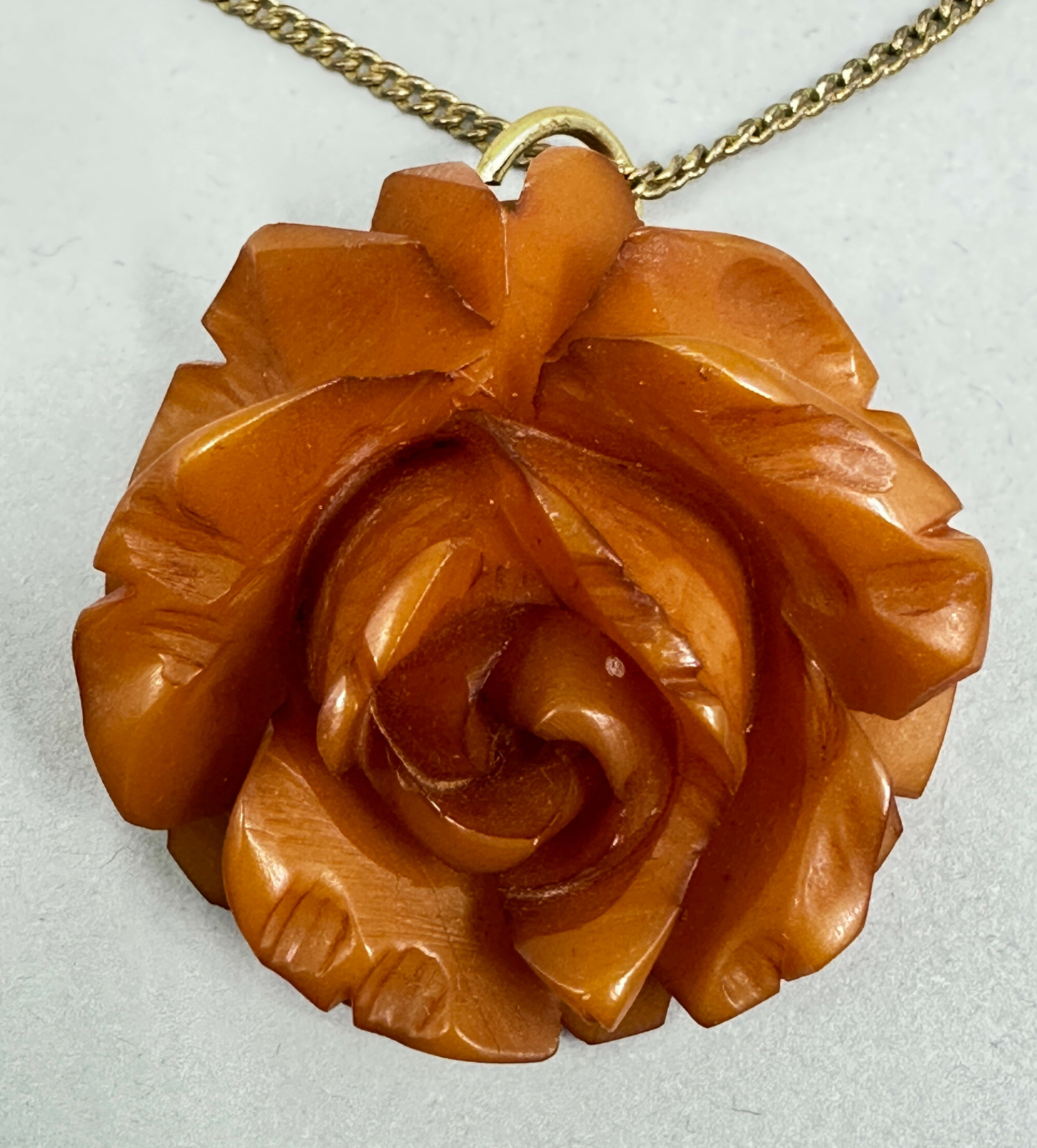
Attractive carved Orange Bakelite Bloom Pendant on modern gold tone chain, British 1930s
Price: £15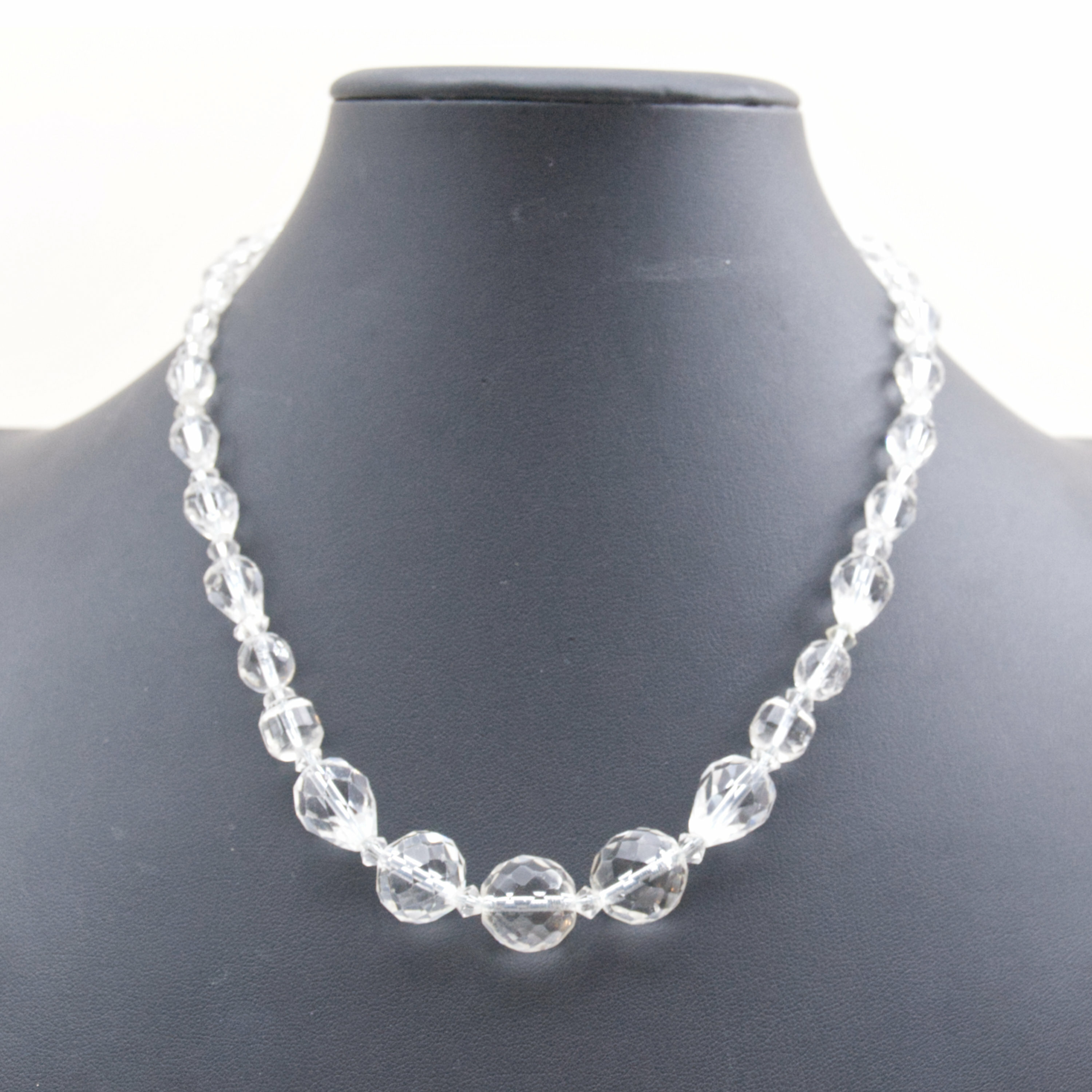
Art Deco rock crystal bead necklace
Price: £25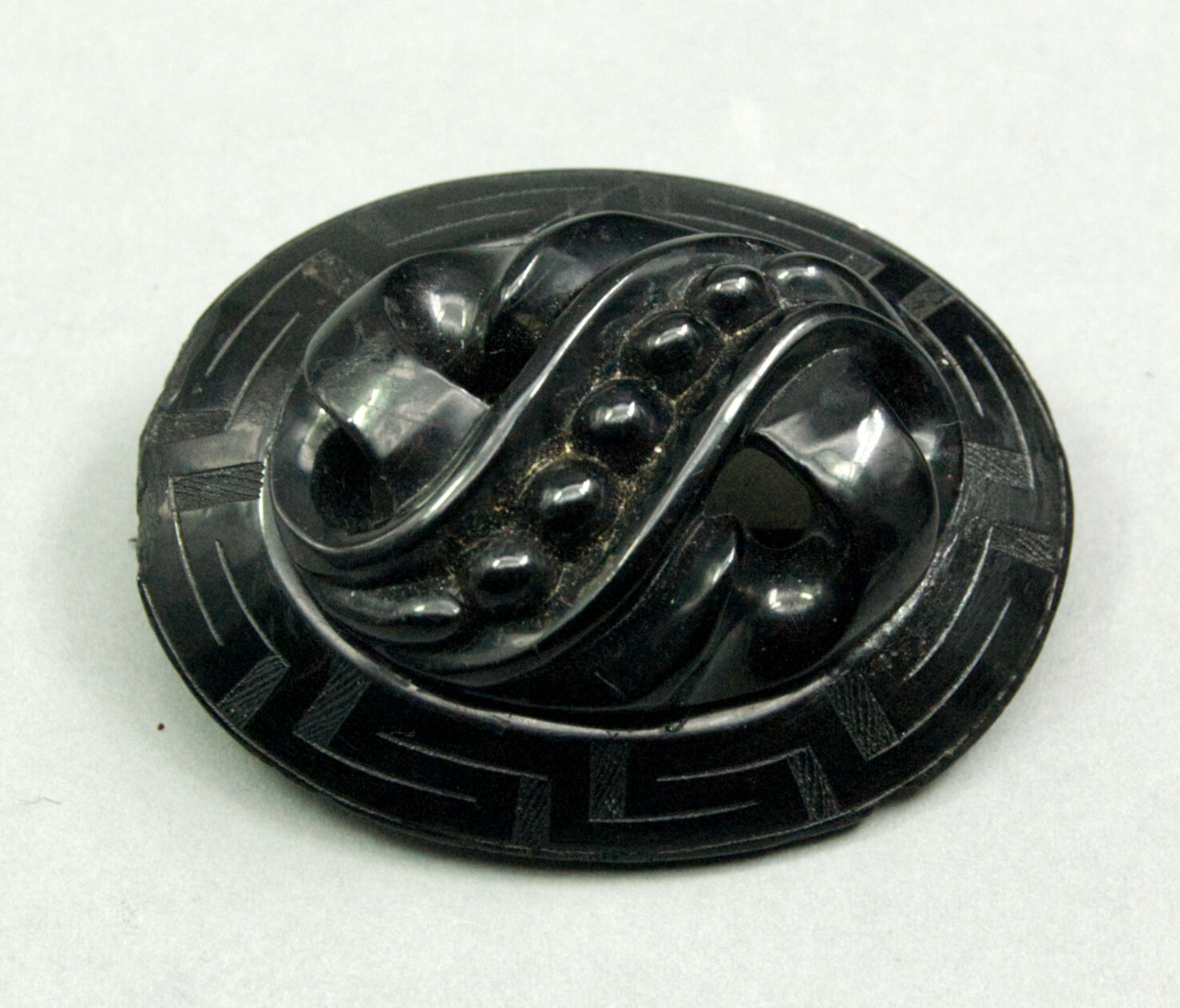
Victorian Whitby jet mourning brooch
Price: £75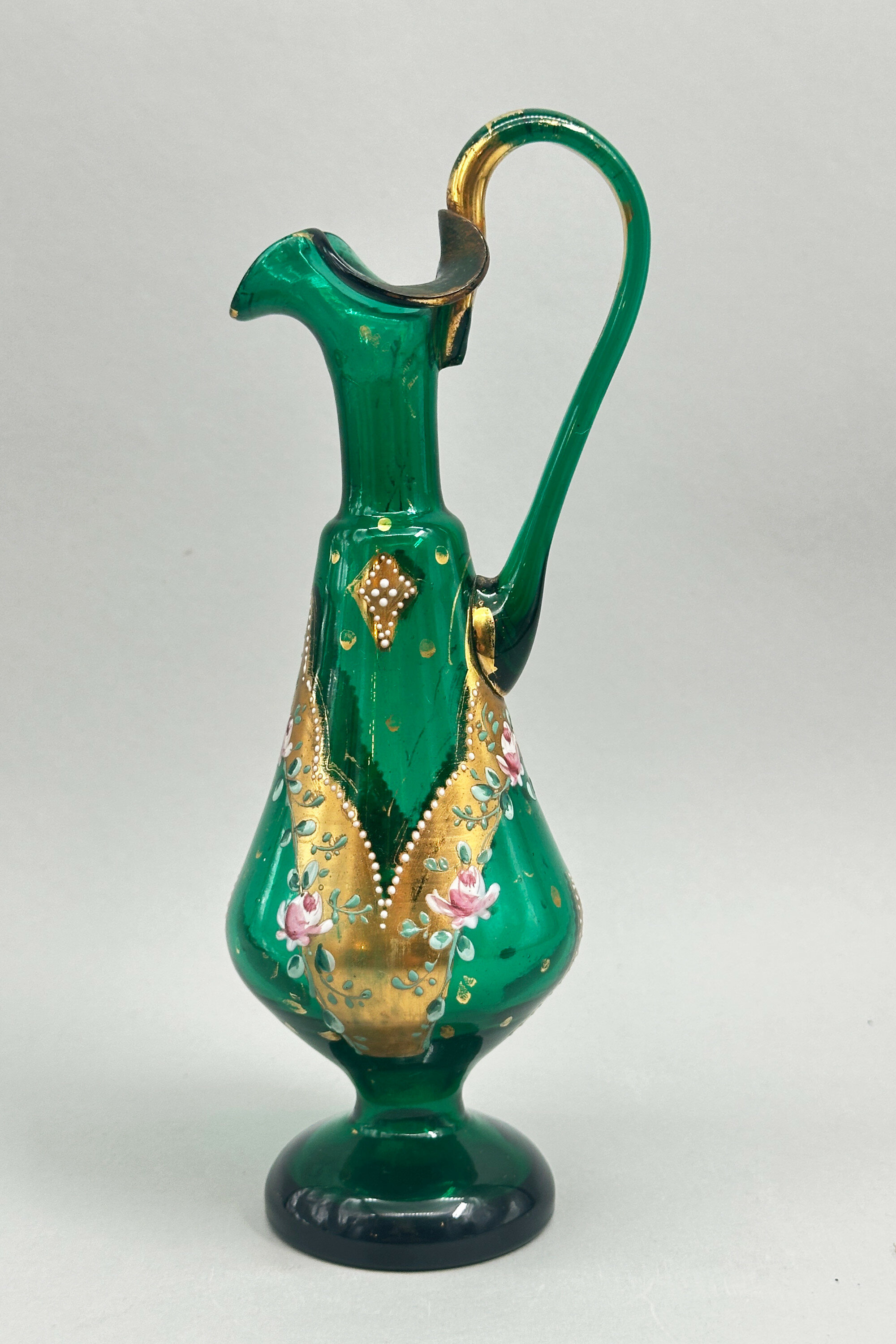
Bohemian Green Glass Moser style Ewer, late C19th
Price: £35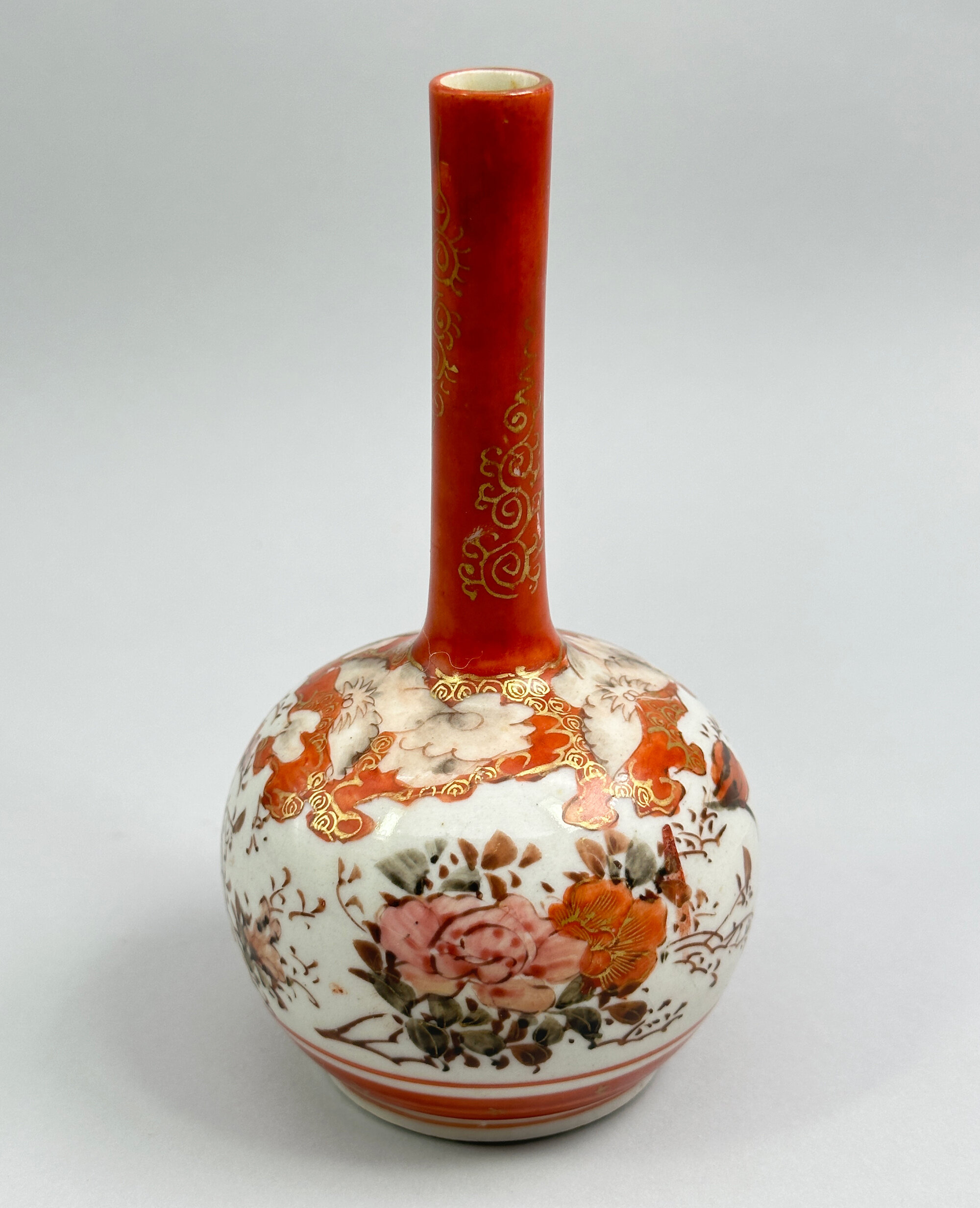
Japanese Kutani Vase of Water Dropper form, circa 1880
Price: £45Kutani (the word means 'nine valleys') porcelain was made at various factories in the former Kaga province of Japan. The earliest pieces were in a completely different style employing a palette of colours emphasising green, the so called 'Ko Kutani'. Production of this ceased around 1730, and manufacturing was not revived until the early nineteenth century when the more familiar colourings of iron red and gold were introduced. This small vase is typical of pieces exported to the West in fairly large quantities at the end of the nineteenth century. The form suggests a water dropper and is found in Imari colourings as well. Many of the Kutani pieces were marked, sometimes simply 'Ku' 'Tani' as here. The glaze was sometimes unstable with a tendency to craze as can be seen here, but this is original to the manufacture and does not detract from the piece's decorative appeal.
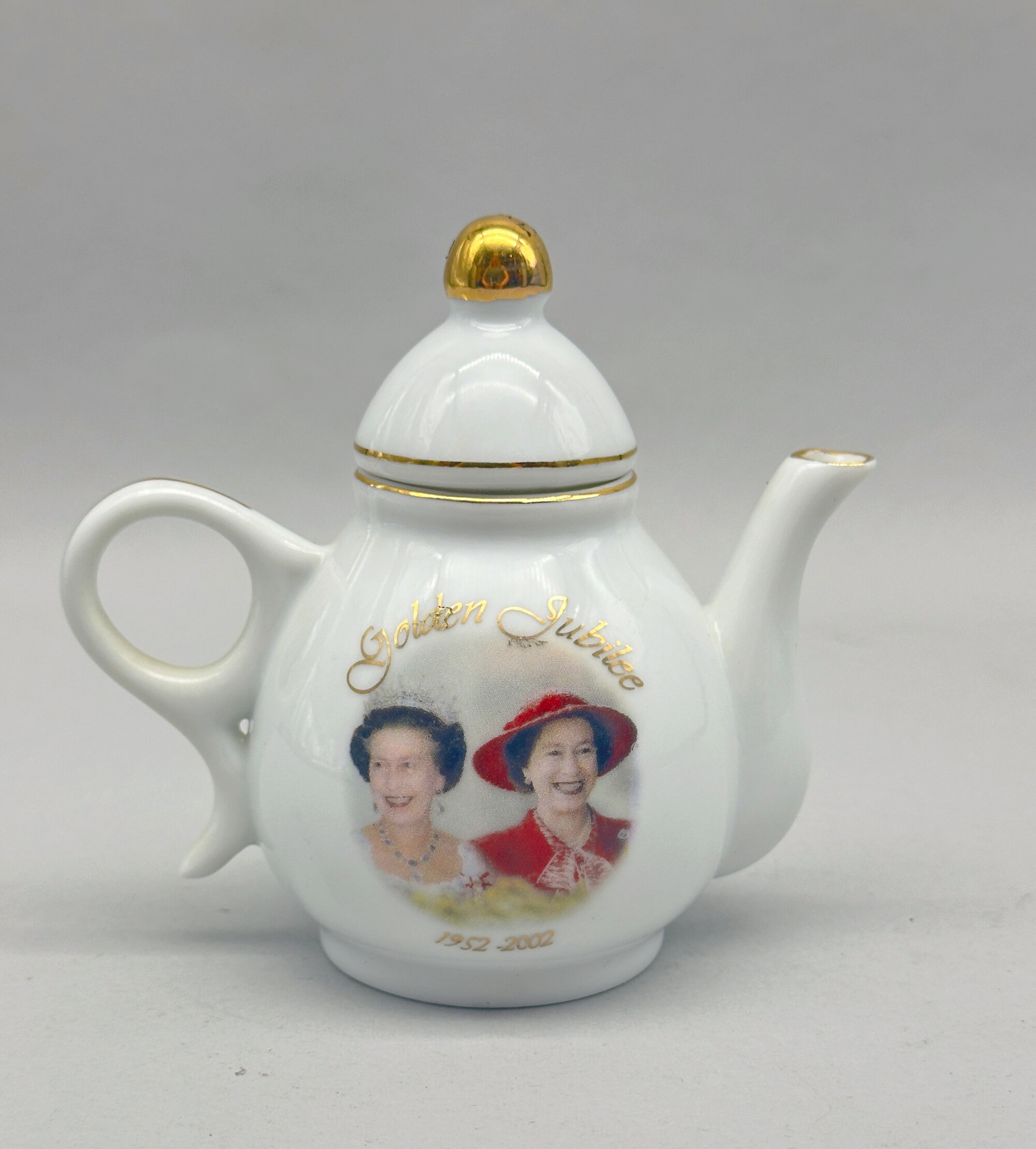
Teapot and Cover : Golden Jubilee Queen Elizabeth II, 2002
Price: £10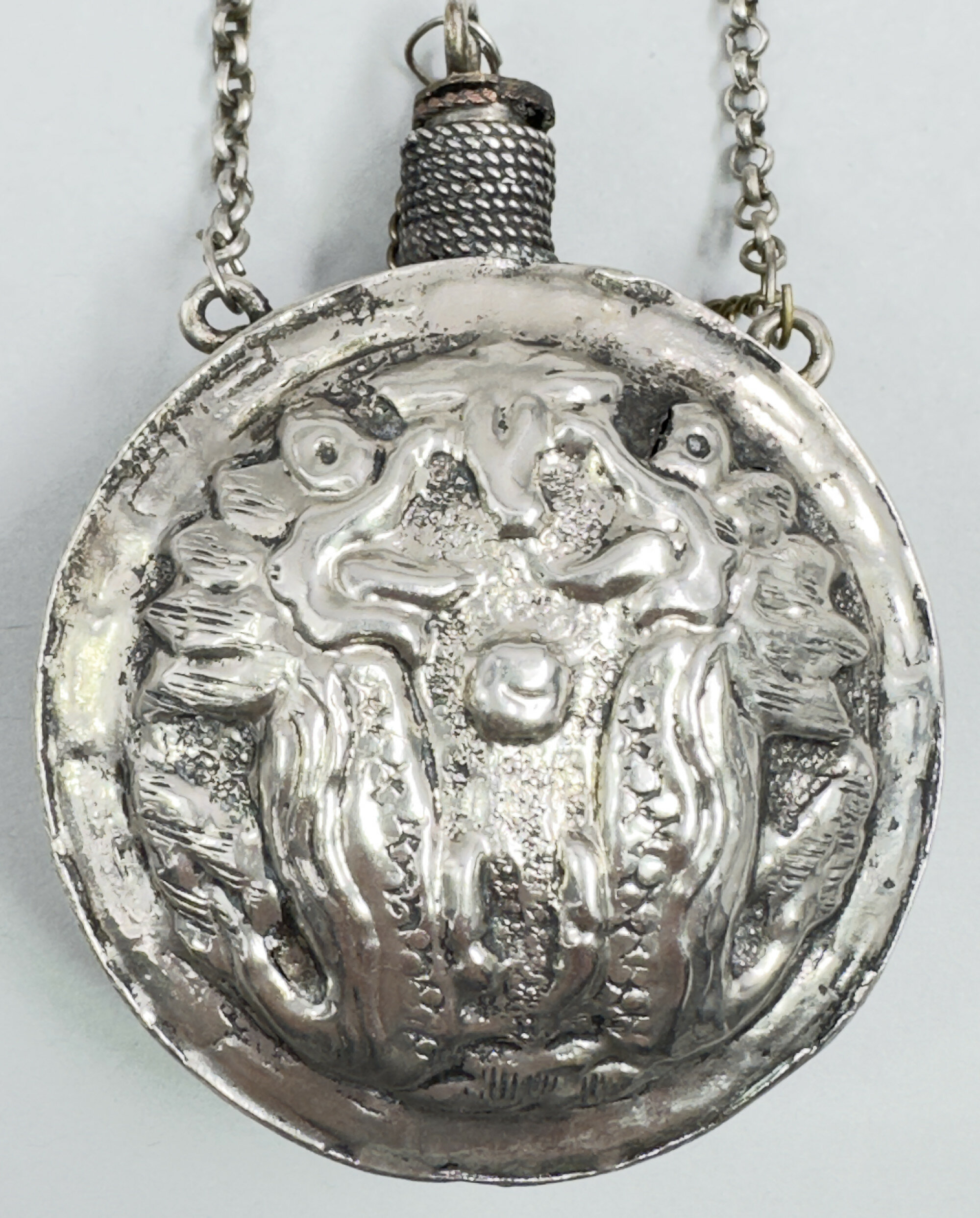
Silver plate Perfume Bottle with attached Stopper and Chain, Burmese late C19th
Price: £45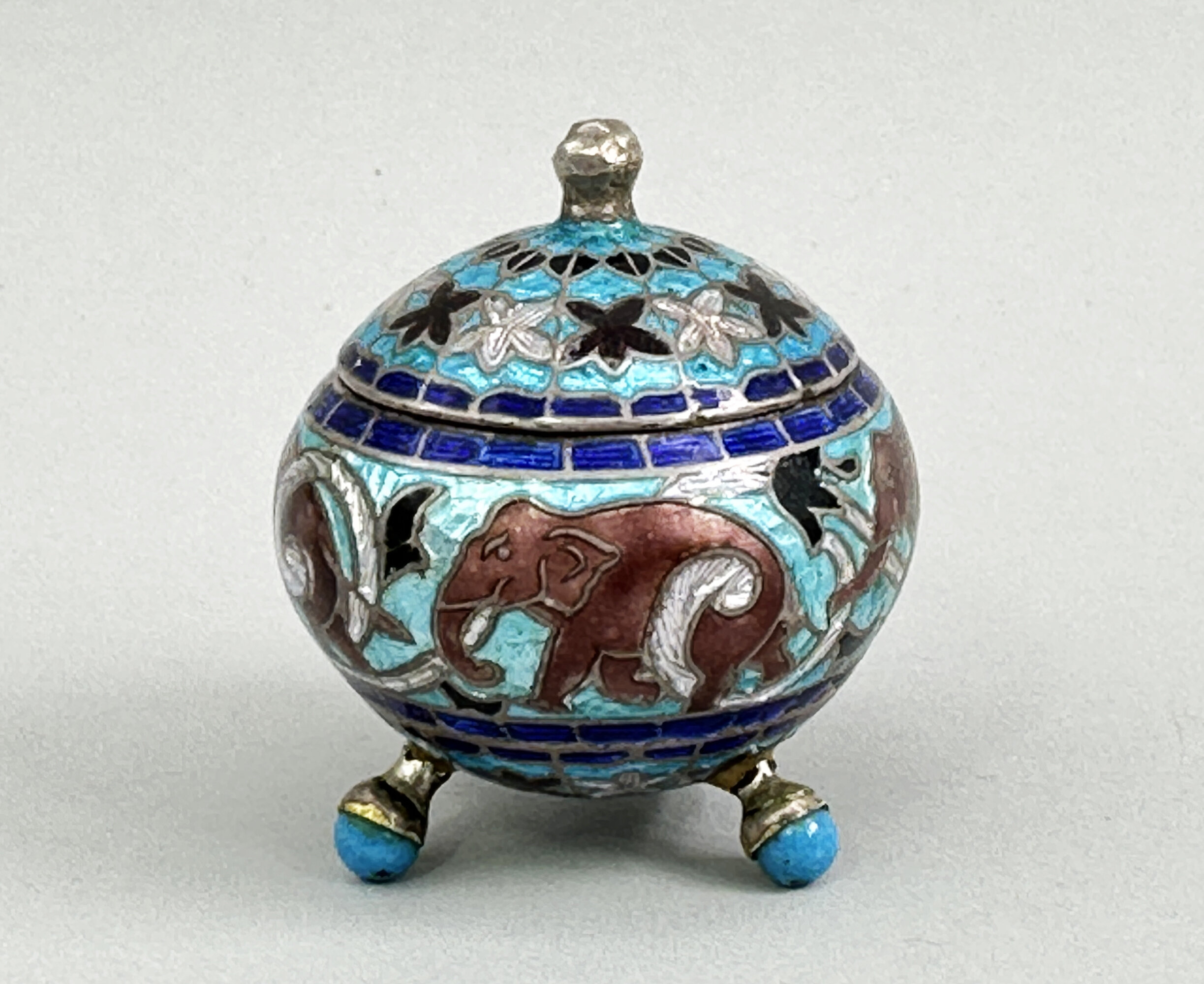
Indian Silver and Enamel pill or trinket Box, early C20th
Price: £55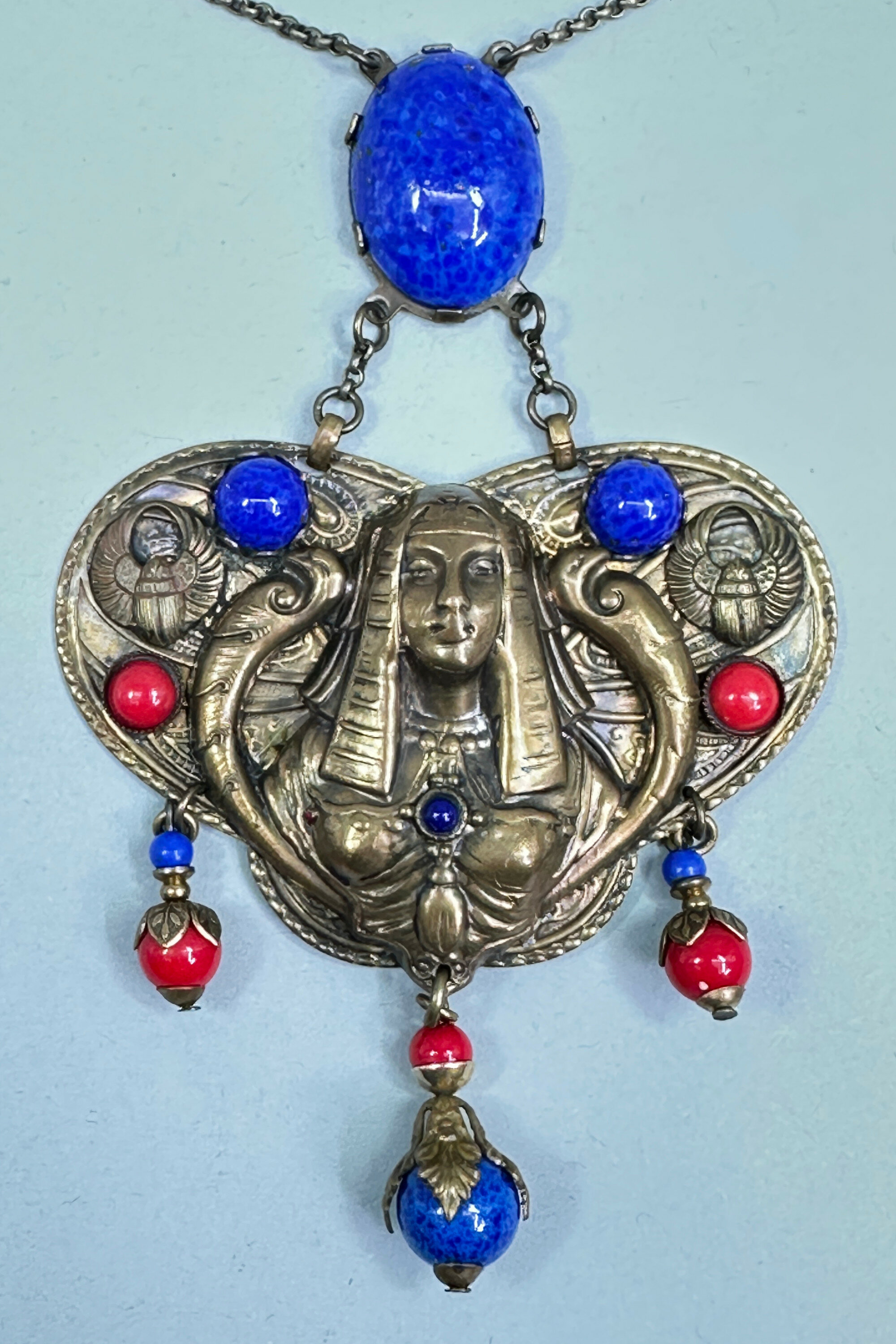
Czech Egyptian Revival Necklace with glass mounts and drops, Edwardian circa 1910
Price: £150
Two American Polychrome Enamel Bracelets decorated with Kabuki Masks, 1980s
Price: £20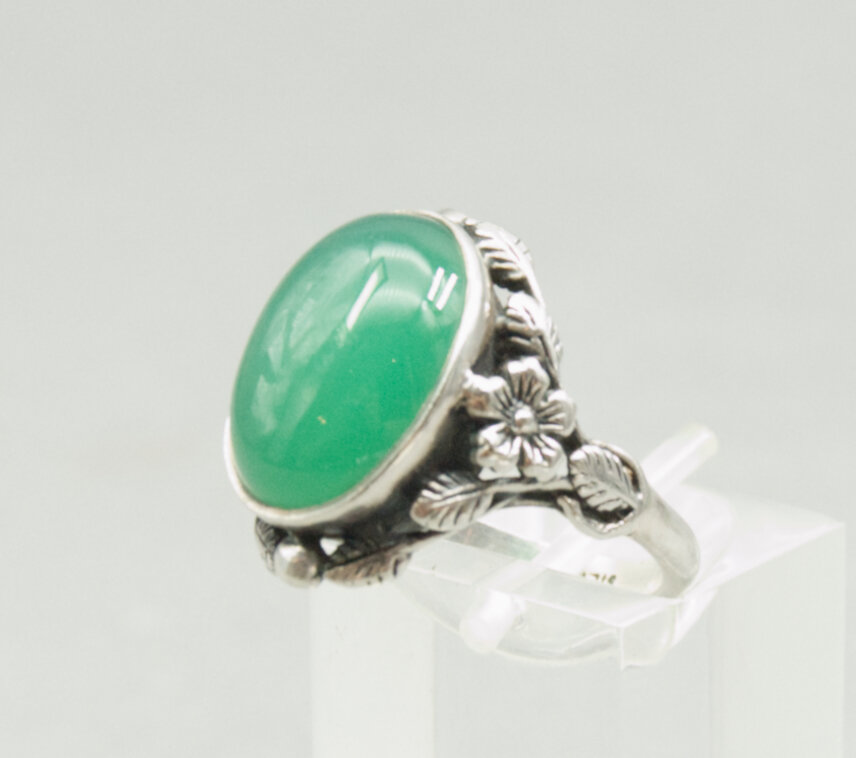
Scottish silver ring inset with a Chalcedony stone, 1950s
Price: £45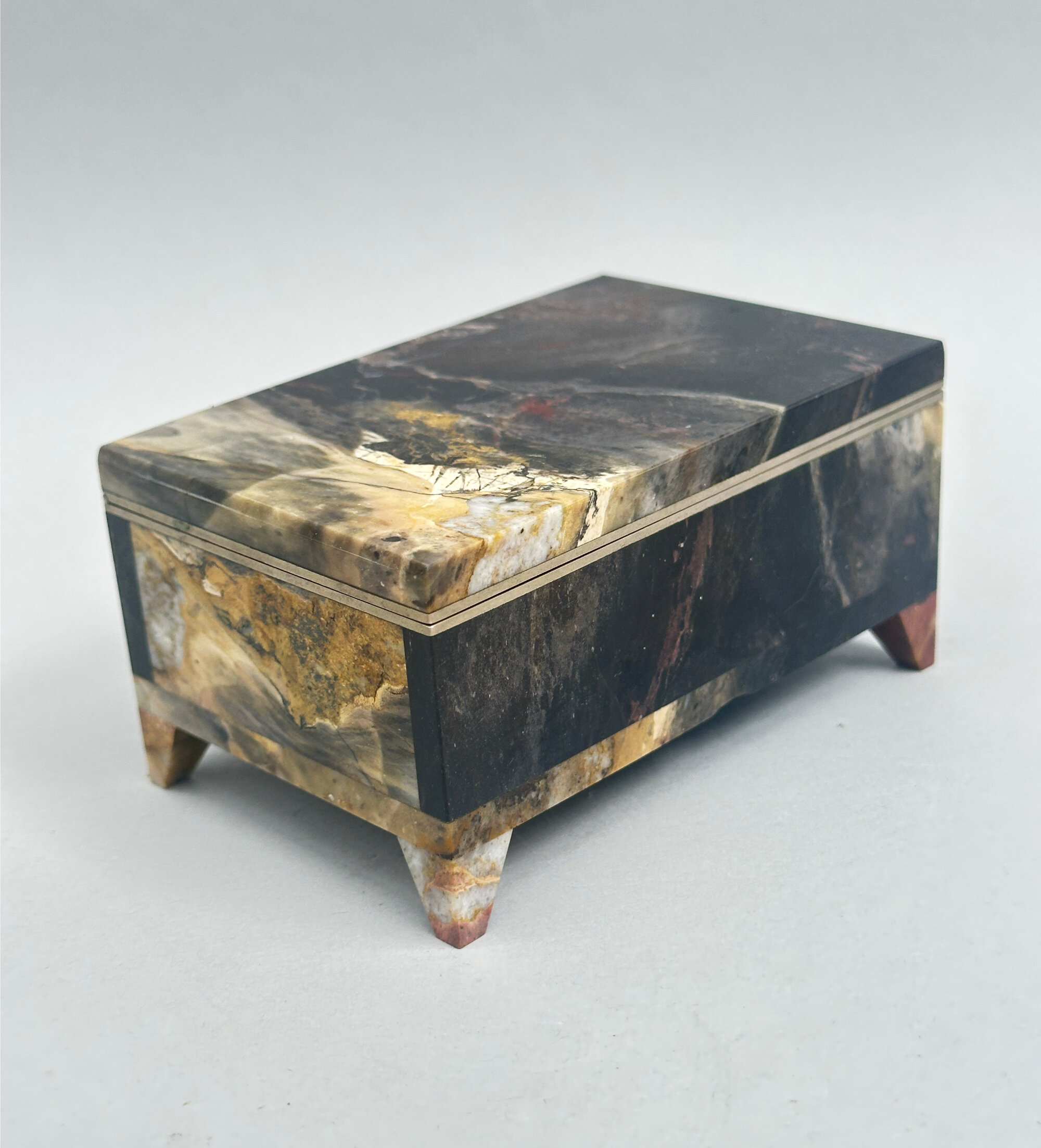
Rectangular Box and Cover, Basanite Jasper, C20th
Price: £95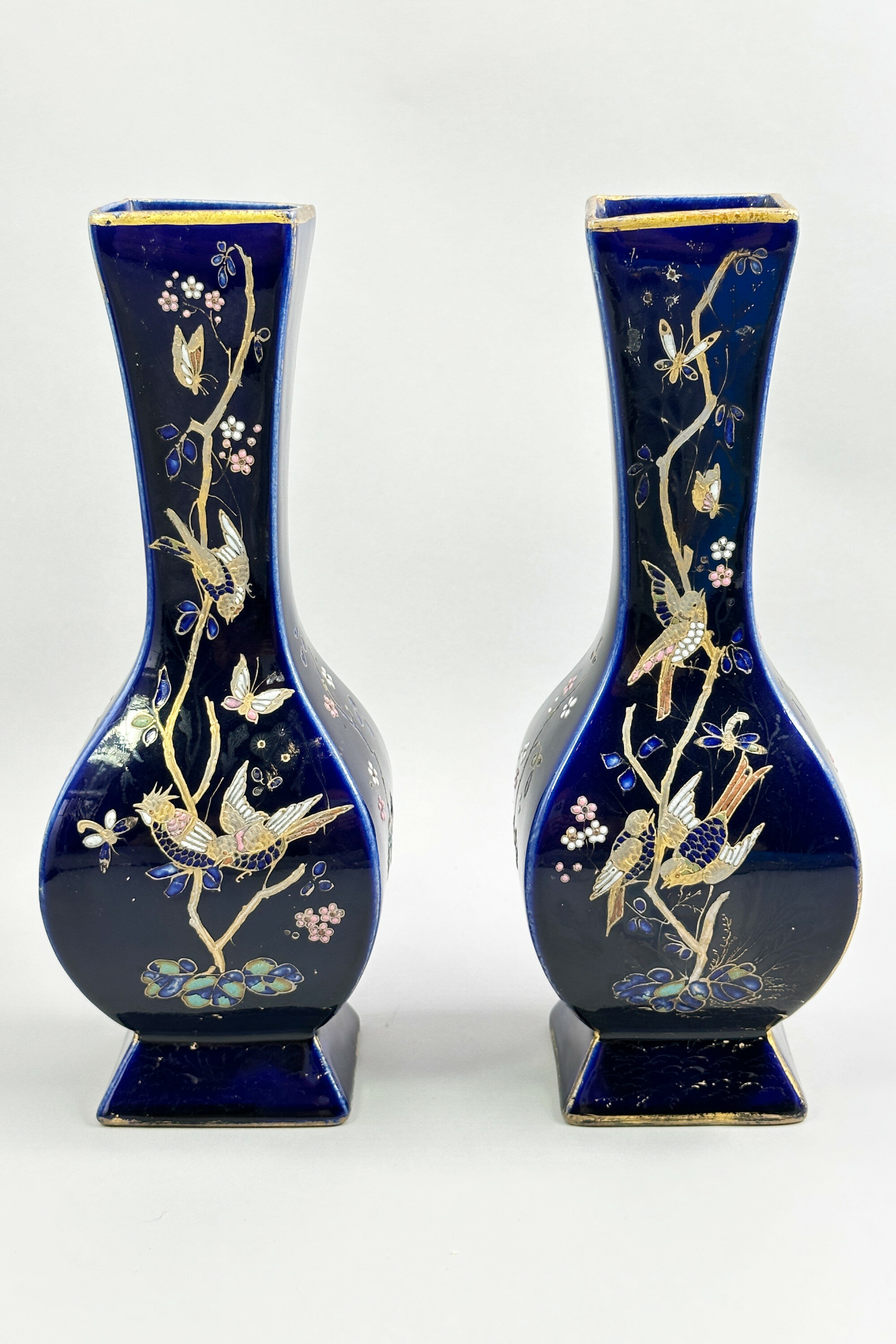
Pair of French Blue Ground Square Vases Choisy Le Roi, late C19th
Price: £45
Edwardian Scottish bloodstone bar brooch c1910
Price: £30
Three Indian Brass hanging plates, Thanjavur, C20th
Price: £55The style of decoration here is typical of the art brass hanging plaques produced by the metalworkers of Thanjavur, formerly known as Tanjore, from the late eighteenth century onwards. A Tanjore Art Plate consists of three components: the base plate (brass), a circular central relief panel of a deity worked in silver surrounded by relief panels in copper and silver often depicting flowers. Various deities are depicted here including the well known many armed Shiva. All the reliefs have milled borders but the wells are finished differently, some with engraved designs and one with circular bosses. Dating is probably to the mid C20th but the style of these pieces was continuous and relatively unchanging so an earlier period of manufacture is quite possible.
NB Stands for display purposes only and not included
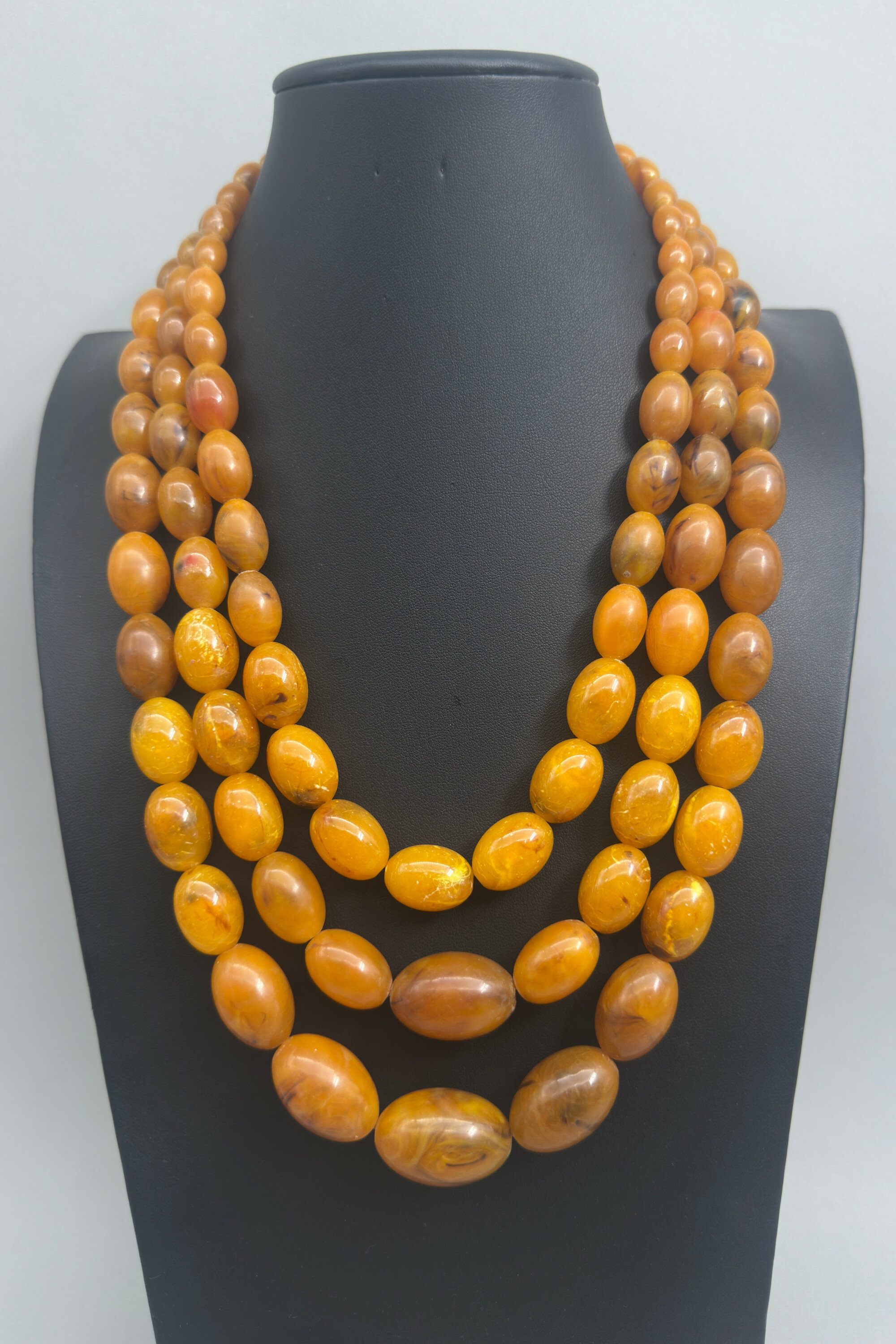
Triple strand of amber Bakelite beads, British 1930s
Price: £750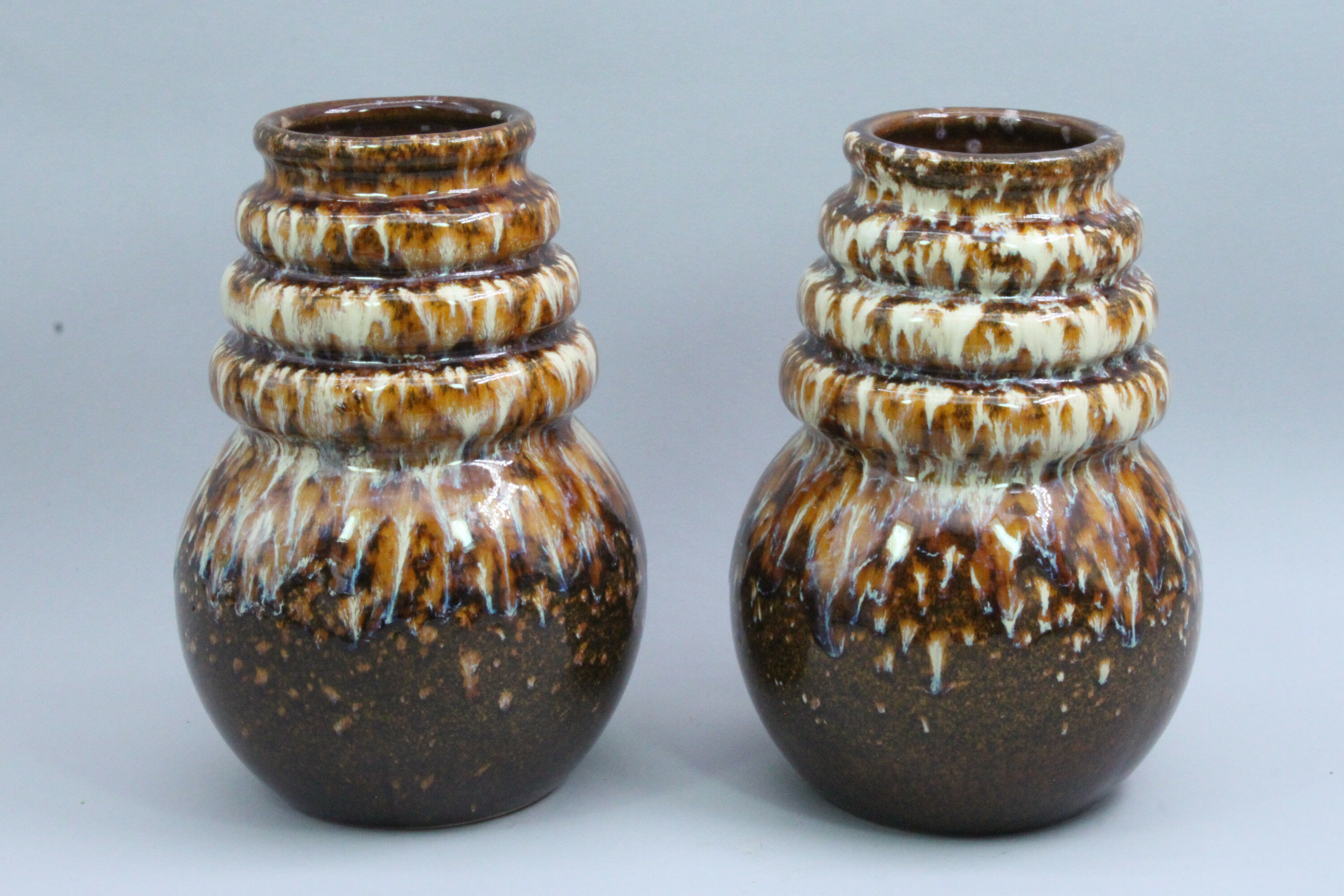
Pair of West German Scheurich Pottery ‘Wien’ Vases, model 269-18, mid 20th Century
Price: £45
Chinese Cloisonné Bowl with a wavy edge, 20th Century
Price: £25
Art Deco Chinese Export silver Buckle later converted to a Necklace
Price: £125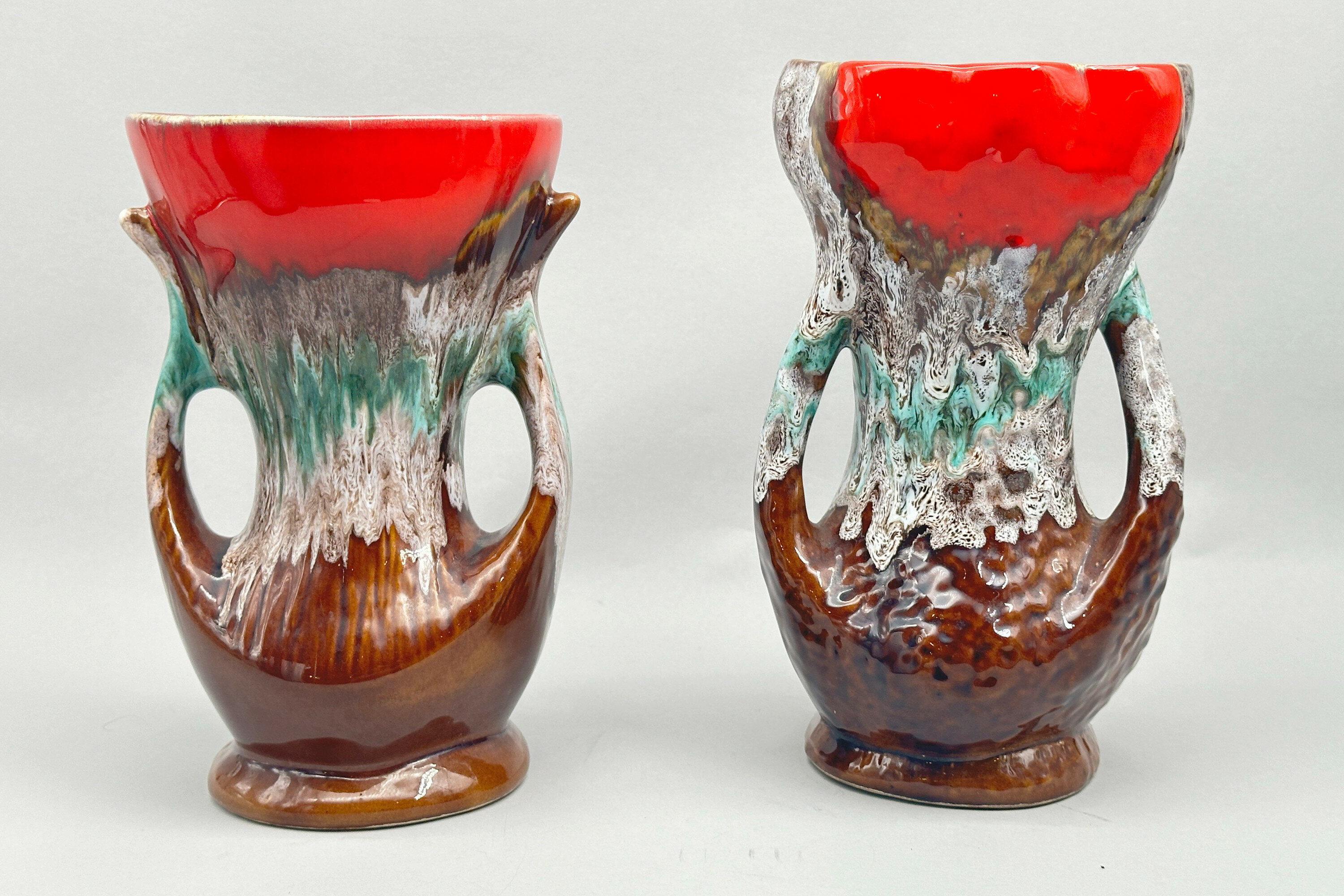
Two Vallauris Lava Vases, French 1950s/1960s
Price: £150………………………………………………………………………………………………….....................................................................
Vallauris is a tourist town of the French Riviera near Antibes taking its name form the Provencal ‘Valauria’ meaning ‘the golden valley’. It is divided into two parts: the upper town which is the old centre and the seaside district which runs from the port along the coast, towards Antibes. Deposits of clay were found there in Roman times giving the impetus for the creation of potteries which tended to concentrate on domestic wares. Production was then continuous with an infux of craftsmen from Genoa, Italy, in the sixteenth century and the development of artistic activity in the seventeenth. The advent of the railways in the late nineteenth century led to an even further expansion of production and companies were established there which achieved widespread fame and recognition notably those of Massier and Foucard-Jourdan.
After the war, Picasso, along with a group of fellow artists, settled in Vallauris and it proved to be a congenial stimulus. He began to experiment with producing ceramics in 1947 and was to continue working extensively in this field until his death in 1973 (see image 12). There were collaborations, one with the ceramicist Robert Picault and another with Suzanne and Georges Ramié, the owners of the Madoura workshop, where Picasso worked on his productions. Indeed it was at the Madoura workshop that Picasso met Jacqueline Roque, a saleswoman working there and 44 years his junior. They married in 1961 and remained together until his death in 1973, Jacqueline being the inspiration for many of the designs which Picasso created.
It would be fanciful, though, to see the influence of the famous artist on these vases although they were very much created in the tradition of Vallauris pottery with which he was so in sympathy. The town seems to have become particularly fashionable in the 1950s and 1960s and it was around that time that these vases were made. Many pieces were created in lead glazed earthenware, the overall decoration resembling the ‘lava’ glazes used in West German pottery of the same period. These two vases are similar and complementary. The bodies are concave with a short foot and a widely flaring mouth; there are loop handles at each side. The brown glaze at the base is succeeded by a blend of mottled greens and greys and topped with a vibrant red at the mouth. The interiors are glazed brown as is the base with the unglazed foot rim showing the fairly coarse clay used. Some but not all Vallauris pieces are marked and there are many unmarked examples as here. Considerable skill must have been required to produce the variety of glaze effects and the results are striking. As two matching items, these vases have considerable decorative appeal and are worthy examples of a long established tradition of ceramic production.

Japanese Blue and White Sugar Bowl and Cover, first half C20th
Price: £25
Japanese Arita Dish circa 1880
Price: £45The town of Arita in the former Hizen Province, northwestern Kyūshū island was a major cente for the production of porcelains in Japan. Best known for blue and white pieces it also produced polychrome wares as well, including the familiar imari colourings. While similar to Imari, the wider palette of colours used here is usually termed ‘Arita’ and the decorative appeal of the style is clear. This plate probably comes from an original set of five and its quality is much above average. Dating is to the Meiji era (1868 - 1912) probably around 1880.

Sold silver and enamel Panda pendant necklace c1980
Price: £55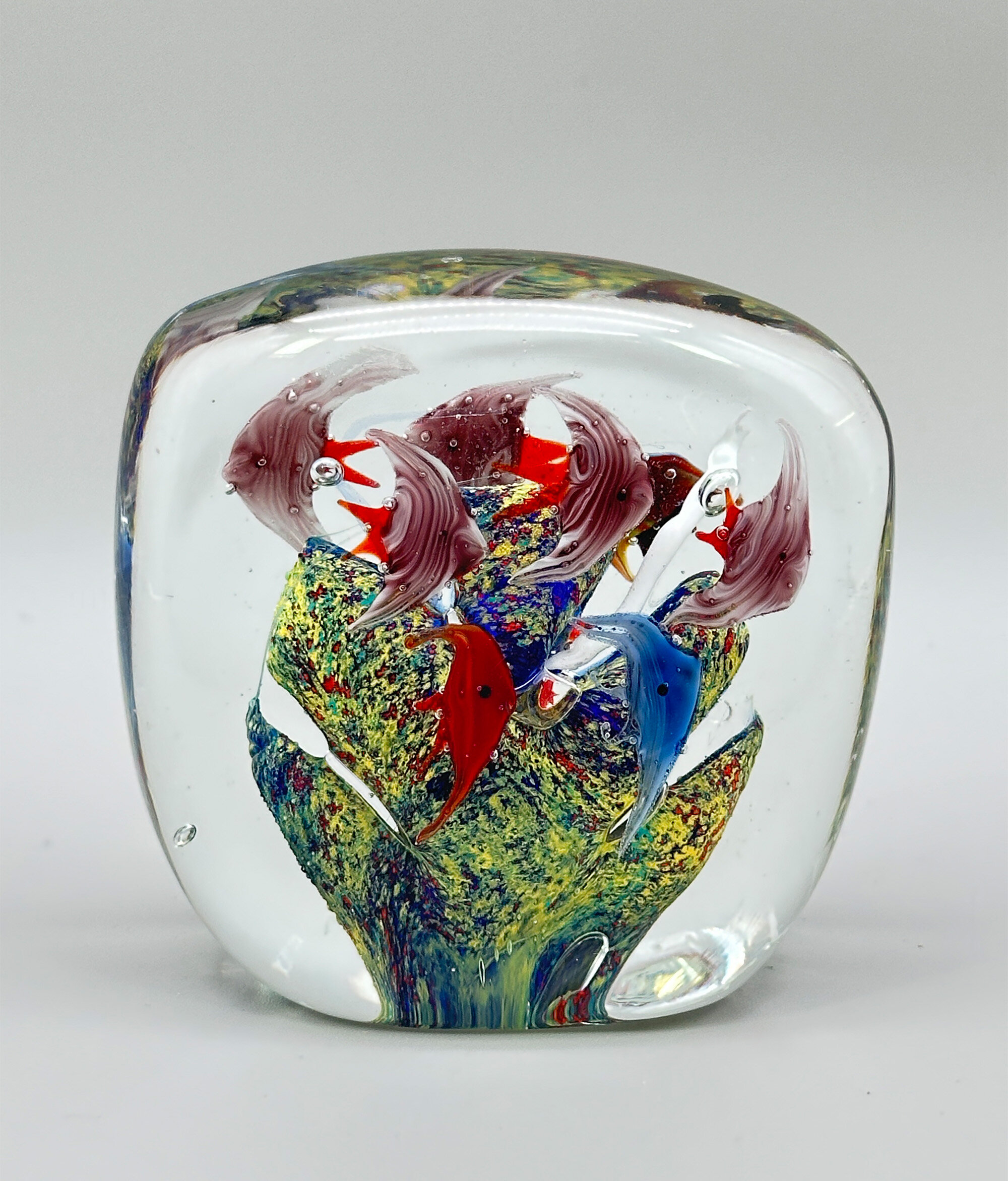
Glass Aquarium Paperweight, probably Murano second half C20th
Estimate: £30 – 40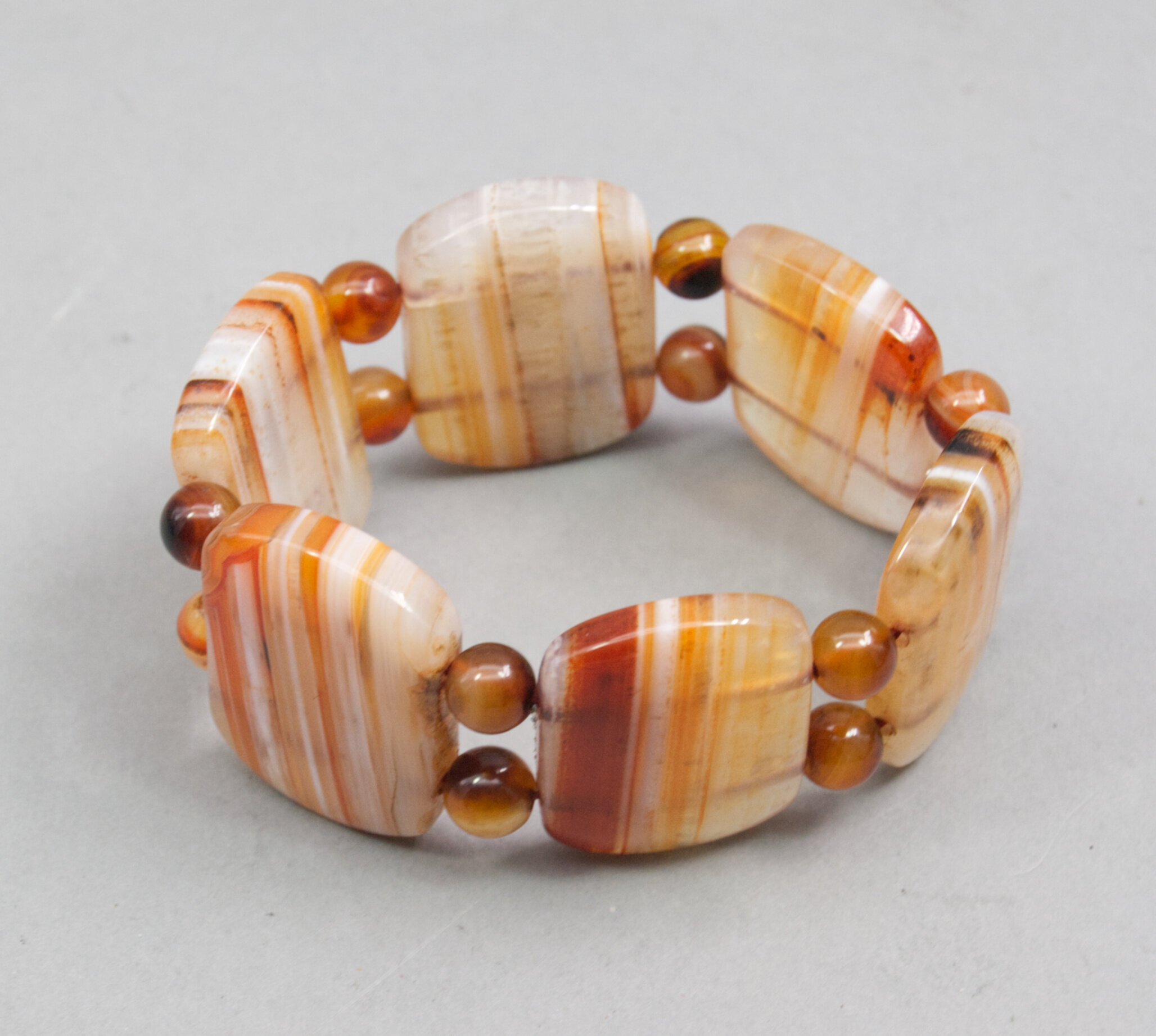
Very unusual banded carnelian panel bracelet
Price: £45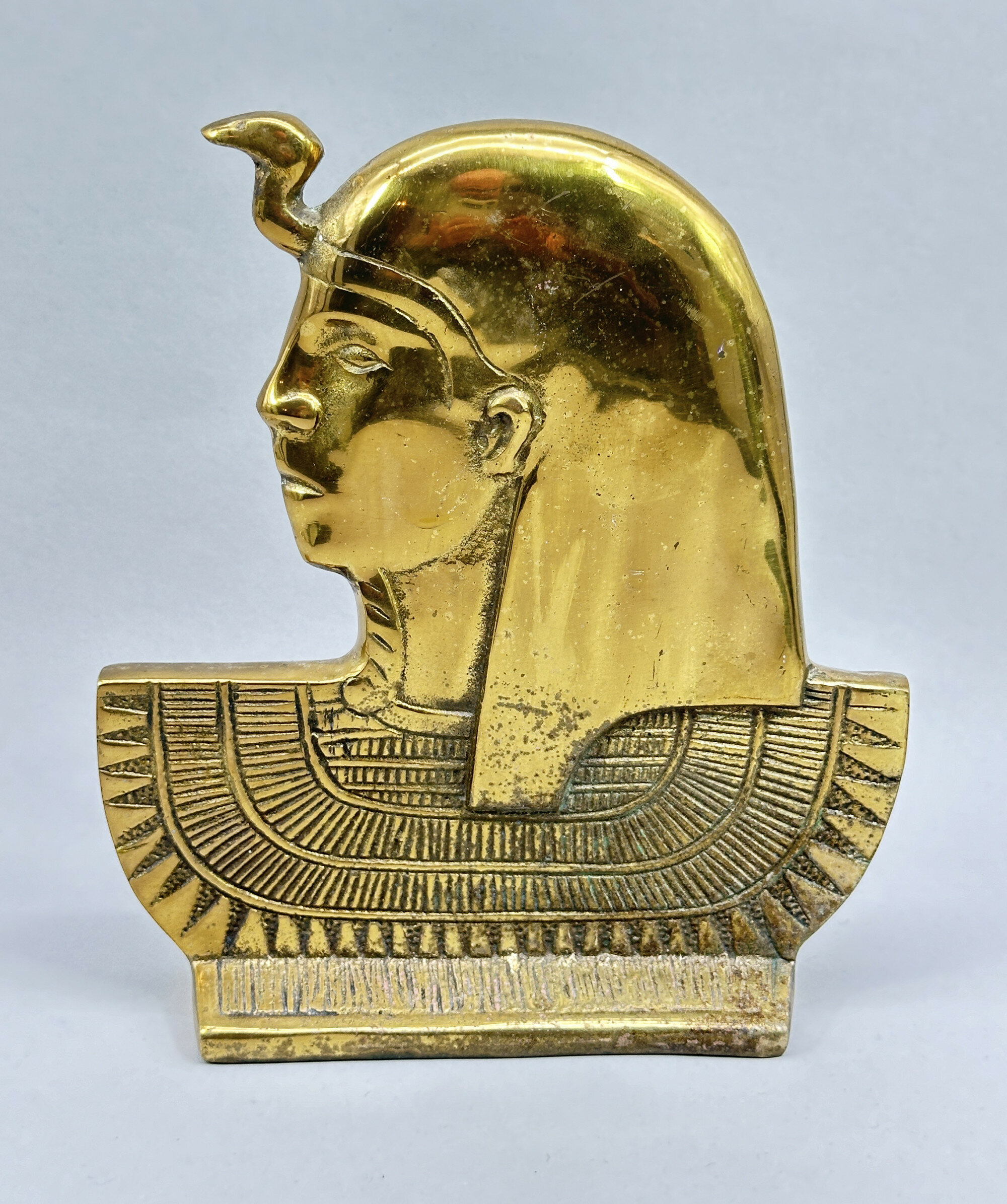
Large brass portrait bust of Ramses II
Price: £45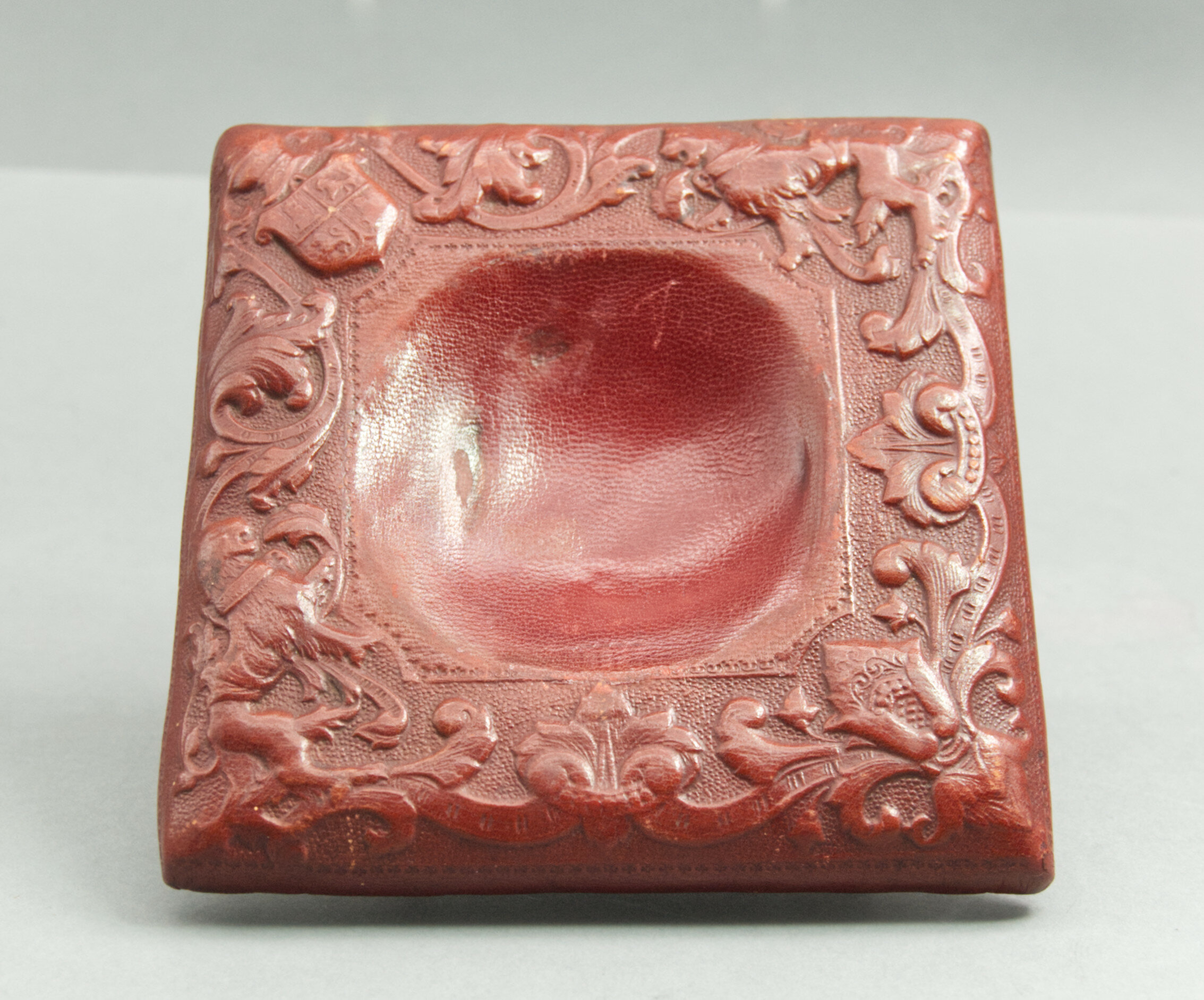
Spanish red tooled leather trinket dish with the coat of arms for Castile and León, C20th
Price: £25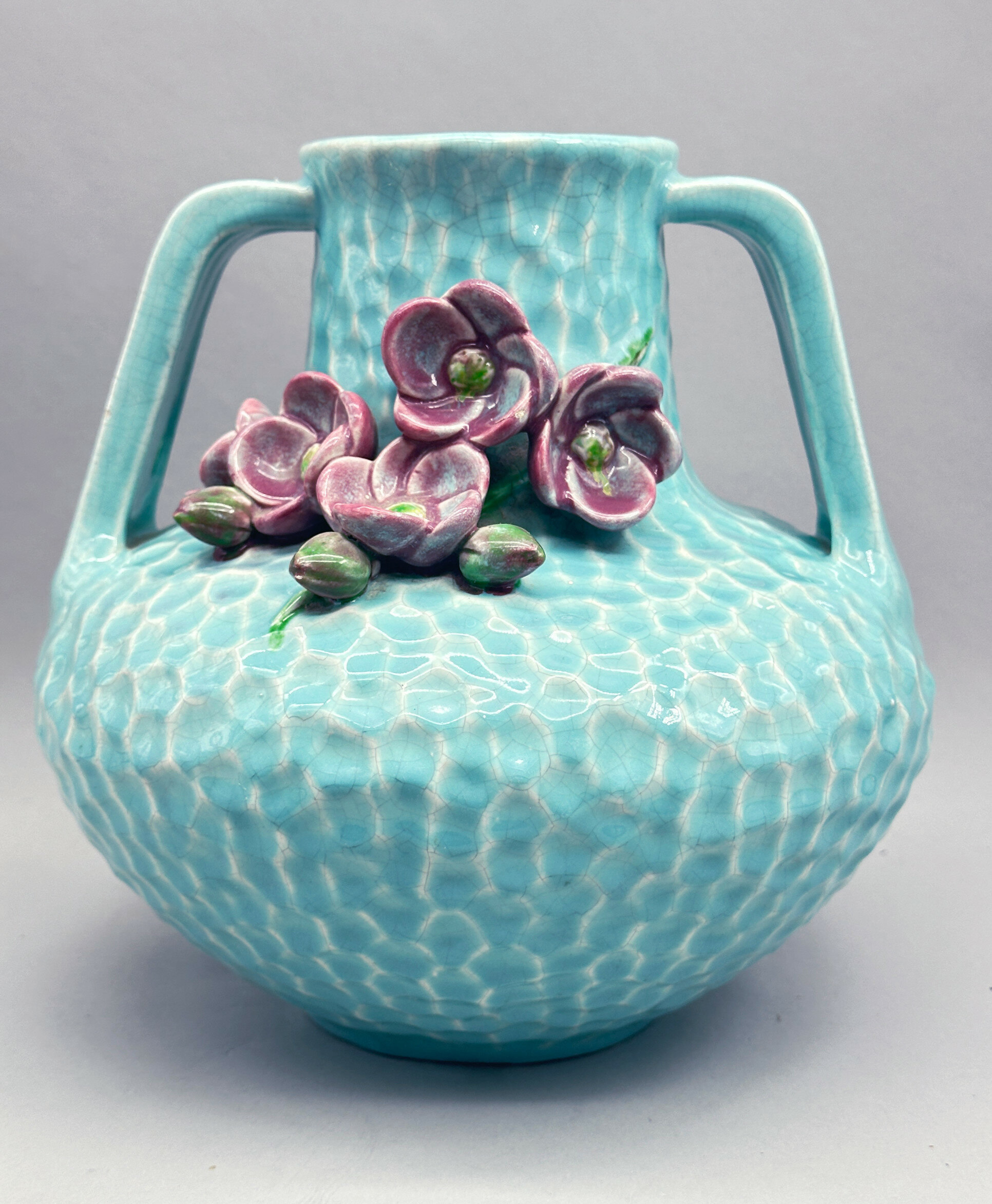
Art Nouveau style turquoise glazed Urn shape Vase, Bretby ware, early C20th
Price: £75The firm Bretby was the result of an amalgamation between Henry Tooth and William Ault who formed a partnership in 1883. Both had previously worked at the Linthorpe pottery established by Christopher Dresser in 1879 and retained a comnnection with the celebrated designer even after striking out on their own. Success came early and the firm won a gold award in the Crystal Palace Exhibition of 1884, patenting their trademark with its sunburst design above the name Bretby in the same year. Ault left the partnership in 1887 to set up his own business under his own name but Henry Tooth continued to oversee production until his death in 1918, the business then remaining under the control of the Tooth family until it was sold in 1933. Production continued, though, well into the twentieth century until the firm closed around in the late 1990s.
This piece is typical of their earlier work with a nod to both the art nouveau style and Dresser himself, particularly in the shape of the handles. ‘Hammered’ decoration was typical of the Arts and Crafts movement popular at the time and the applied floral decoration has some parallels with Japanese pieces again much in vogue at that period. Similar pieces are known with the same shape and pattern number (1742) which seems itself also to indicate an early twentieth century dating, but the applied decoration seen here is unusual.
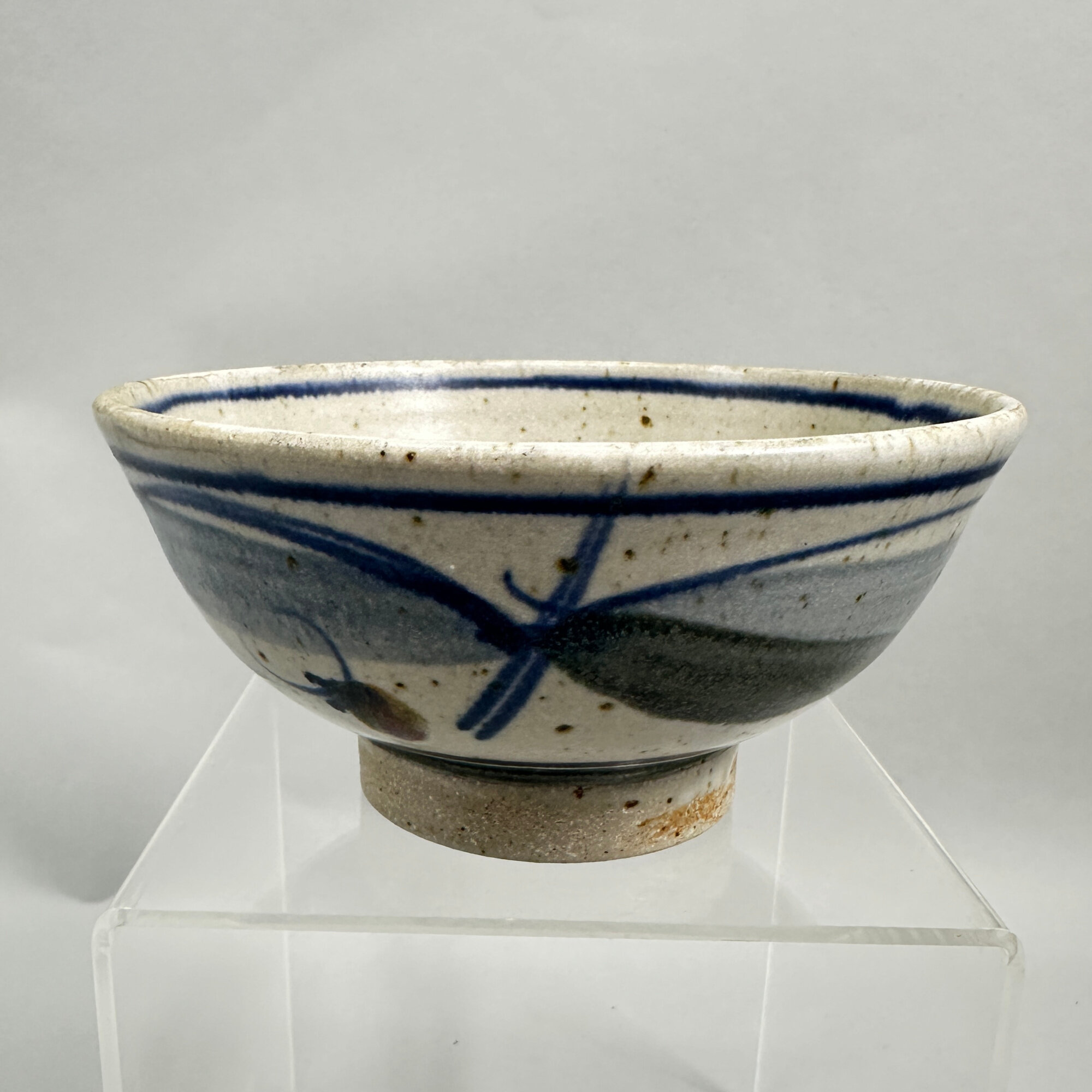
Studio Pottery Bowl, possibly Derek Clarkson (1928-2013) with impressed mark, C20th
Price: £55While it is not absolutely certain the mark on this piece is possibly that of Derek Clarkson (1928-2013). Clarkson trained at the Manchester college of Art between 1944-47 and Burnley School of Art from 1959-61 and then combined a successful lecturing career with the making of his own work which is now to be found in international and private collections including the Victoria and Albert Museum, London. In 1980 he retired from lecturing to focus on his work as a potter, continuing to produce pieces of great skill and attraction until his death in 2013. There are other pieces signed by him which strongly resemble the bowl here (see images 8,9) making it a possibility that this is his work. Certainly, the potter who created this piece and impressed his mark at the bottom was clearly accomplished and this bowl is more than worthy to stand comparison with pieces by more famous contemporaries.

Brown Alabaster Egg painted with a bird and flowers, fitted wood stand, Chinese C20th
Price: £25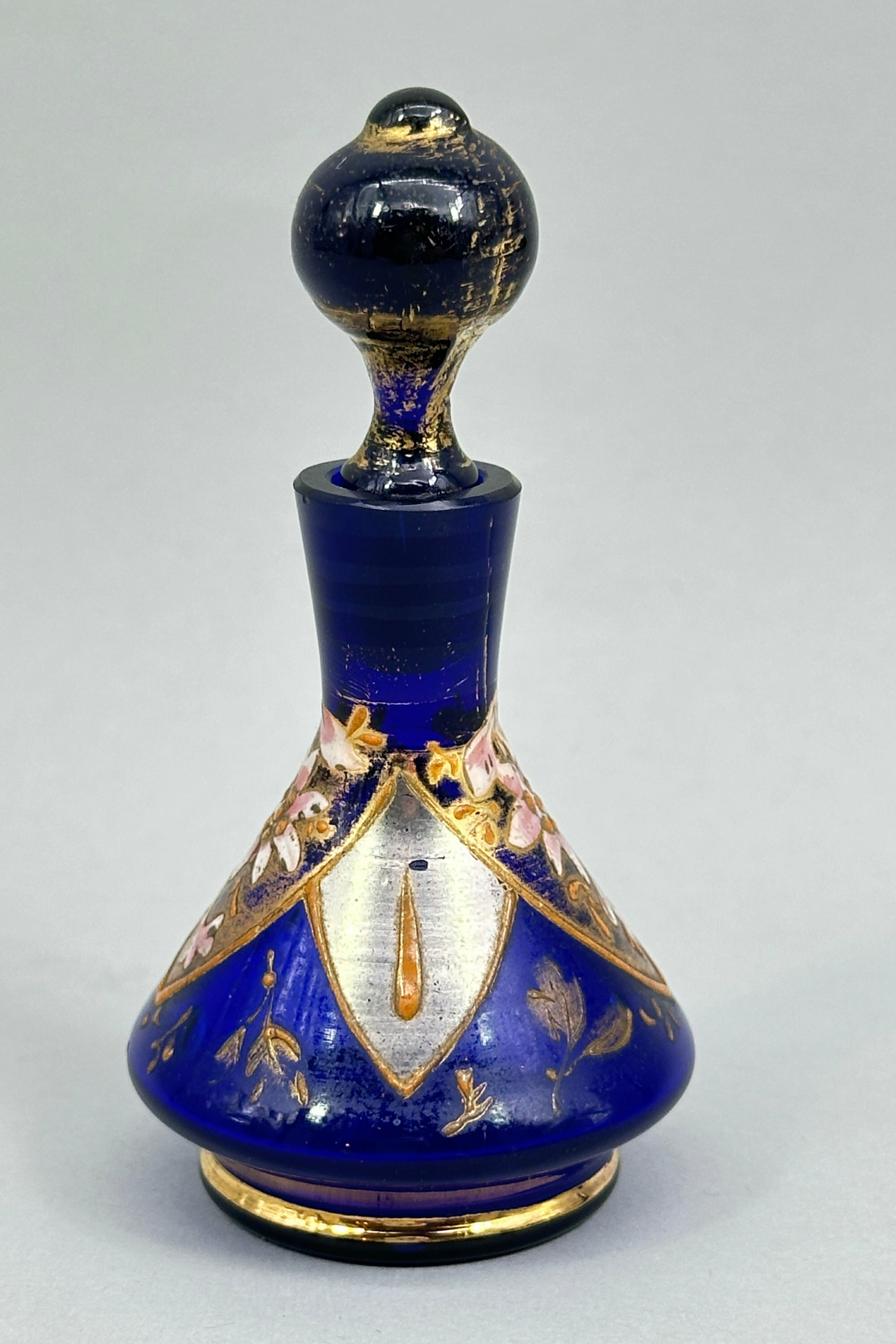
Bohemian cobalt blue Perfume Bottle and Stopper with enamel decoration, C20th
Price: £45So called ‘Bohemian’ glass was produced for export from the second half of the nineteenth century onwards by the workshops from the regions of Bohemia and Silesia, now parts of the Czech Republic. With its origins in the renaissance, Bohemian glass with its elaborate forms and colourful decoration of thickly enamelled floral subjects was made in substantial quantities to satisfy a keen demand from both Europe and America. The angular shape here along with the geometric elements to the decoration reflects the Art Deco style and suggests a dating to the 1930s.

French Art Deco Machine Age galalith paste necklace 1920s
Price: £75
Victorian Grand Tour Wedding Cake glass necklace
Price: £125
Art Deco Scottish moss agate ring
Price: £35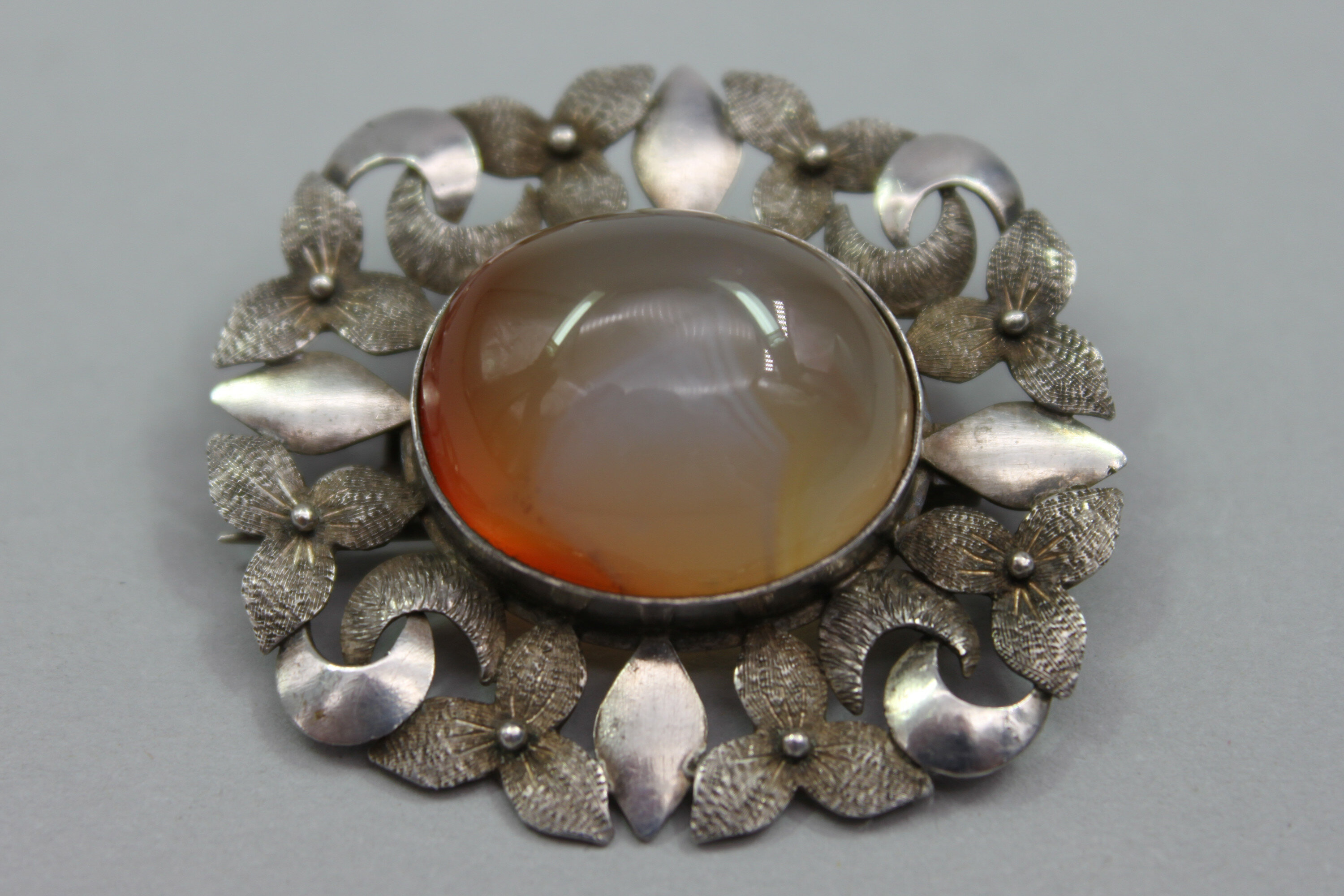
Art Deco chalcedony brooch or pendant
Price: £65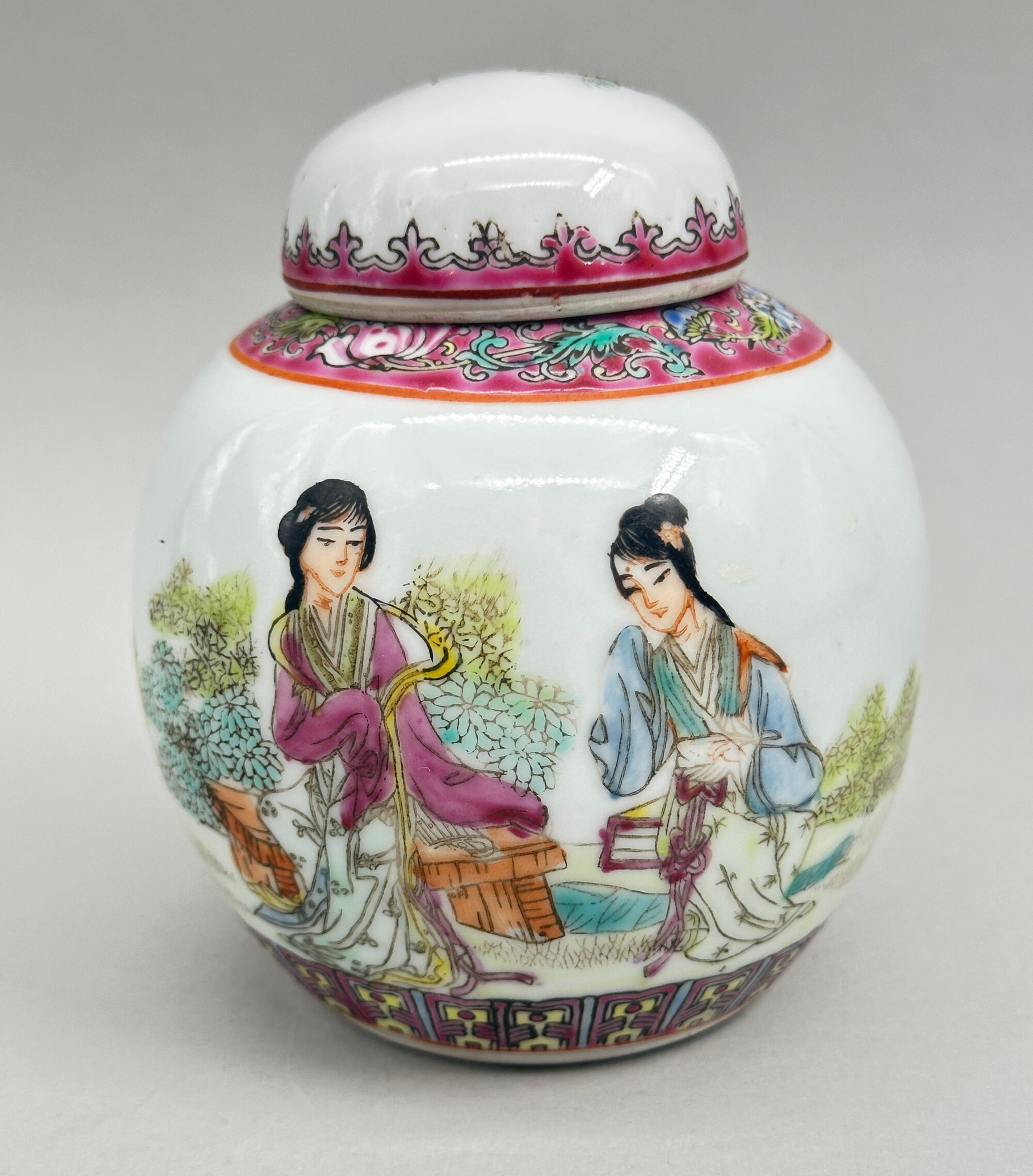
Chinese Republican Style small Famille Rose Ginger Jar and Cover, late c20th
Price: £20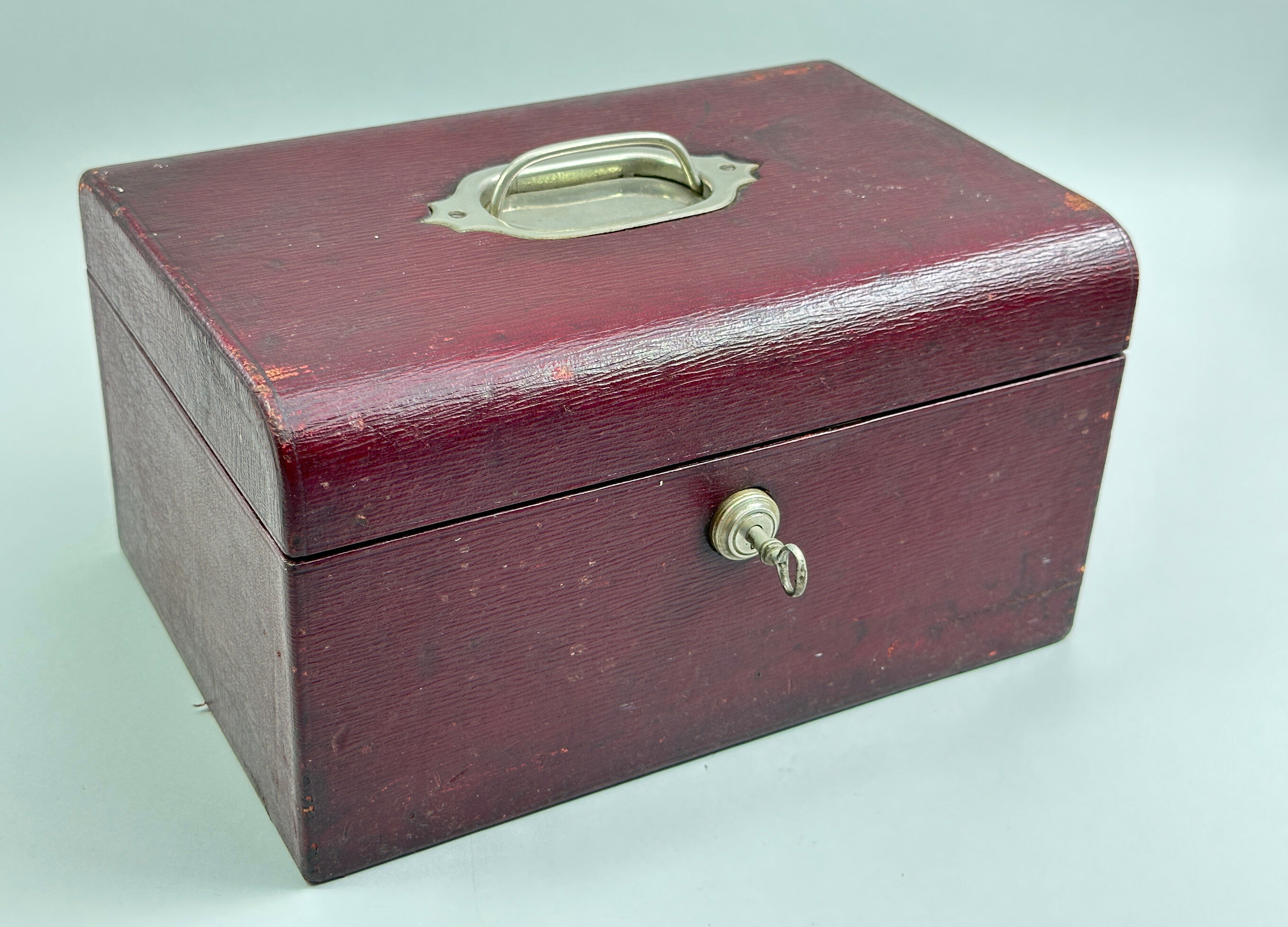
Burgundy Leather Jewellery Box with Bramah Lock, early C20th
Price: £95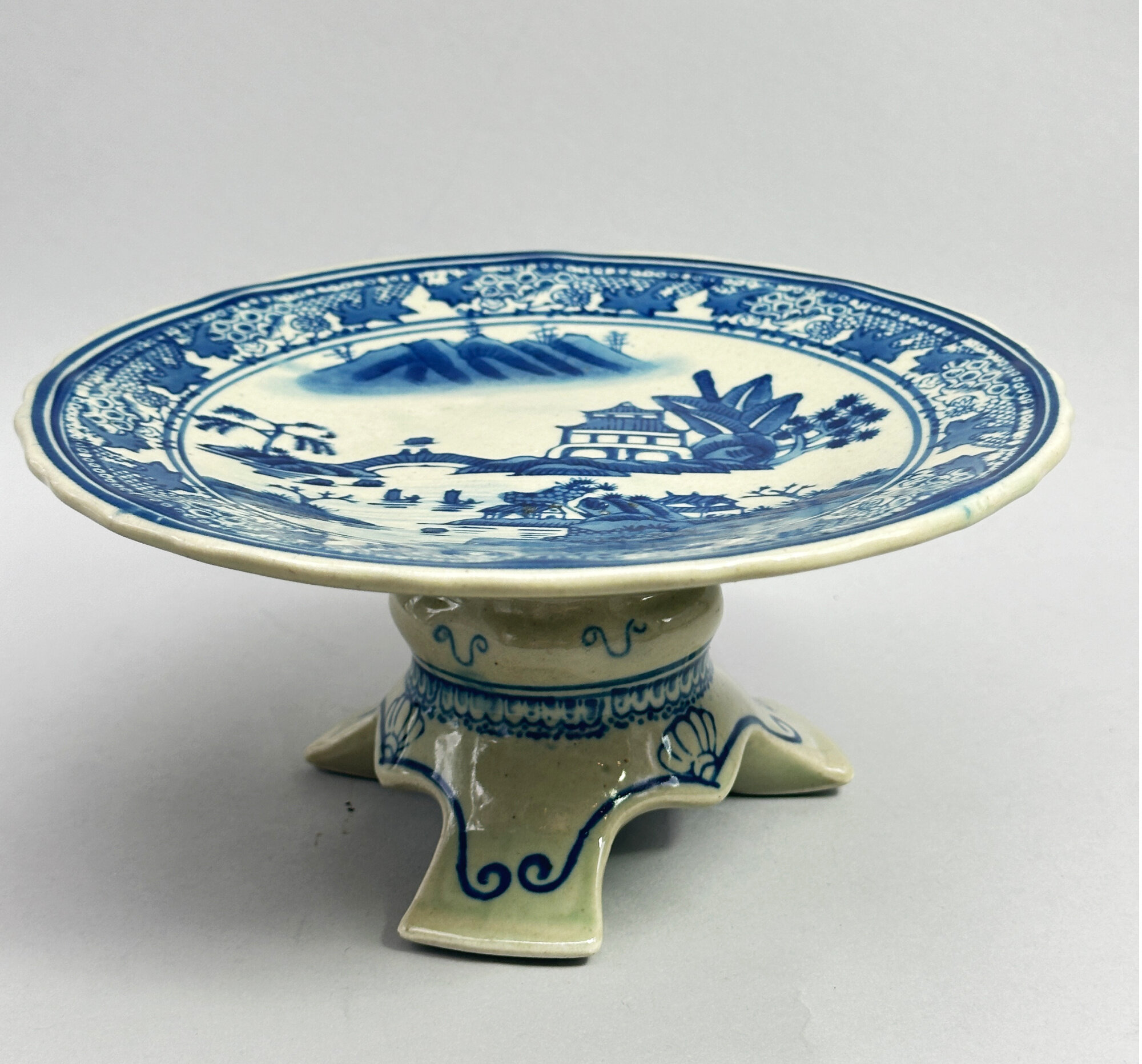
Japanese Celadon Ground Tazza with Chinese Nanking decoration, late C19th
Price: £25
Framed Oil Painting on Board of a Winter Landscape Scene, C20th
Price: £55
Long Art Deco carnelian, bloodstone and goldstone necklace 1930s
Price: £95Goldstone is a type of glittering glass made in a low-oxygen reducing atmosphere. The finished product can take a smooth polish and be carved into beads, figurines, or other artifacts suitable for semiprecious stone, and in fact goldstone is often mistaken for or misrepresented as a natural material. It was first made in the 17th century in Italy. (Credit: Wikipedia)
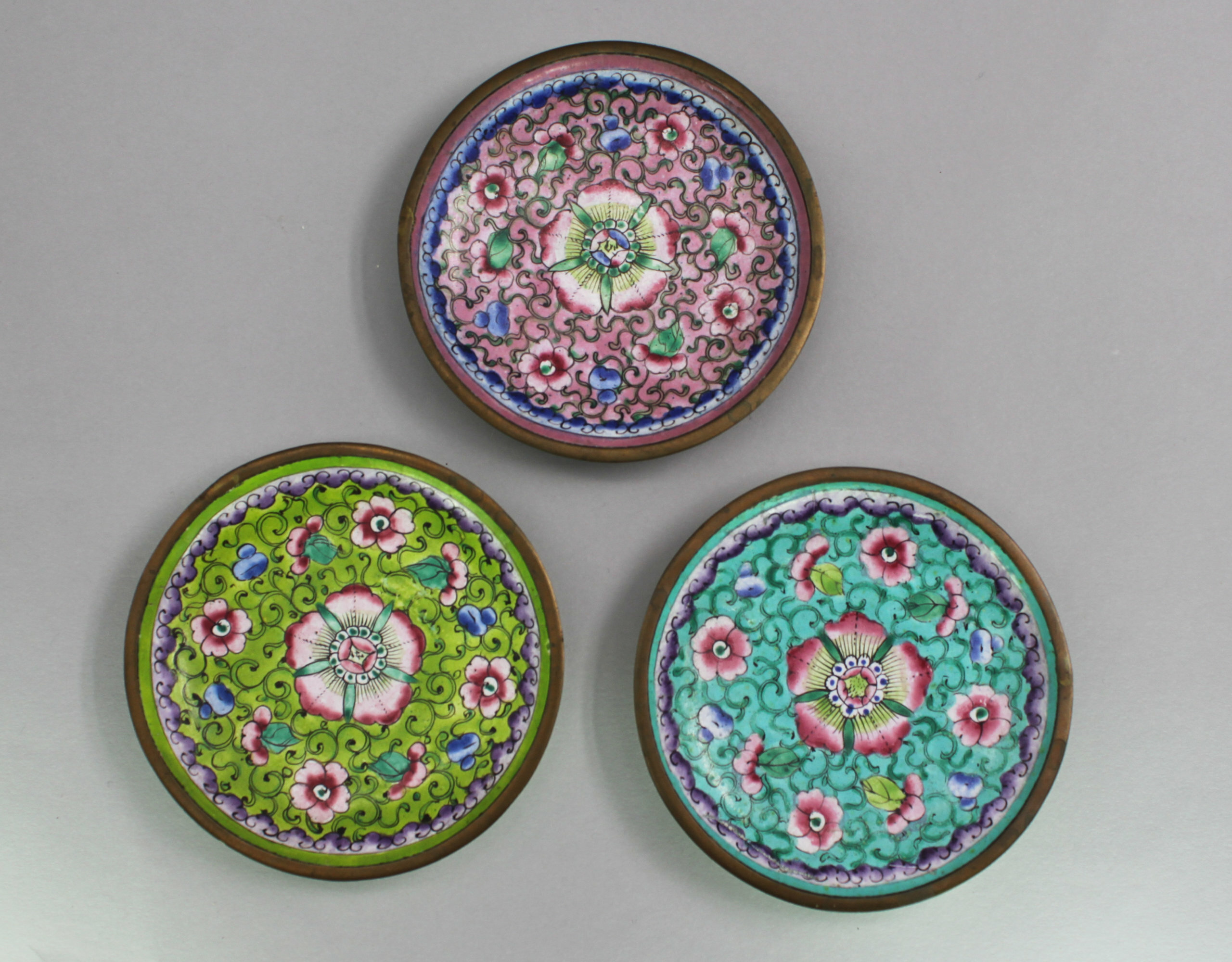
Three Chinese Canton Enamel Dishes, Nineteenth Century
Price: £45
Noritake Vase in the Form of a Pomegranate, marked, Japanese, early 20th Century
Price: £25The Noritake compnay was set up by the Morimura family at Noritake near Nagoya in the early twentieth century. Called at first 'Nippon Toki Kaisha Ltd' on its founding in 1904, the business soon changed its name to 'Noritake' and began the manufacture of porcelains for the domestic and export markets. The mark seen here is interesting. It comprises a 'Komaru' symbol, crowned with "Noritake" and with the mark 'Made In Japan'. The centre symbol said to be taken from the Japanese character "Komaru", meaning "overcoming difficulties". According to the Noritake company tradition this mark was designed when contact with the different culture of the west early in the 20th century caused problems of adaptation. It is also known as the 'tree crest mark' which is the clan crest of the Morimura family. This mark is said to have been registered in London for the UK market by 1908. The curled up ends of the Komaru symbol seen here distinguish this mark from later versions and allow a dating of this piece to the early twentieth century.
Noritake porcelain became synonymous with finely potted tea and breakfast services made in great quantities for export. This vase is a rather more unusual production and shows the factory capable of producing high quality pieces.
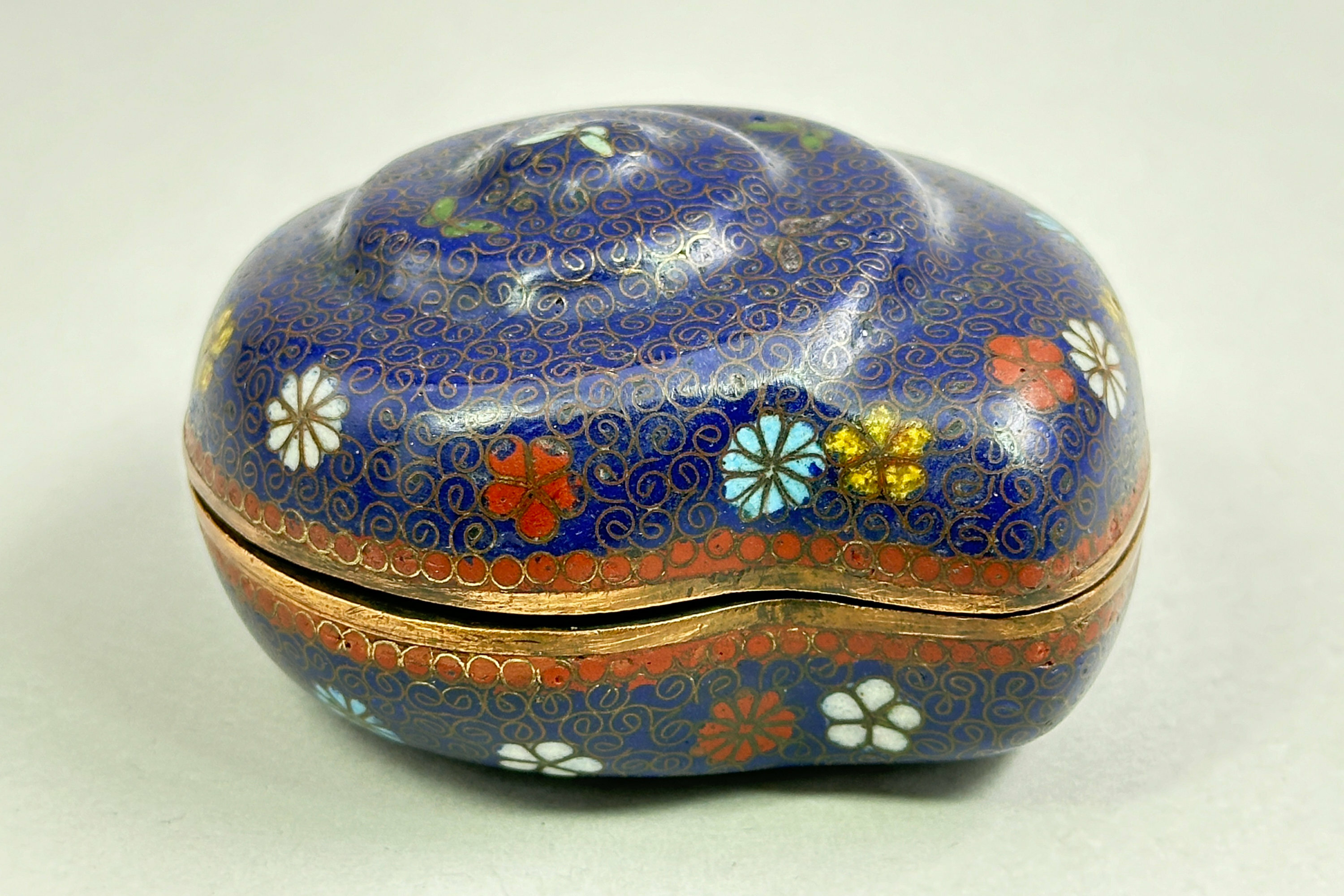
Fine Quality Cloisonne Box and Cover in the form of a Snail, Japanese circa 1880
Price: £95The Japanese produced copies of natural forms in a variety of media. Carved ivory fruit and small animals are well known. Here, cloisonne enamel is used which is less common. The quality of the work speaks for itself and can be judged form the small butterflies on the cover and the green speckle enamel fill at the base. It is typical of the best Meiji period (1868-1912) work and a circa date towards the end of the nineteenth century is most likely.
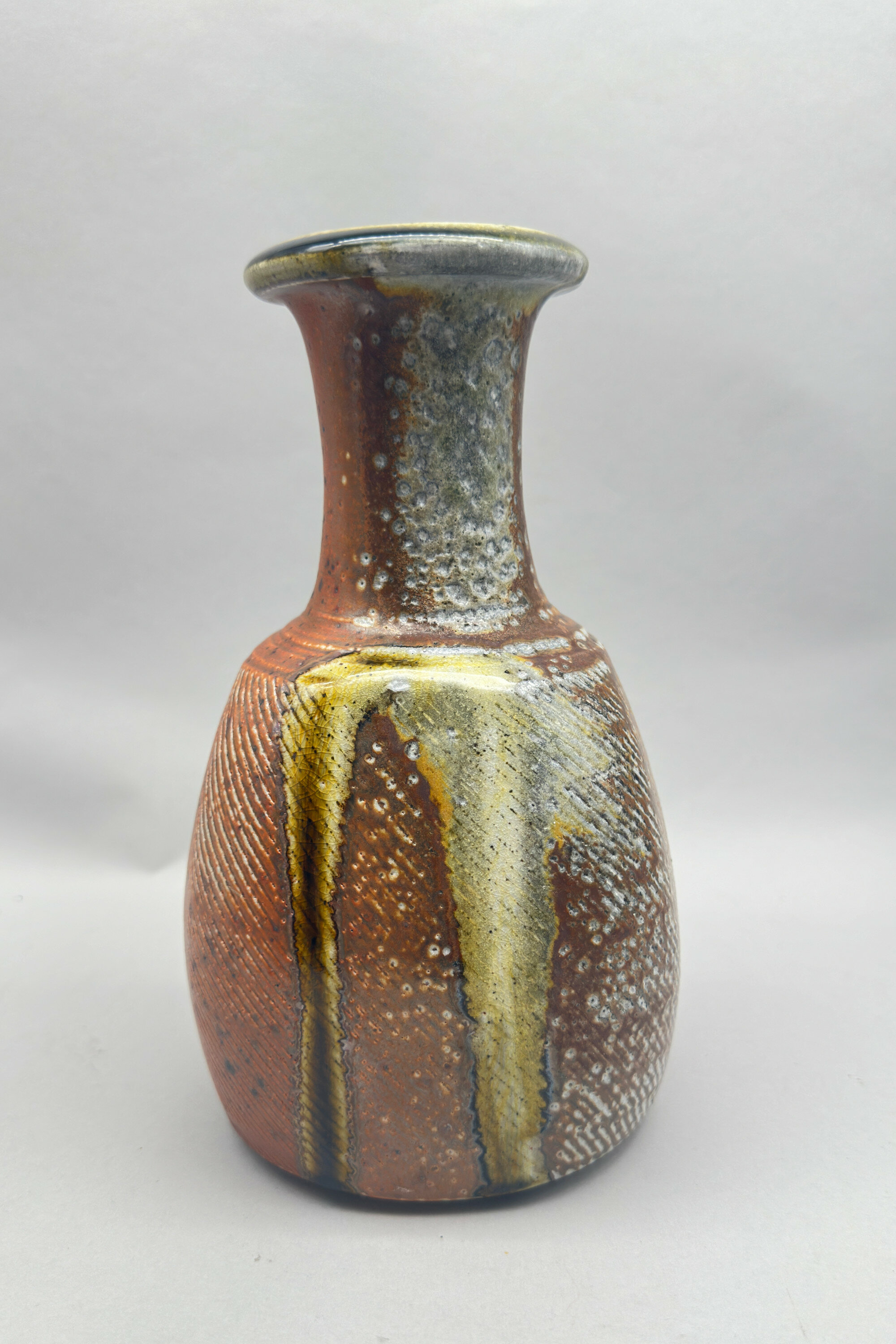
Studio Pottery Vase by John Jelfs, signed, late C20th
Price: £220……………………………………………………………………………………………..................................................................................................................….
John Jelfs was born in Exeter, Devon in 1946 and studied ceramics at the Cheltenham College of Art. In 1973, alongside his wife Jude, also a skilled potter in her own right, he set up his own studio, The Cotswold Pottery Company, in the Cotswolds at Bourton on the Water, from where he has been producing ceramics in a wide variety of forms for over fifty years and still continues to work today. Every piece of his pottery is unique, being made entirely by hand and with the decoration kept to a minimum. Wherever possible locally sourced ingredients of clays, limestone and woodash are used for his glazes of celadon, ochre and shino (a white colour glaze developed in Japan sometimes with red,orange or black spotting).
Jelfs writes himself “From my first exposure to studio pottery I was immediately excited by the work of the late Bernard Leach and his lifelong friend the Japanese potter Shoji Hamada. It was the strength and quietness of their pots which most excited me about their work. For the past few years, I have been concentrating on a range of forms, to which I have applied olive/celadon, ochre and shino glazes made up from wood ash and clay, ingredients both local to my studio. The pots are all hand-thrown from a blend of West-country clays, and are often altered while still soft on the wheel. They are fired twice, the first to biscuit (1000 degrees centigrade) and the second firing to stoneware (1300 degrees Centigrade) in a gas kiln. I use a long firing cycle as this brings out the subtlety and depth in my glazes.”
In more recent years, the construction of a new kiln allowed Jelfs to develop the use of ‘soda glazes’, a complex firing process in which a vapour glaze made of sodium oxide (soda) glazes the clay body of the pottery during the firing process. Sodium materials are introduced into the kiln, usually with a nozzle, at a high temperature of over approximately 1280°C (2350°F). The soda then evaporates and the flame carries the vapour within the kiln, landing on the hot pottery pieces where it fuses with the materials in the clay and any slip decoration applied to it. The soda vapours are colourless and it is the reaction on contact that produces a wide range of colours and textures.
“Since the soda fuses to the surfaces of the work in this way, it blurs the line between pot and glaze/surface; they become one.” — Harrison Levenstein
This elegantly potted vase is a prime example of the technique and the wide variety of glaze effects and textures can be seen and admired. As often, the base is unglazed and in this case marked with the artist's stamp ‘JJ’. The earliest pieces were given an impressed ‘swan’ mark soon to be followed with the wording ‘Bourton on the Water’ in addition. The simple mark of the artist’s initials seems to be later which fits with the use of the ‘soda glaze’ technique developed some years after the pottery studio was set up. Jelfs' work has been widely exhibited in leading galleries including Galerie Besson and the Victoria & Albert Museum in London, Alpha House in Sherborne, Beaux Arts, Bath, and the Rufford Ceramics Centre in Nottingham. It is also included in many collections around the world and our vase would make a fine addition to any of them.
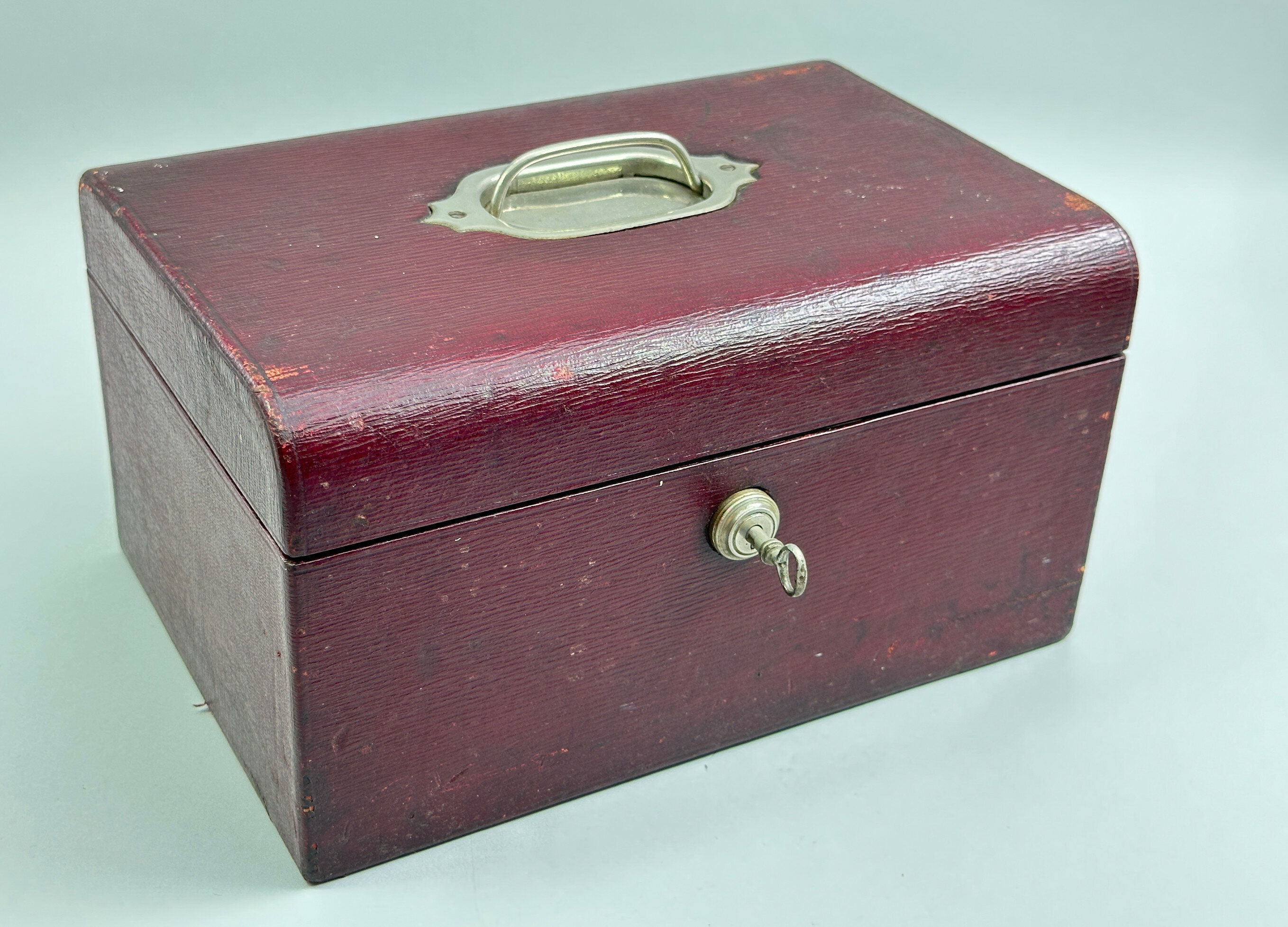
Burgundy Leather Jewellery Box with Bramah Lock, early C20th
Price: £95
Queen Elizabeth II Silver Jubilee China Mug, 1977
Price: £10
Pair of small green depression glass Jars with bakelite Covers, 1930s
Price: £45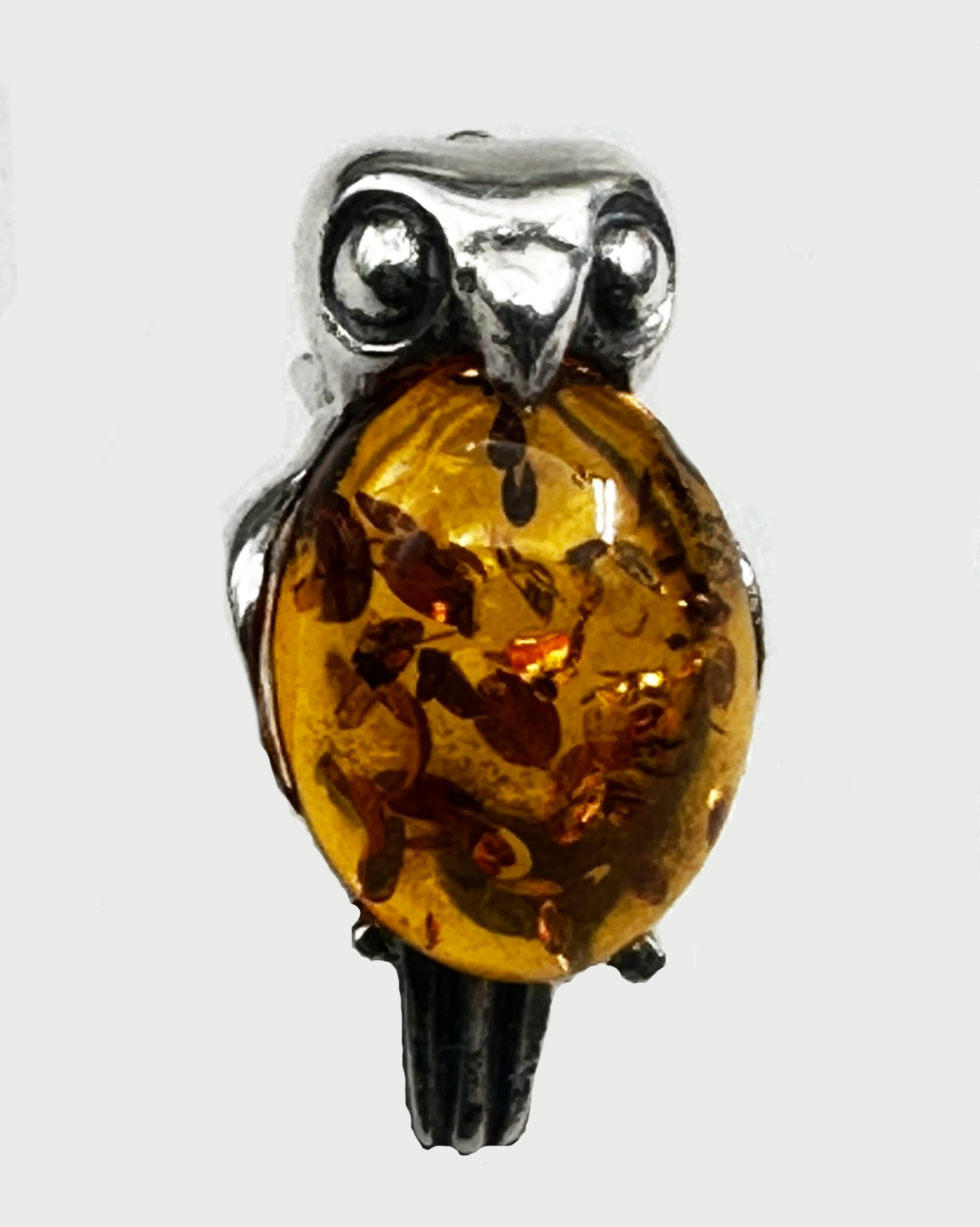
Charming small amber pendant brooch set as an owl c2000
Price: £15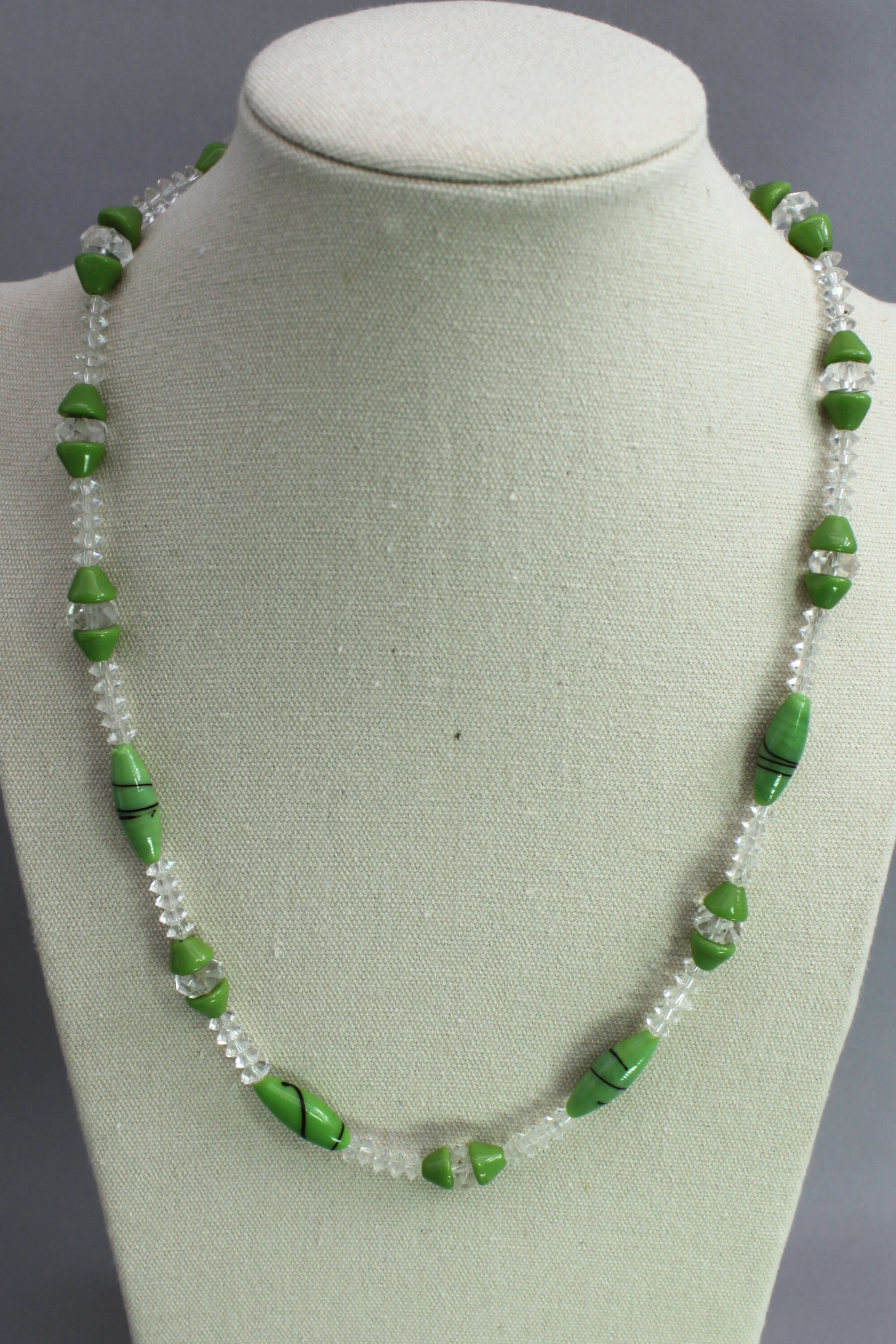
Art Deco glass bead necklace
Price: £20
Unusual 1950s puka shell and coral necklace
Price: £20
Fun vintage souvenir shell necklace 1960s
Price: £15PLEASE NOTE THAT THERE IS FREE UK SHIPPING ON THIS ITEM. For international buyers the shipping cost will be reduced by the UK shipping cost, so don't worry if you are outside the UK, you still receive this benefit!
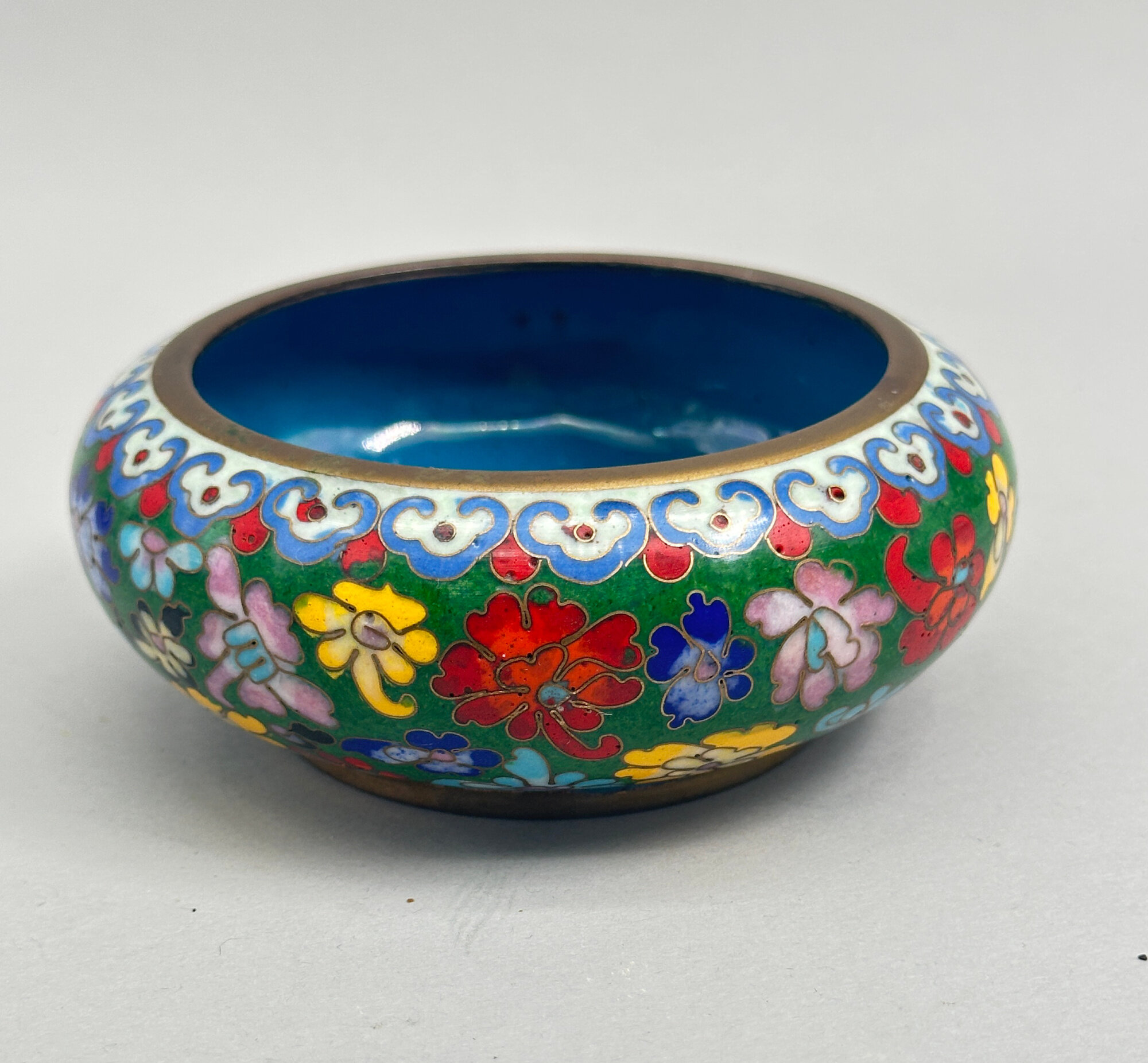
Chinese Cloisonne Shallow Bowl, C19th
Price: £45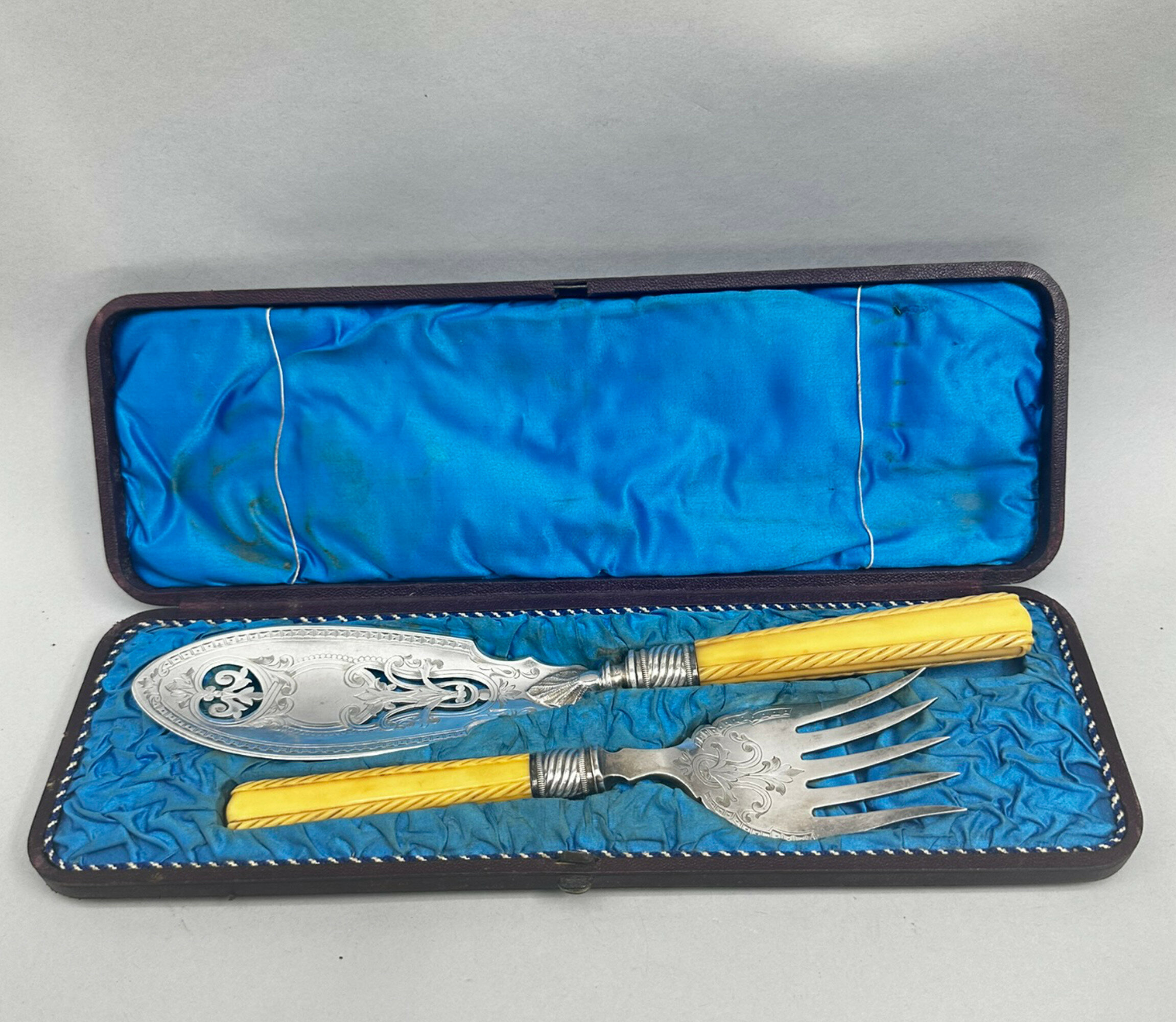
Pair of Silver Plated Fish Servers with fitted box, probably Edwardian
Price: £45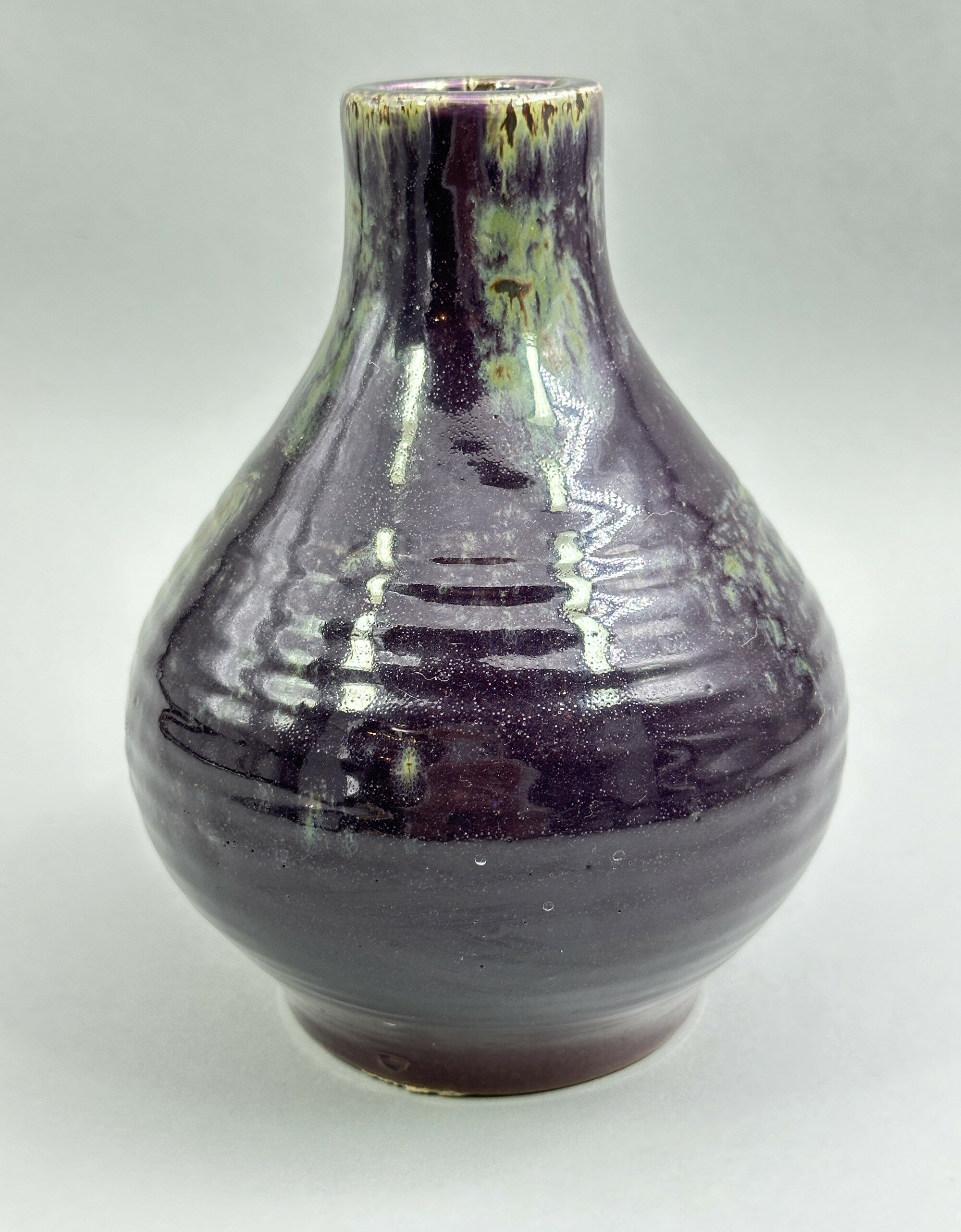
Studio Pottery Vase with flambé glaze, C20th
Price: £75
Japanese Ceramic Figural Group of two Geisha, late C19th
Price: £25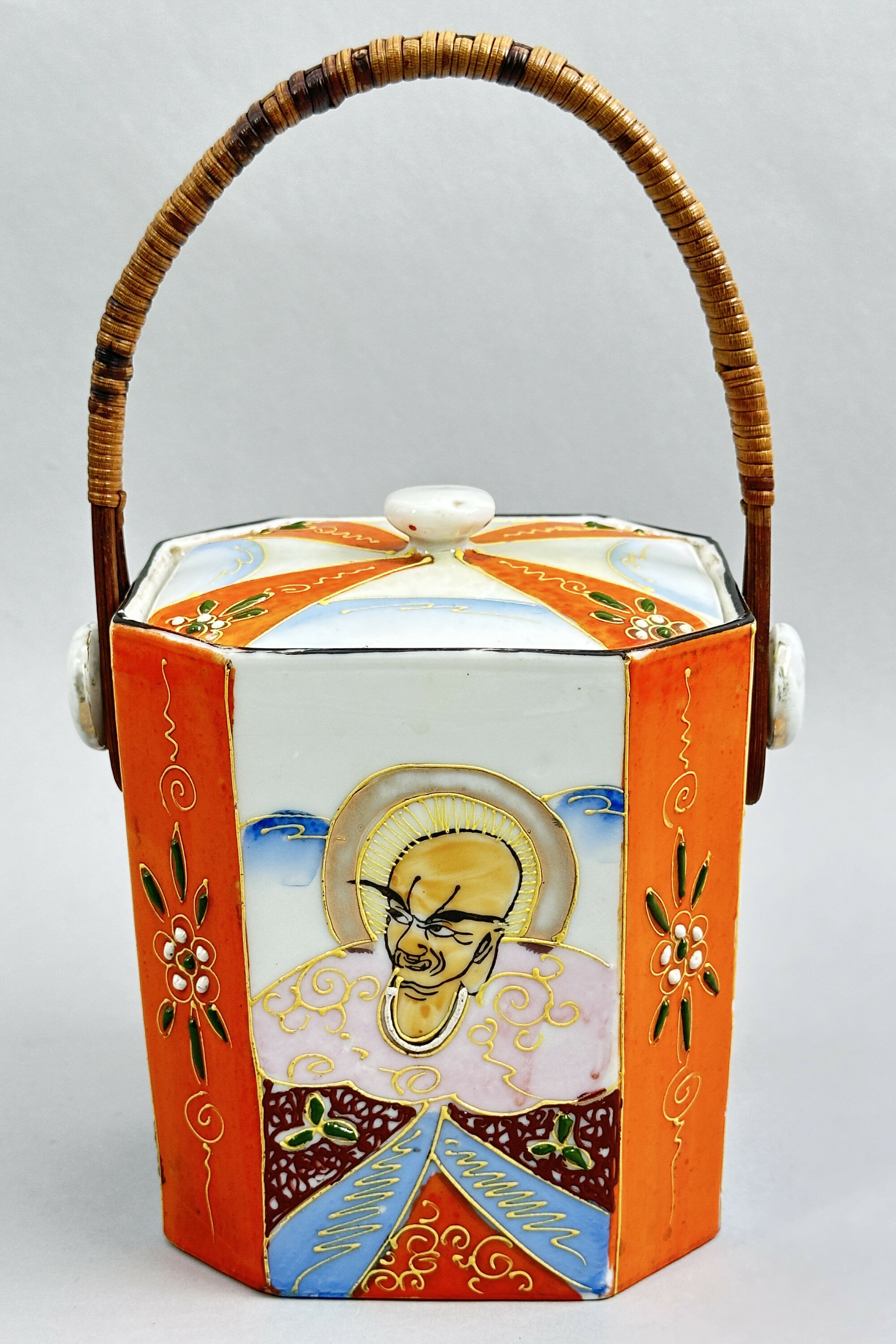
Japanese Samurai China Biscuit Box and Cover, C20th
Price: £25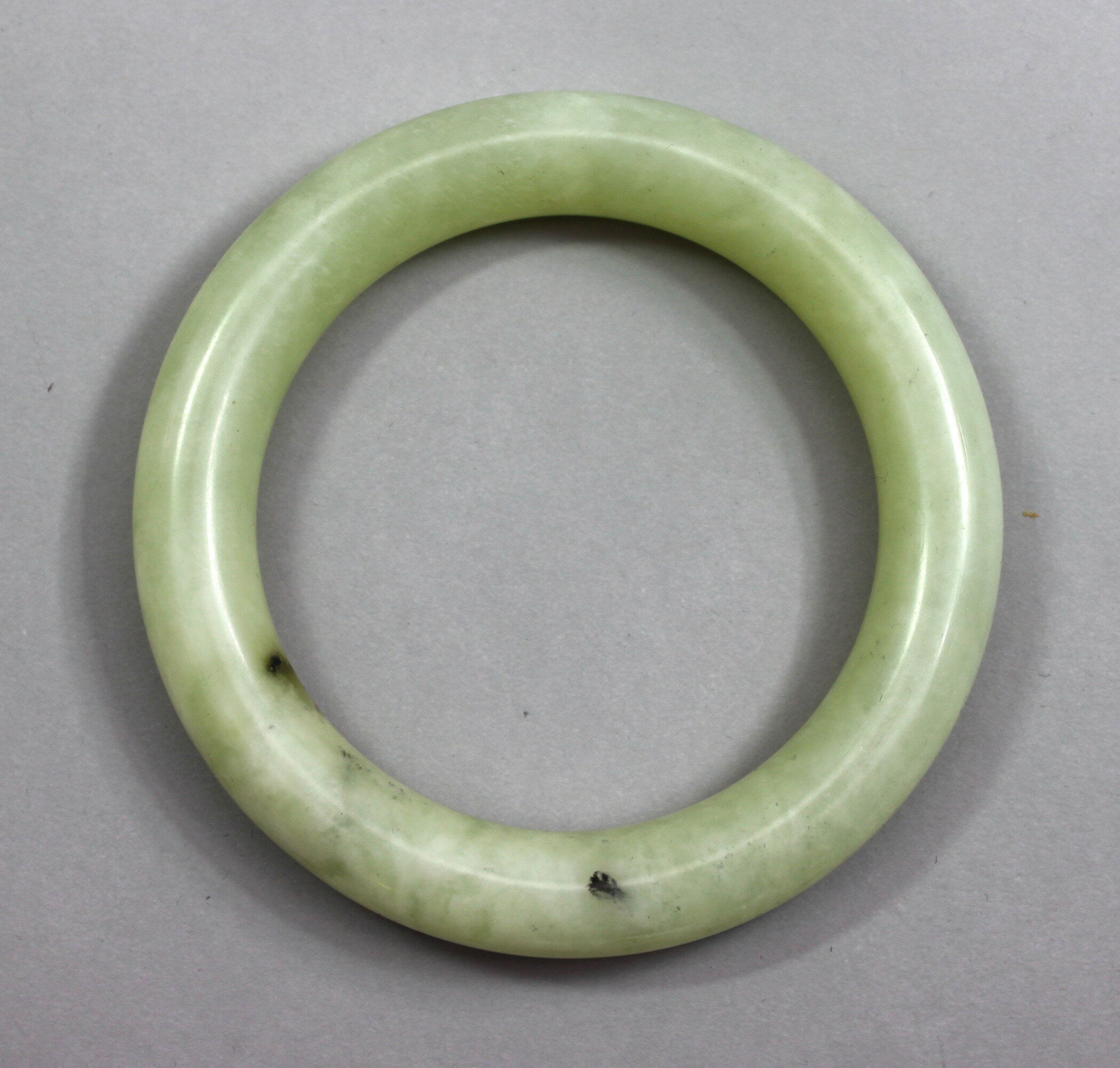
Chinese Pale Celadon Jade Bangle, probably Nineteenth Century
Price: £45Jade is usually divided into two types, nephrite jade and jadeite jade. The latter is heavier and slightly harder, making it more difficult to scratch. The weight of this piece suggests that we do have jadeite here. The stone was selected for carving on the basis of its attractive appearance and the finish, which bears no trace of machine tooled manufacture, suggests a pre twentieth century dating, but certainty in these matters is notoriously difficult
The size of this piece is unusually large, suggesting that it would have been intended for a male wearer. This too suggests an earlier rather than later time of manufacture. The stone is exceptionally pleasant to the hand and would have been an elegant accompaniment to any wardrobe.
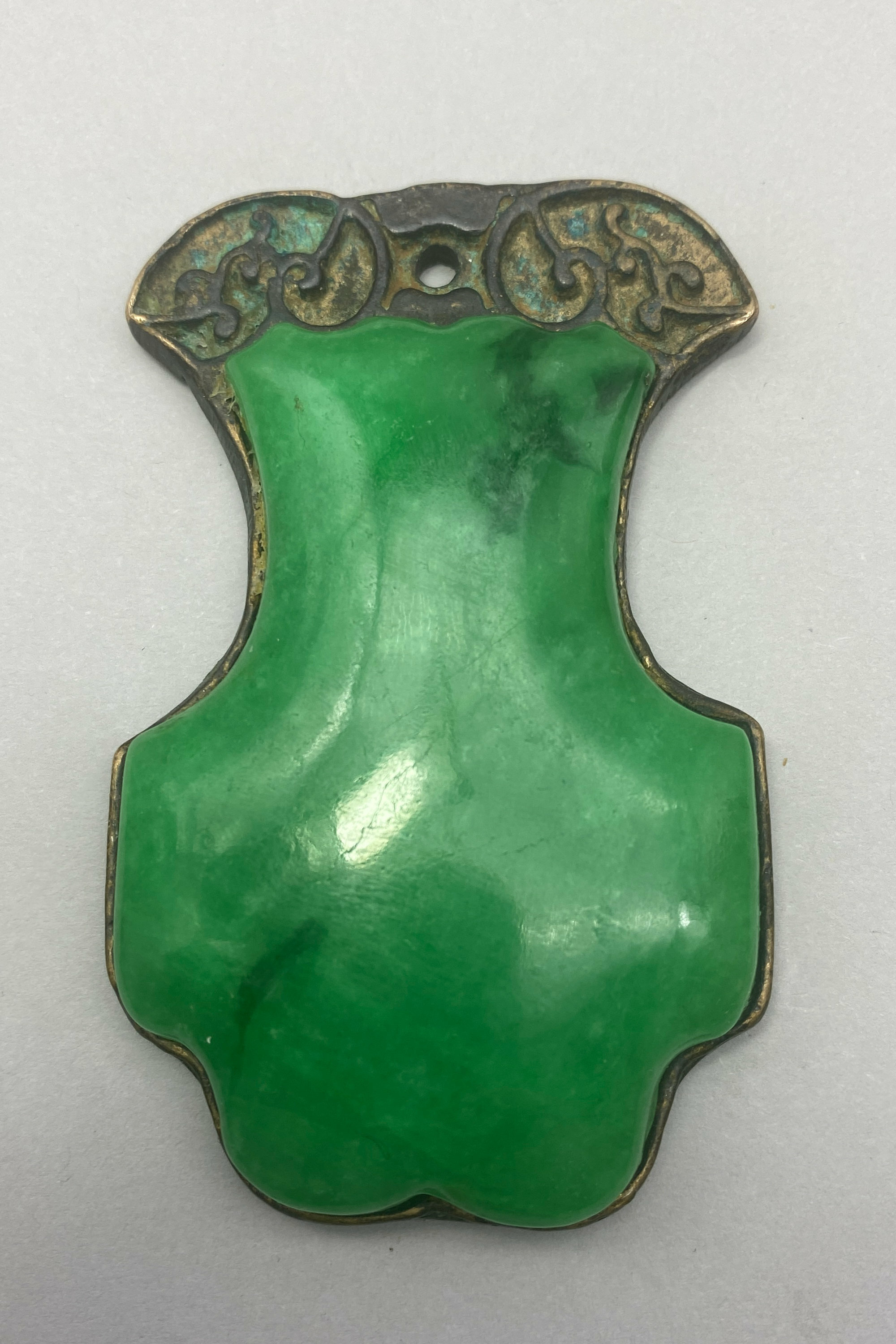
Chinese Bronze Mounted Emerald Green Jade pendant, Qing dynasty
Price: £180It has been suggested that the form of the stone indicates it was intended as a handling token, some sort of a 'pass key', but this may well be apocryphal, although it does indeed sit comfortably when gripped. But the decorative qualities of this piece are clear and the maker clearly saw that this was a stone to be exploited and displayed. A contemporary wearer now would certainly attract attention! The weight and quality of the bronze suggest a reasonably early dating, perhaps to the late eighteenth century.

Art glass feather design Vase, probably German second half C20th
Estimate: £30 – 40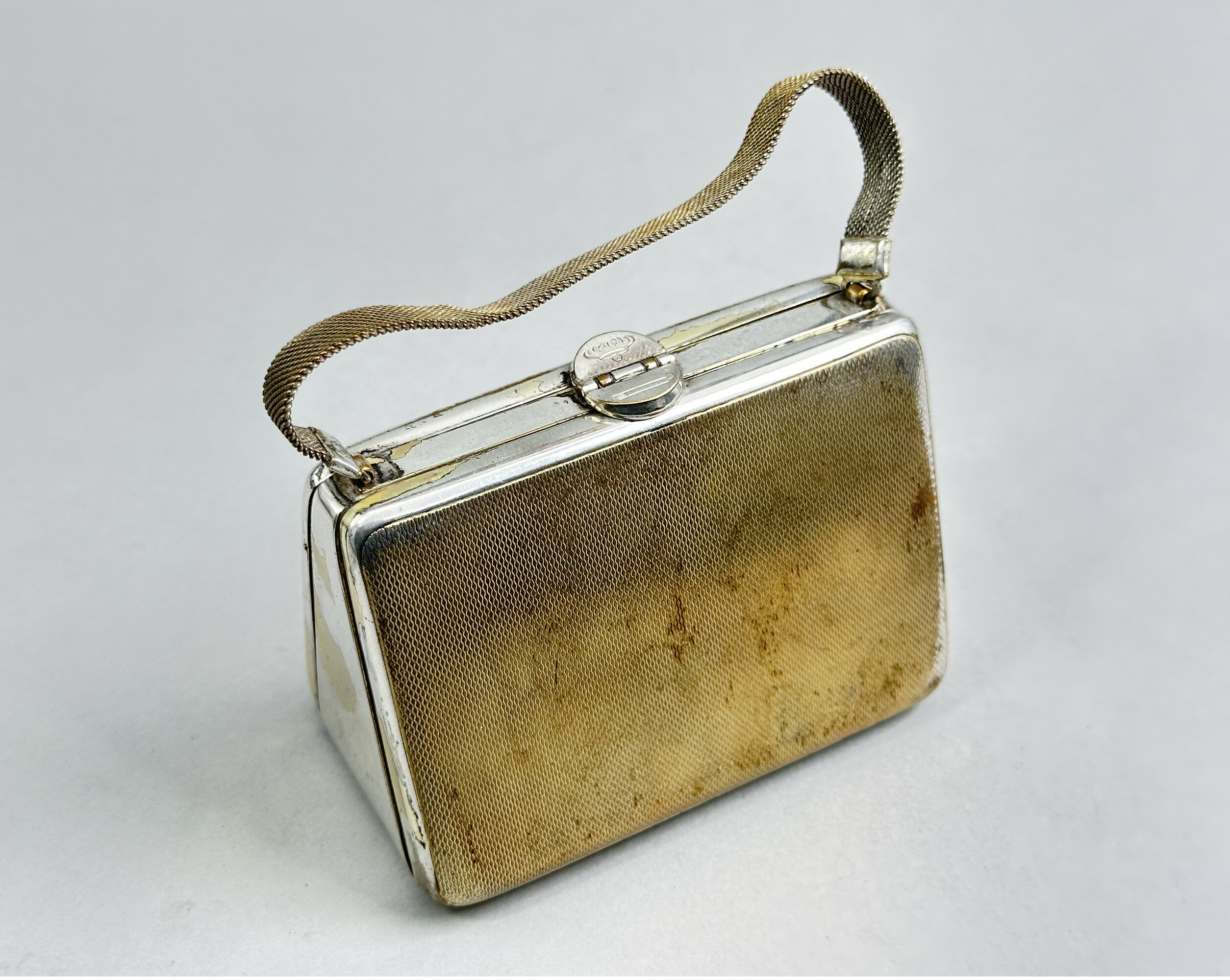
Double sided minaudiere wrist bag 1920
Price: £20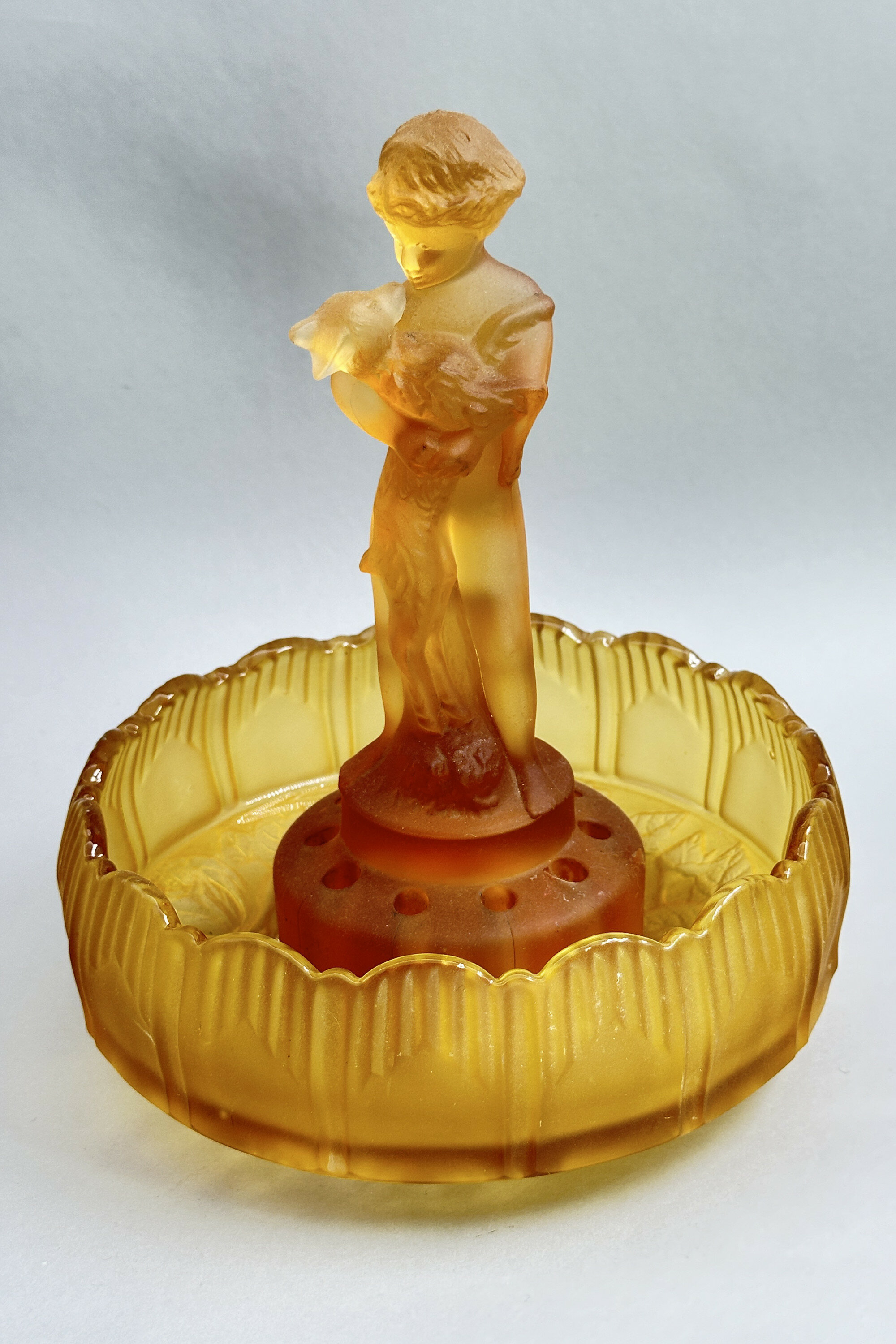
Sowerby Amber Glass Centrepiece circa 1930
Price: £75The Sowerby family came from the North West of England near Carlisle and settled in Gateshead in the late eighteenth century. The firm Sowerby Glassworks is known from 1807 onwards and continued production until 1972, concentrating on pressed glass. Catalogues of their wares still exist and they produced pieces in a wide variety of styles and shapes which retain their popularity today.
The centrpiece figurine, which was intended as a flower holder or ‘frog’, is rather unusual; normally the figures are female but the style of the modelling is identical. Similar designs to the bowl can be found in a 1936 catalogue but versions of it even appear in another catalogue from 1882. Many centrepiece/bowl combinations are found and some of them are not always original. This may possibly be the case here but if so the ‘match’ is extremely pleasing to the eye and the two elements set one another off perfectly to produce a striking example of Art Deco decorative design.

Chinese Soapstone Brushwasher with flowering lotus, early C20th
Price: £95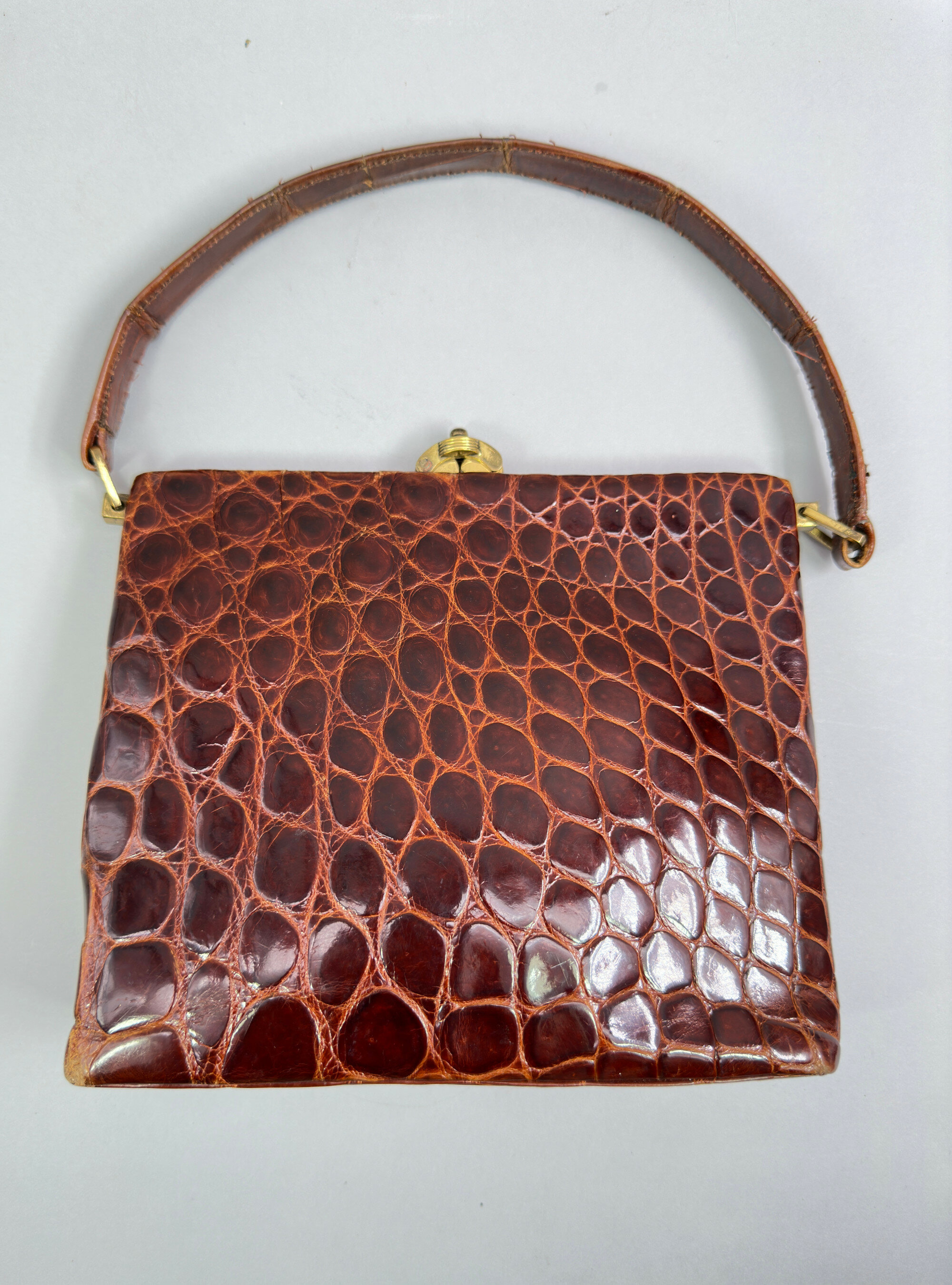
Dark chestnut crocodile handbag 1940s
Price: £75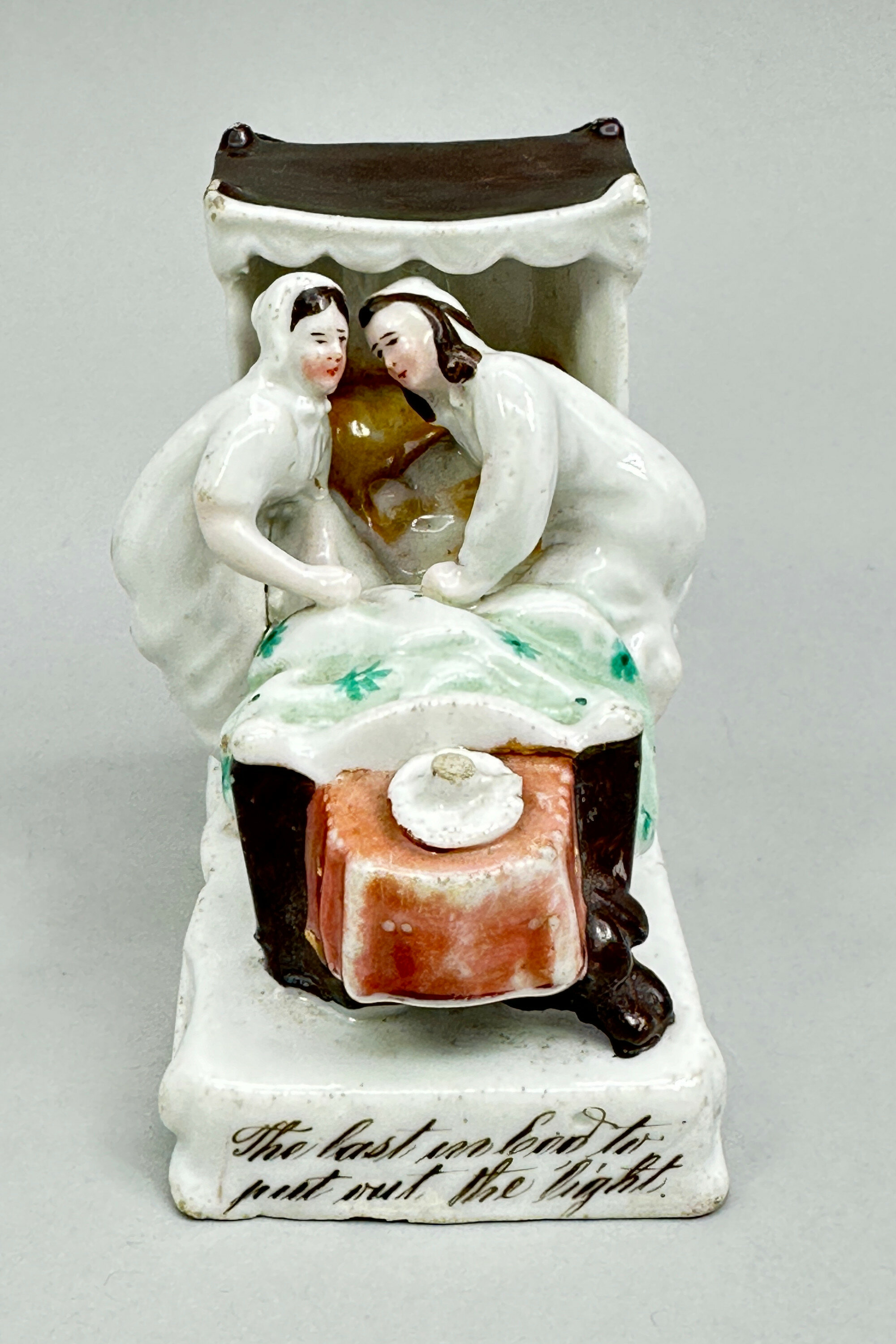
Fairing Figurine - The last in bed to put out the light, German, late Nineteenth Century
Price: £25The various figures were made in white glazed porcelain with coloured decoration. The compositions were sculptural and often accompanied by an inscription, as here. Many models are known. Two typical examples are 'Returning from the Ball' and 'Twelve Months after Marriage' but the most common example is represented here 'The last in bed to put out the light'. A couple are seen climbing into a covered bed at the foot of which stands a candle in a holder. These candles are usually broken off, most likely because of simple damage over the years but it has been suggested that this was done deliberately for good luck.
Some of the fairing figurines are marked, as here. The impressed number '2851' comes from the first series of figures produced by the Conta factory with numbers ranging from 2850 to 2899. The earlier examples do not have the shield mark found on most of the pieces which indicates an earlier dating here, more towards the middle of the nineteenth century.
Fairings have been collectors' items for many years now and still hold a naif charm which makes them appealing display items, with a history of their own.
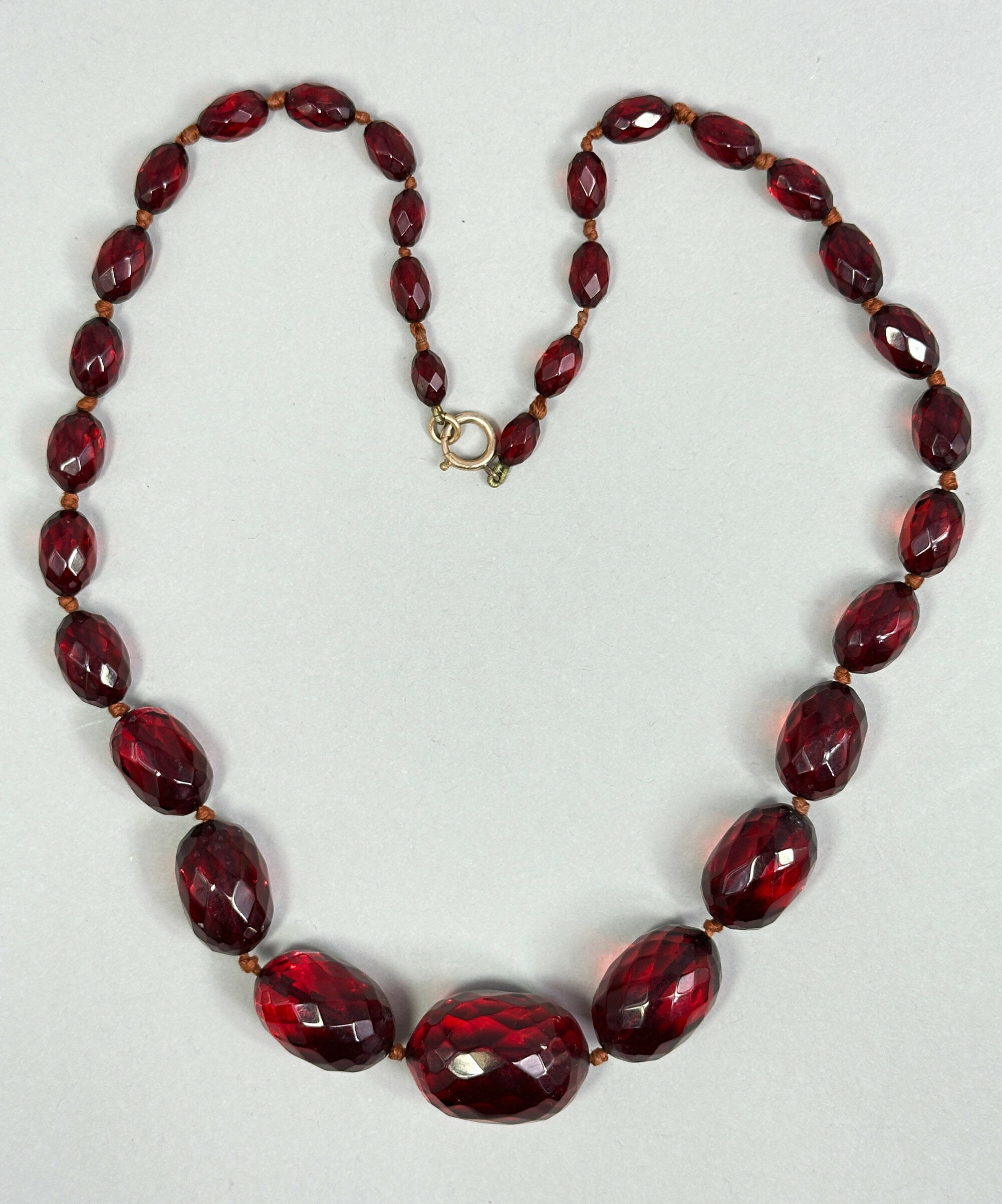
Cherry amber Bakelite necklace, Germany 1920s
Price: £150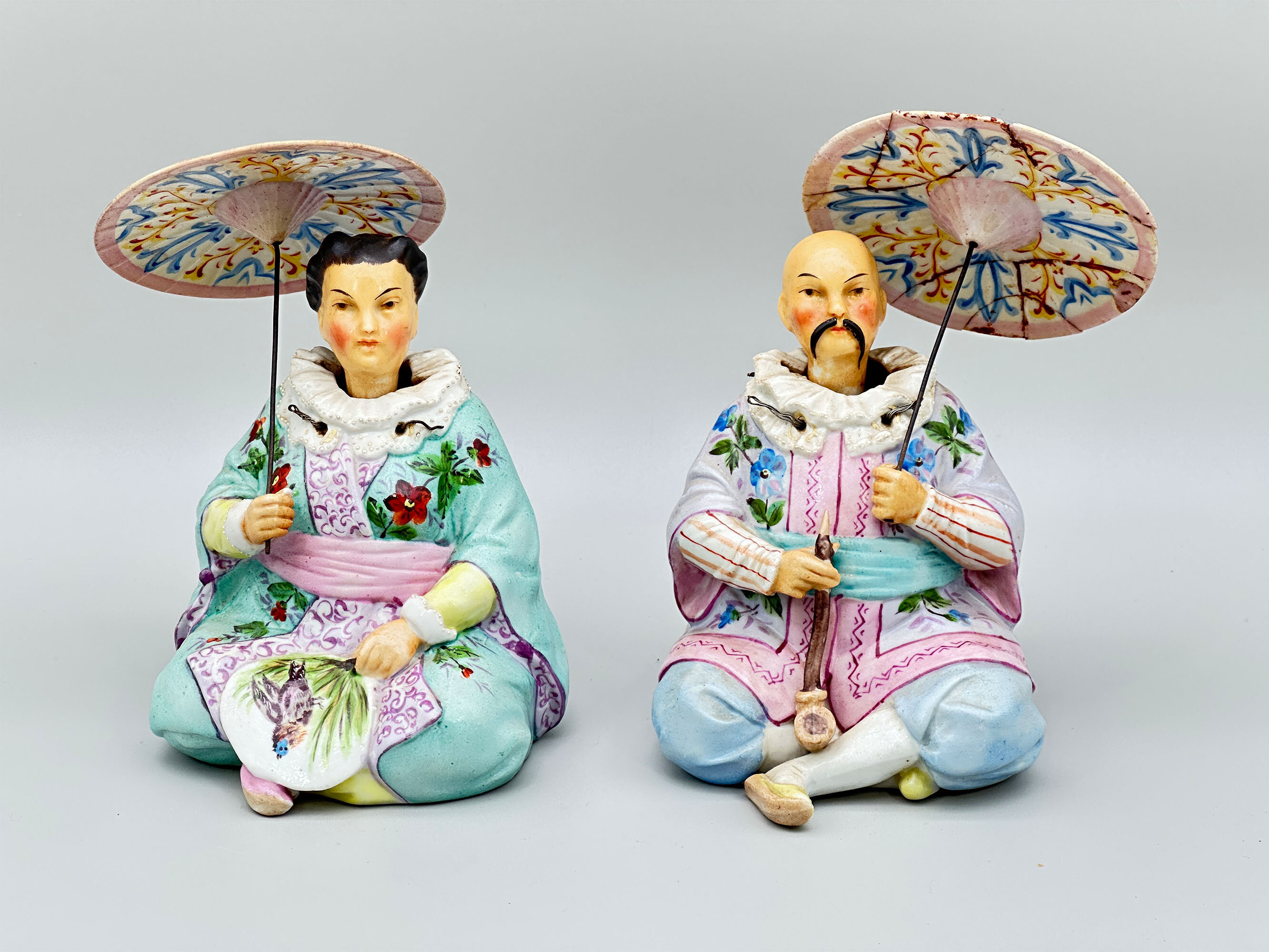
Pair of Nodding Head Figures, Chinese Emperor and Empress, Germany circa 1900
Estimate: £200 – 300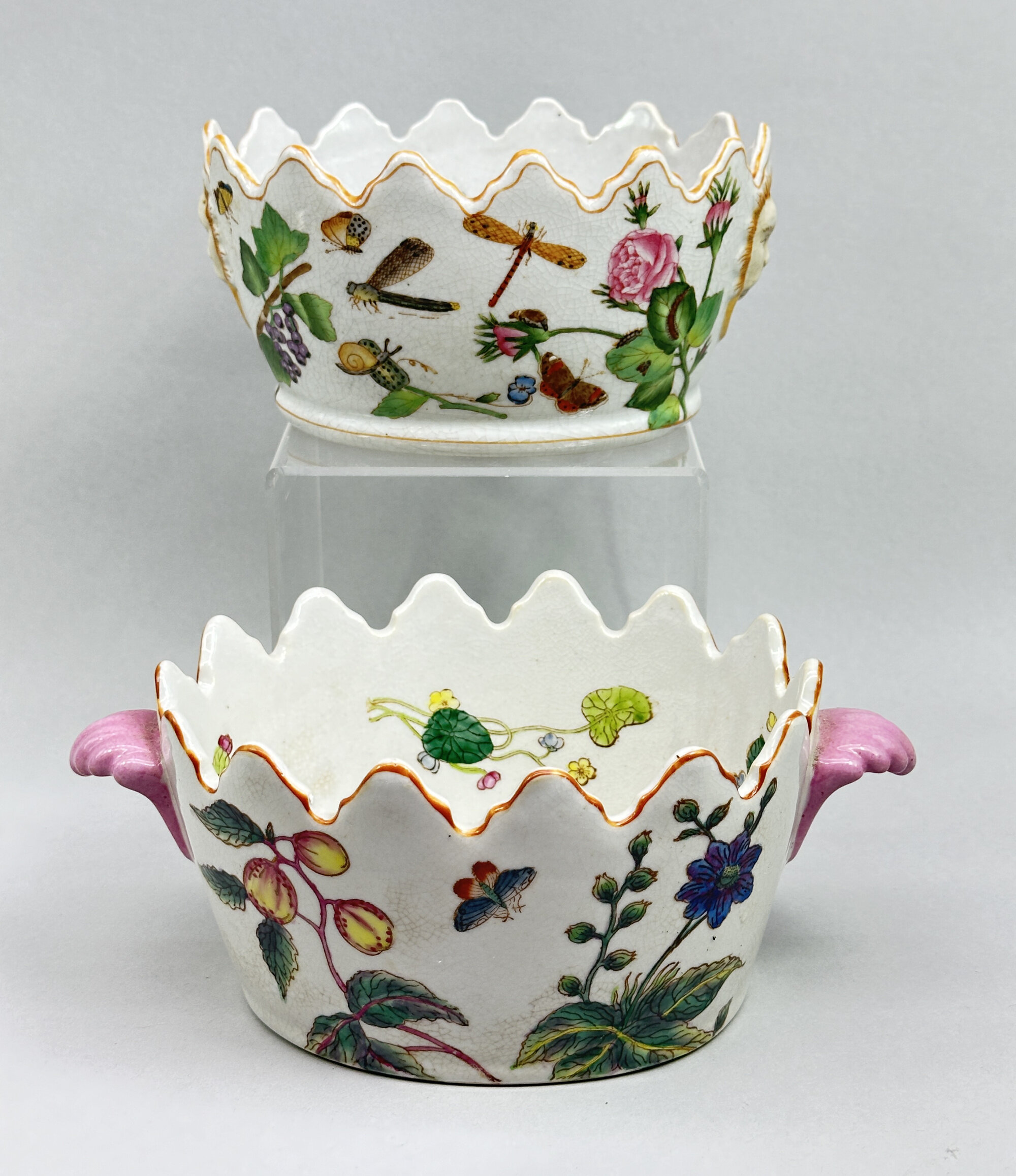
Two similar Chinese Export Style Monteith Form Jardinieres, C20th
Price: £75The form here is a miniature version of the Chinese ‘Monteith’ first produced in the early to mid eighteenth century. The wavy rim was designed to hold the stems of glasses which were stood to cool in iced water placed in the interior. The style of the decoration is in Chinese Export taste as well, but dating here is to the C20th probably around the 1960s. Some similar examples have Chinese seal marks and one the name of a Chinese manufacturer implying that these pieces were most likely made in China but this does not assist with establishing their age. Purely decorative objects then with no intent to deceive but amusing creations in themselves and pleasing to a contemporary eye.

Pair of Gilt Metal and Onyx Scales, probably French, C20th
Price: £55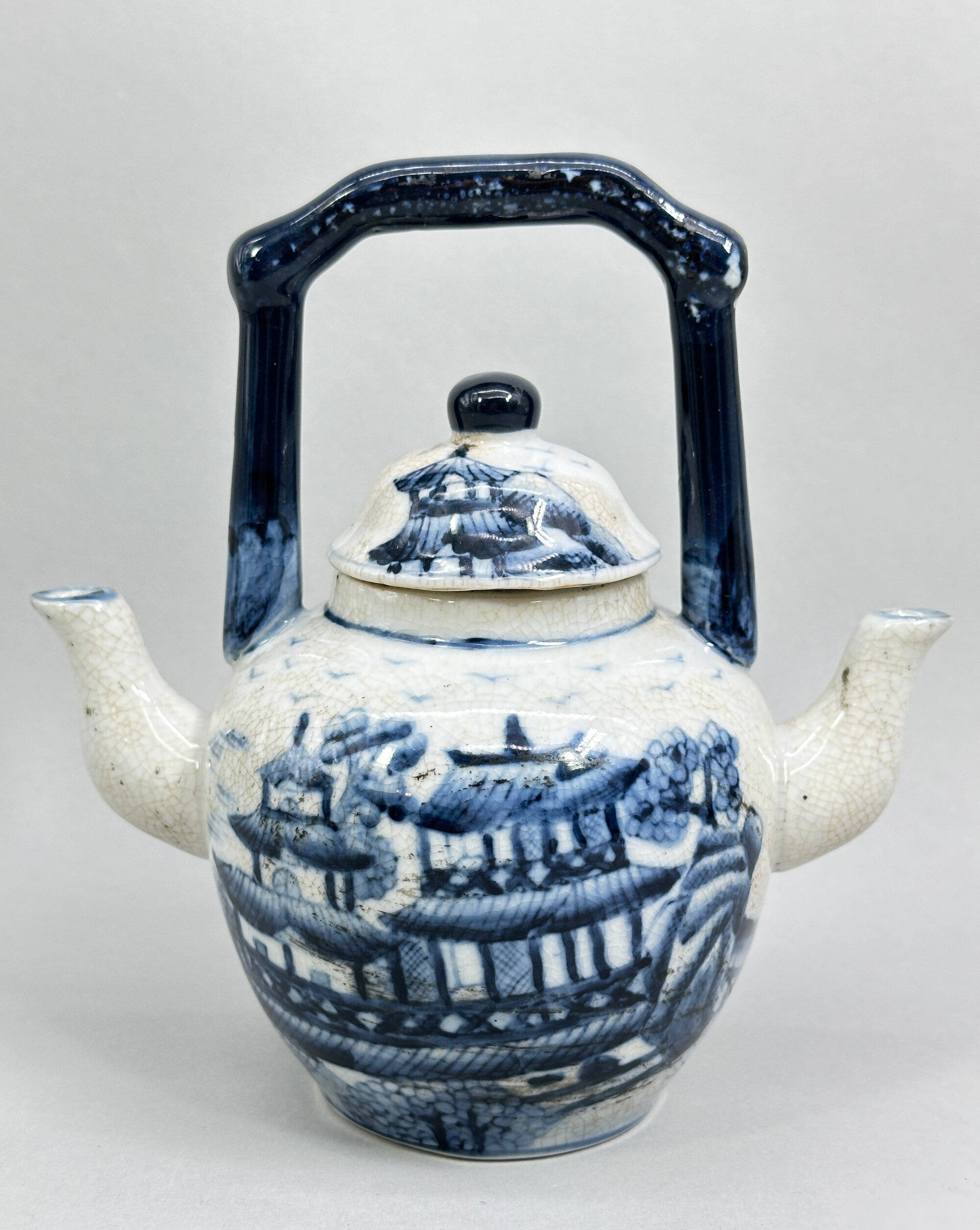
Chinese provincial double spout Teapot, early C20th
Price: £55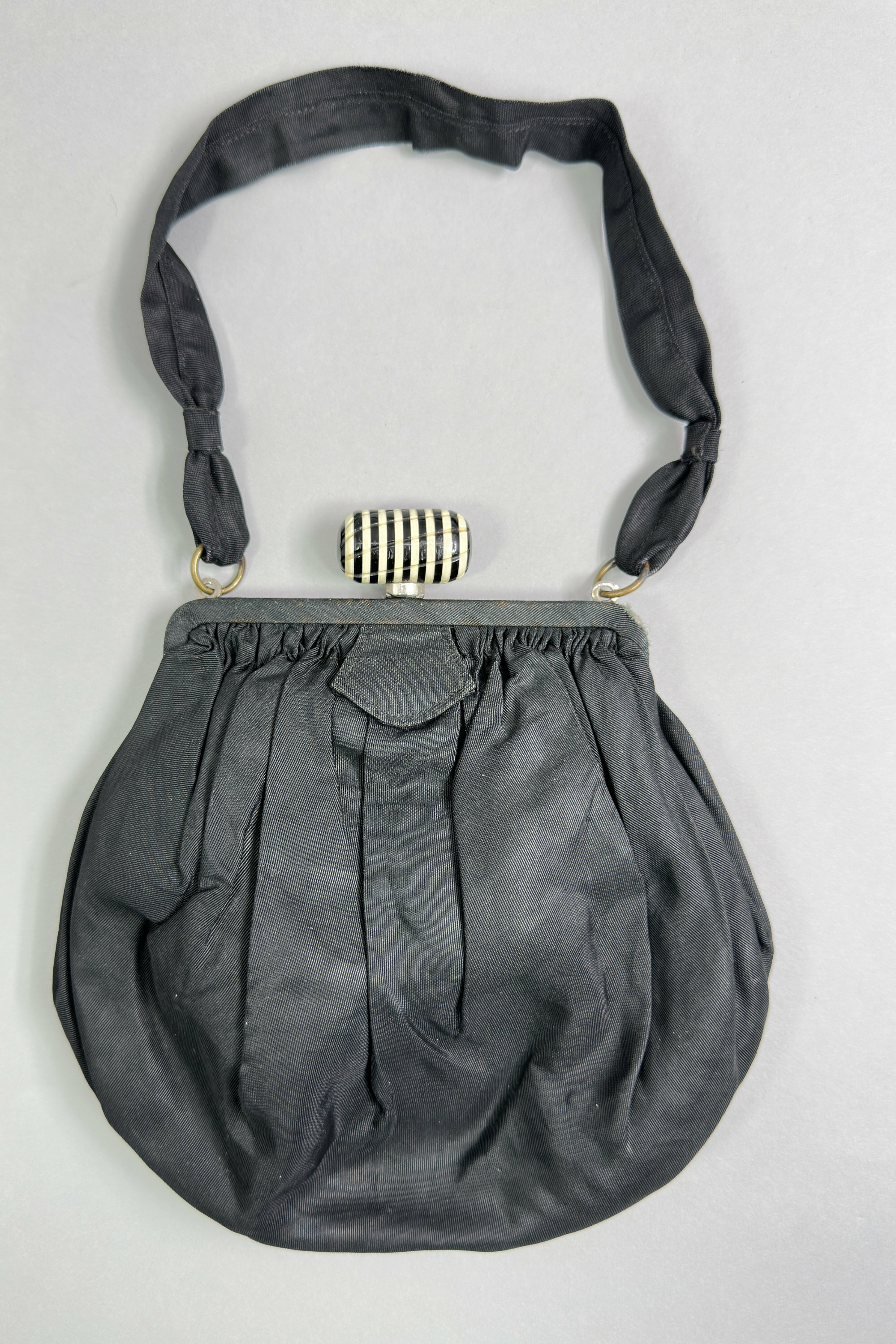
Small Art Deco wrist bag with Bakelite closure, French 1920s
Price: £35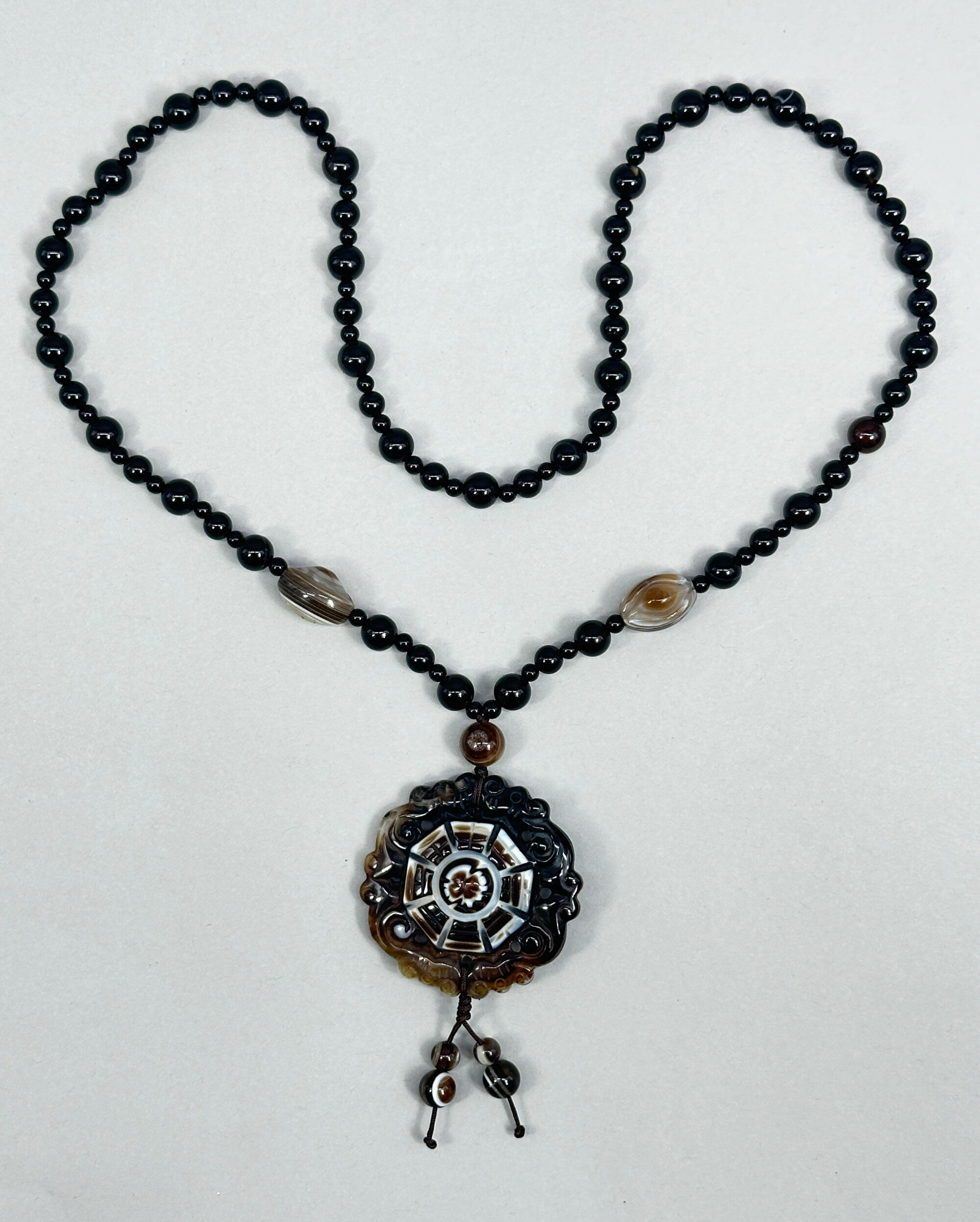
Chinese agate carving with onyx beads, 20th century
Price: £35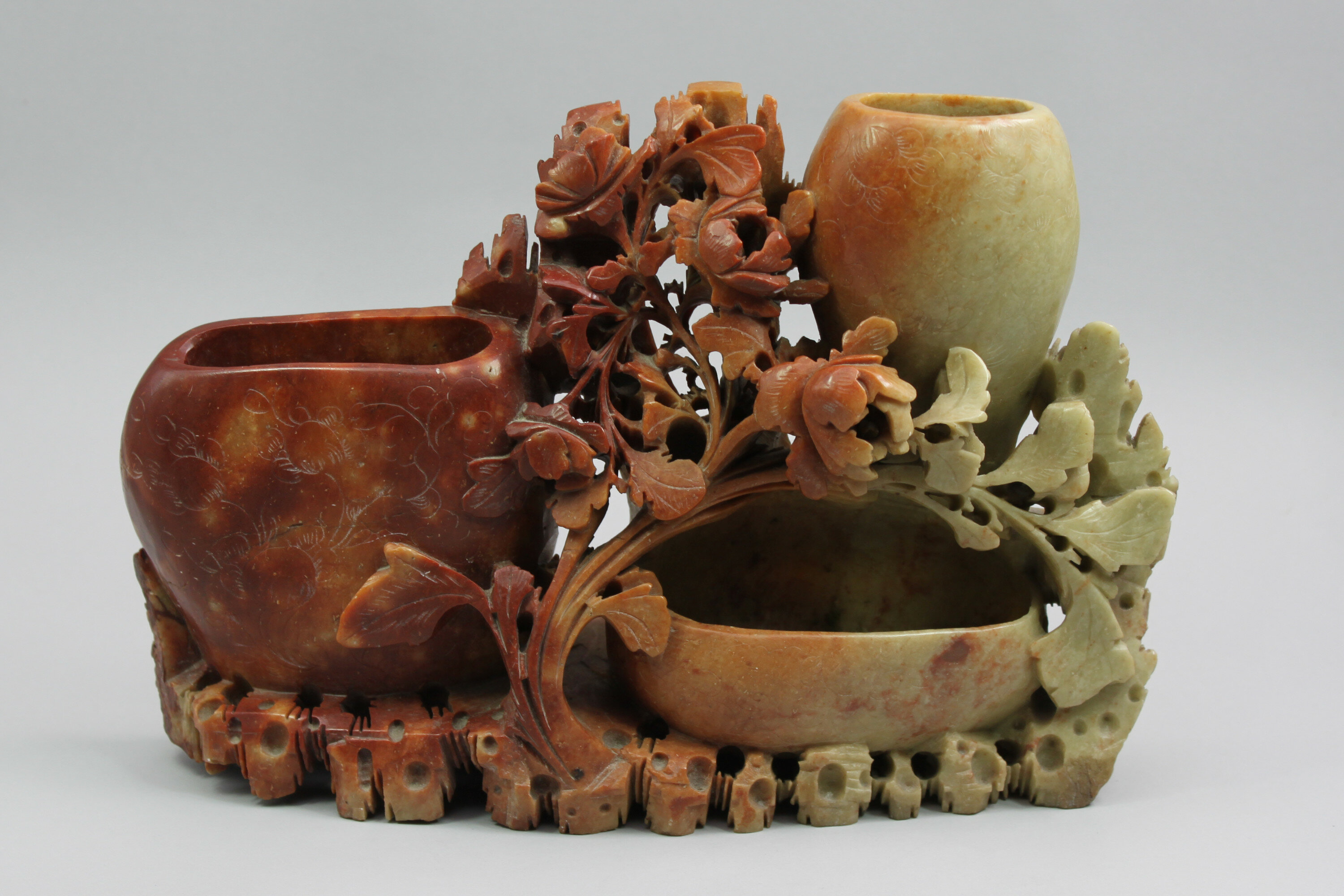
Chinese Soapstone Brushwasher decorated with flowering Lotus, early 20th Century
Price: £45
Gilt brass and glass stone bangle bracelet 1930s
Price: £25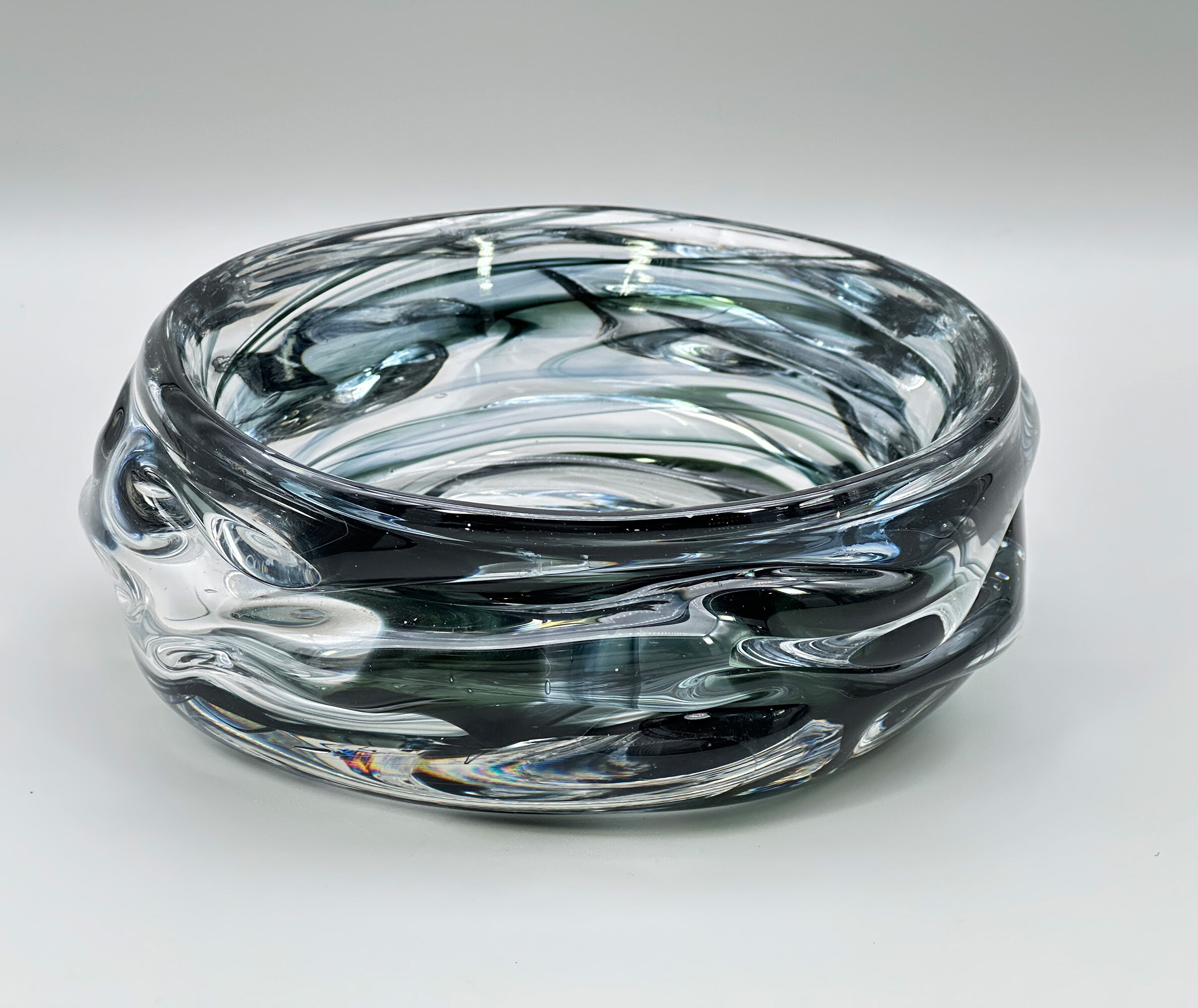
A streaky dark grey/green and clear glass knobbly bowl, Whitefriars, 1960s/1970s
Estimate: £30 – 40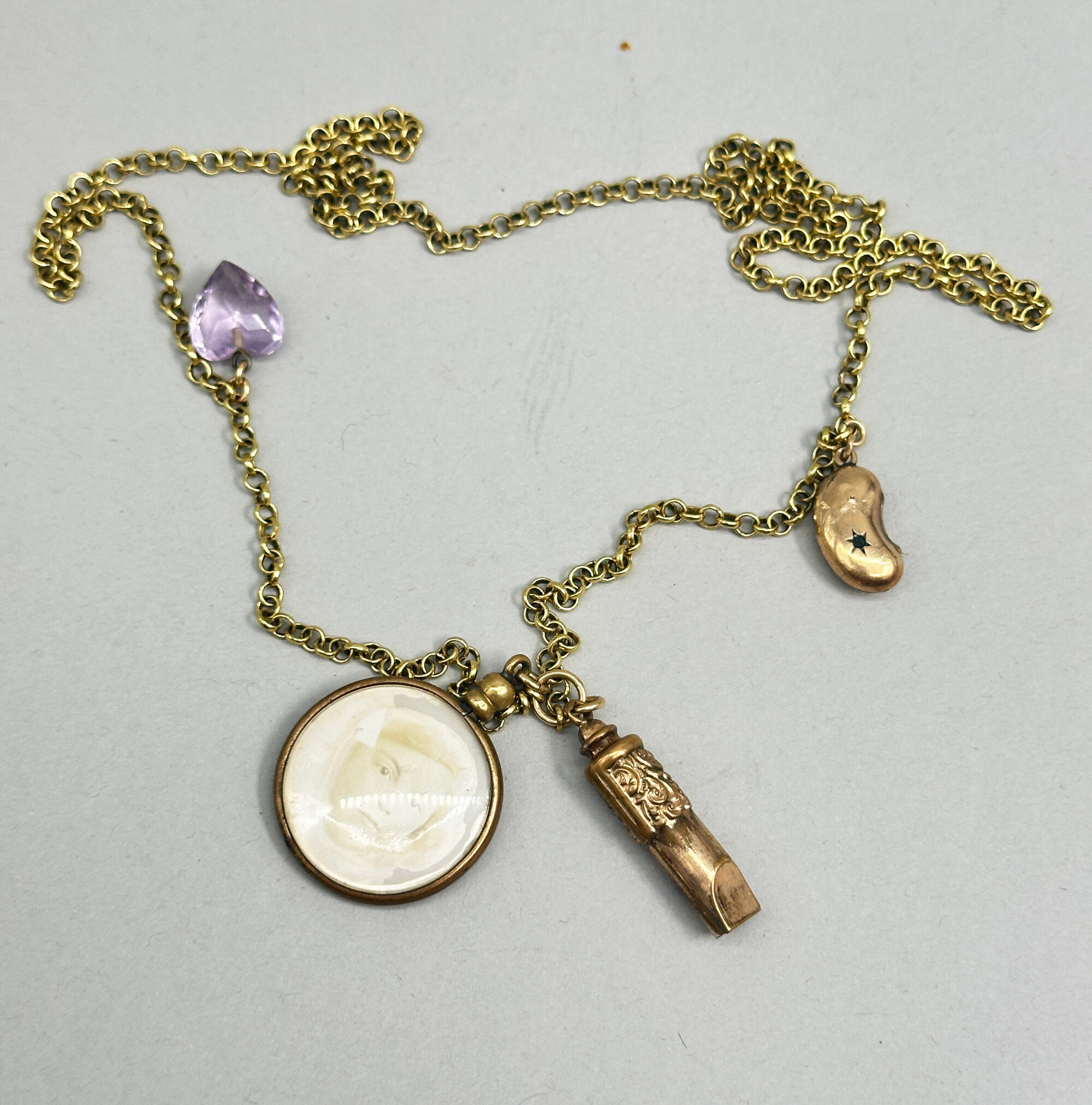
Victorian Rolled Gold Necklace with Pendants, late C19th
Price: £45
Antique English Staffordshire pitcher, William Brownfield and Sons, circa 1860.
Price: £55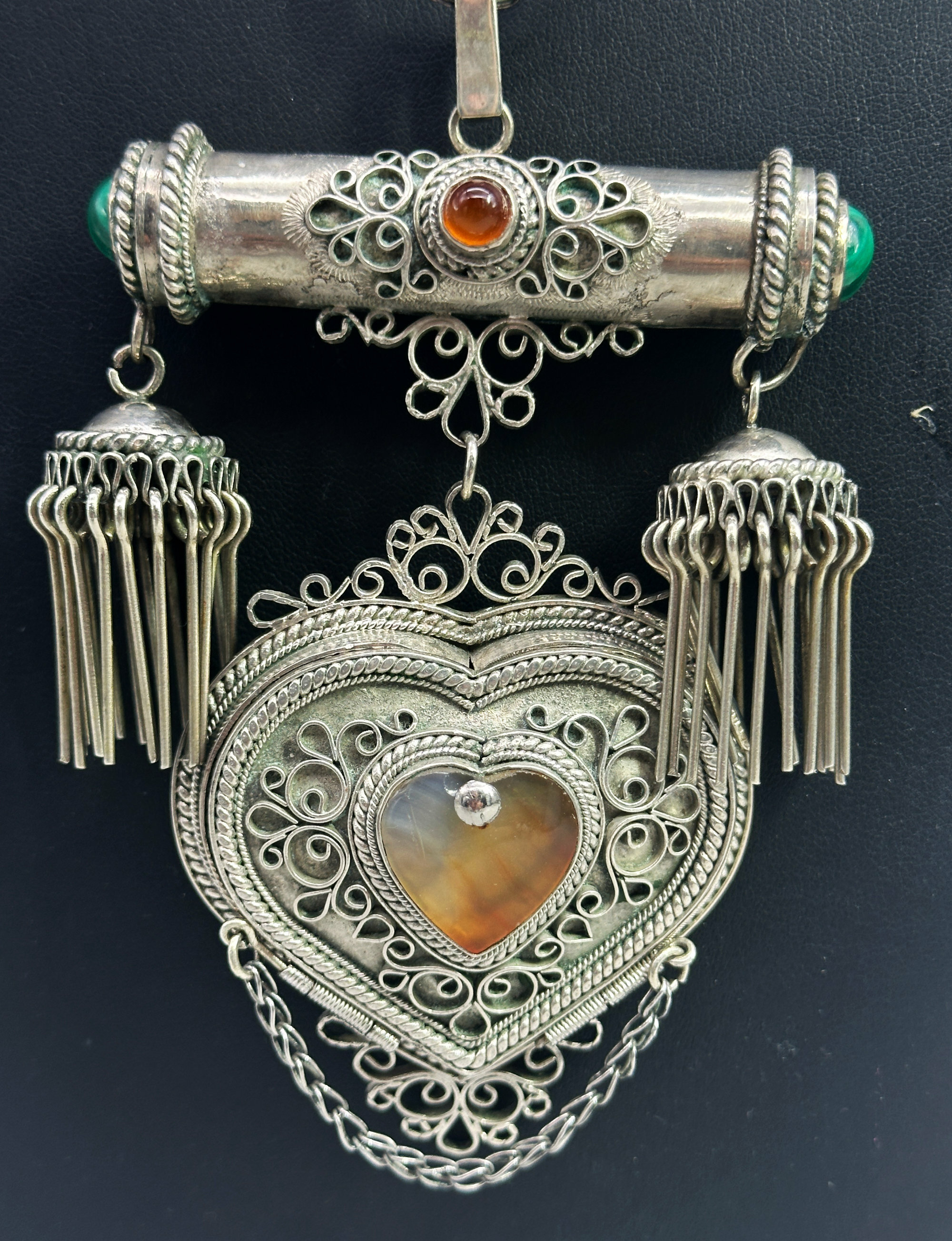
Large Islamic silver necklace with heart shaped box c1920
Price: £85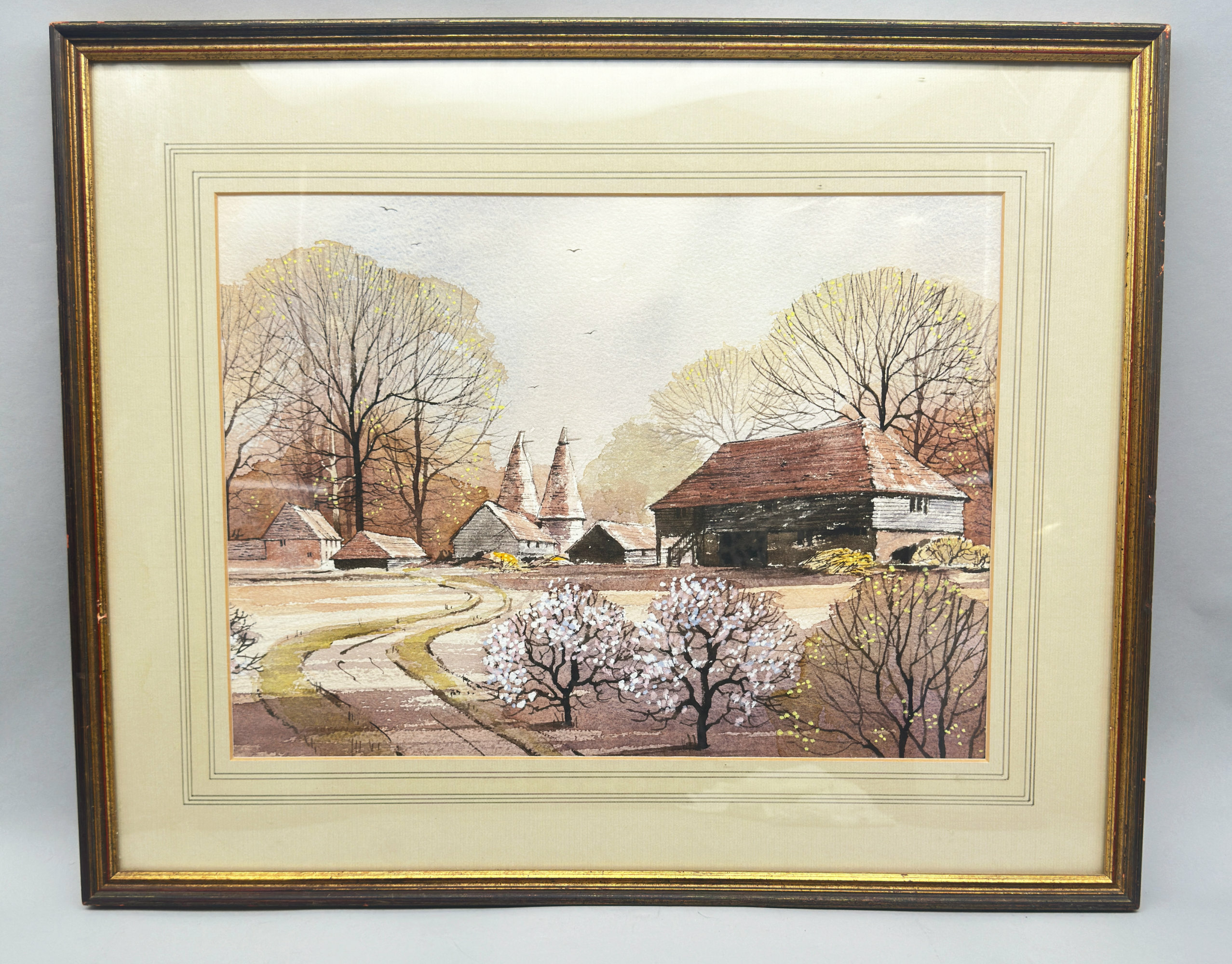
Watercolour by Elisabeth Castle, Kent Landscape Scene, framed, late C20th
Price: £45
Art Deco green glass Orion Bowl by Lausitzer Glaswerke, Germany 1930s
Estimate: £30 – 40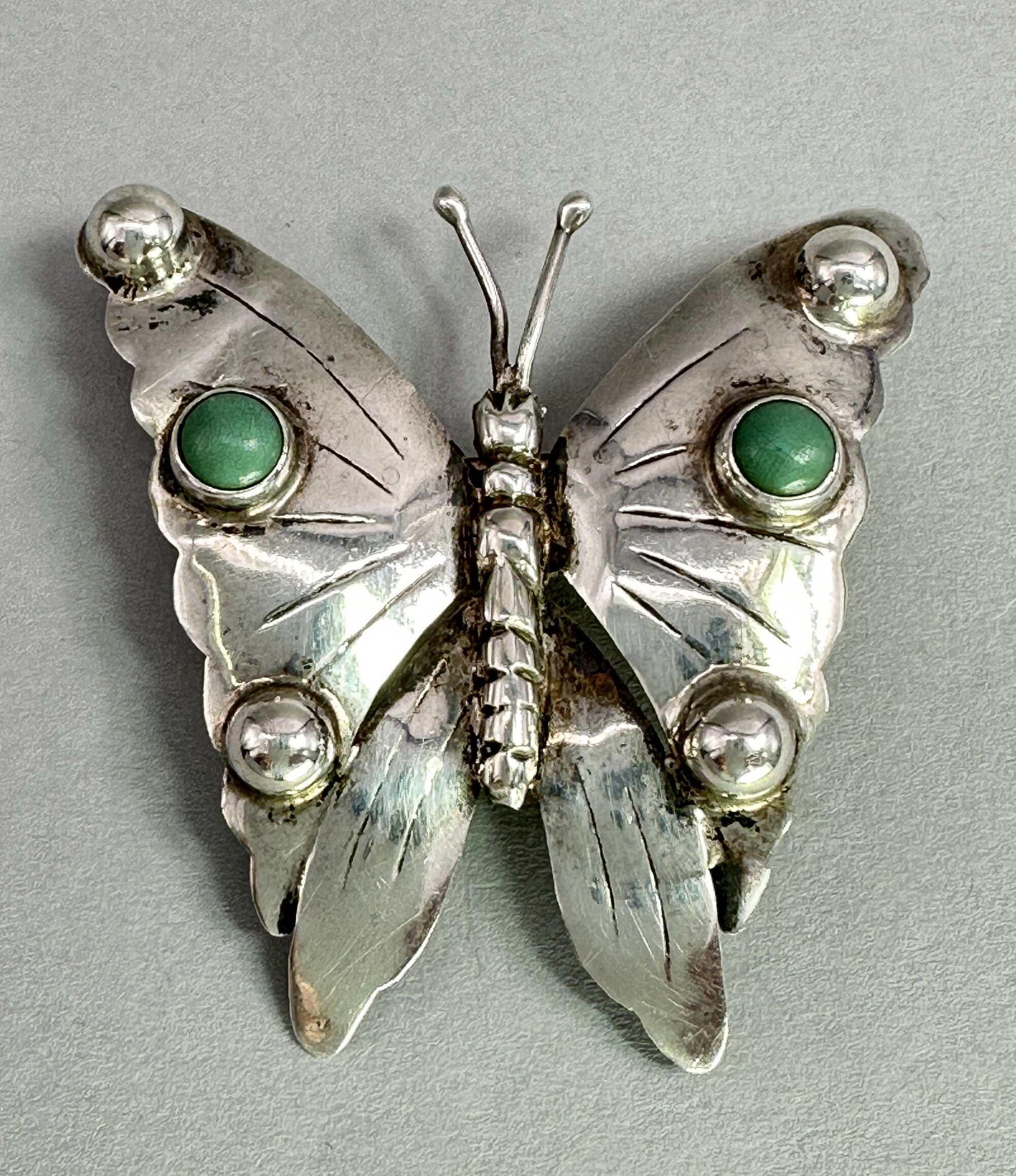
Silver Brooch in the form of a Butterfly, Taxco 1940s
Price: £65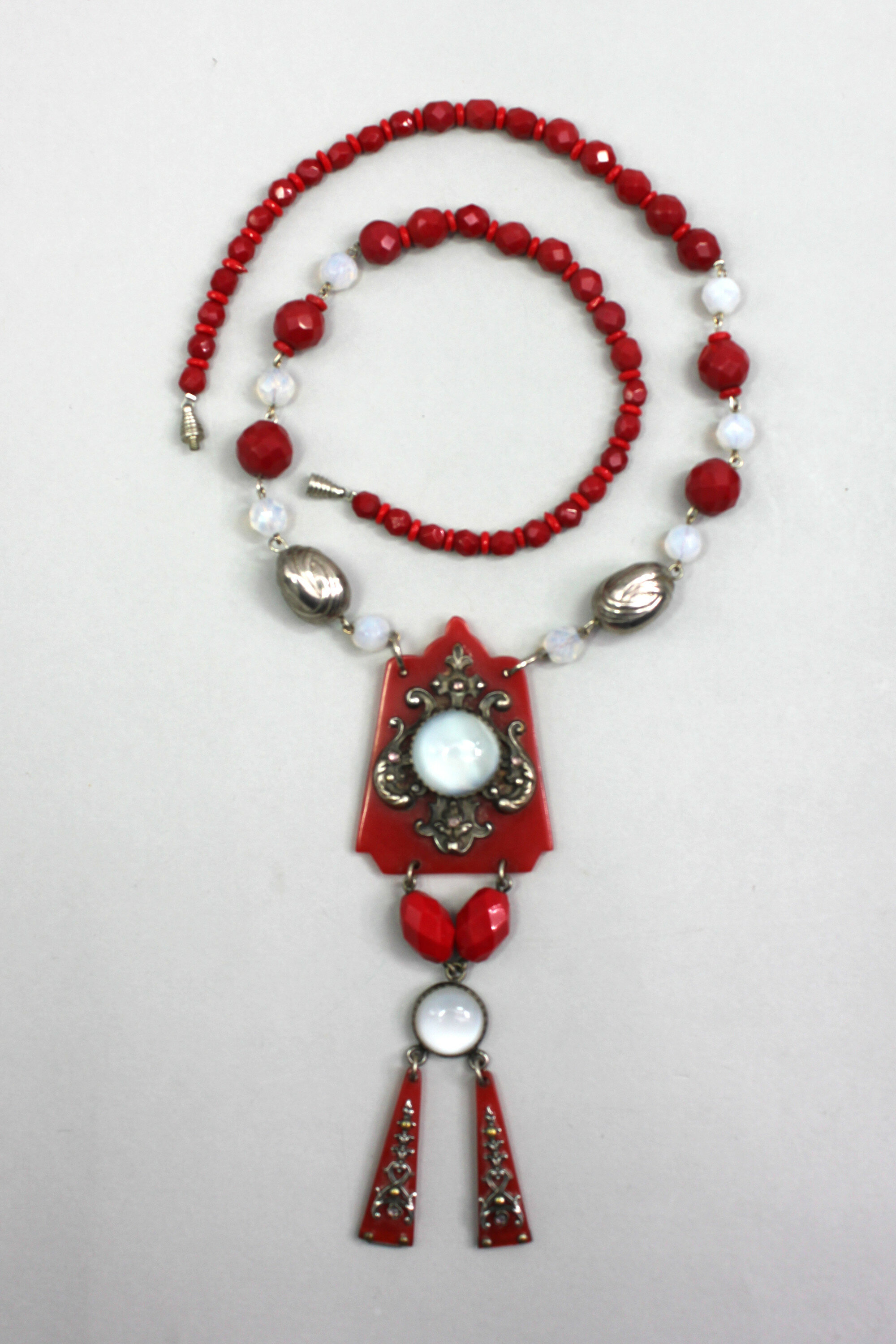
Art Deco Galalith Necklace and Pendant with Coral Red plaques, 1930s
Price: £75Galalith is a a synthetic plastic made out of the interaction of casein and formaldehyde and was introduced to the fashion world by Coco Chanel in 1926. The commercial name is derived from the Ancient Greek words 'gala' (milk) and 'lithos' (stone).
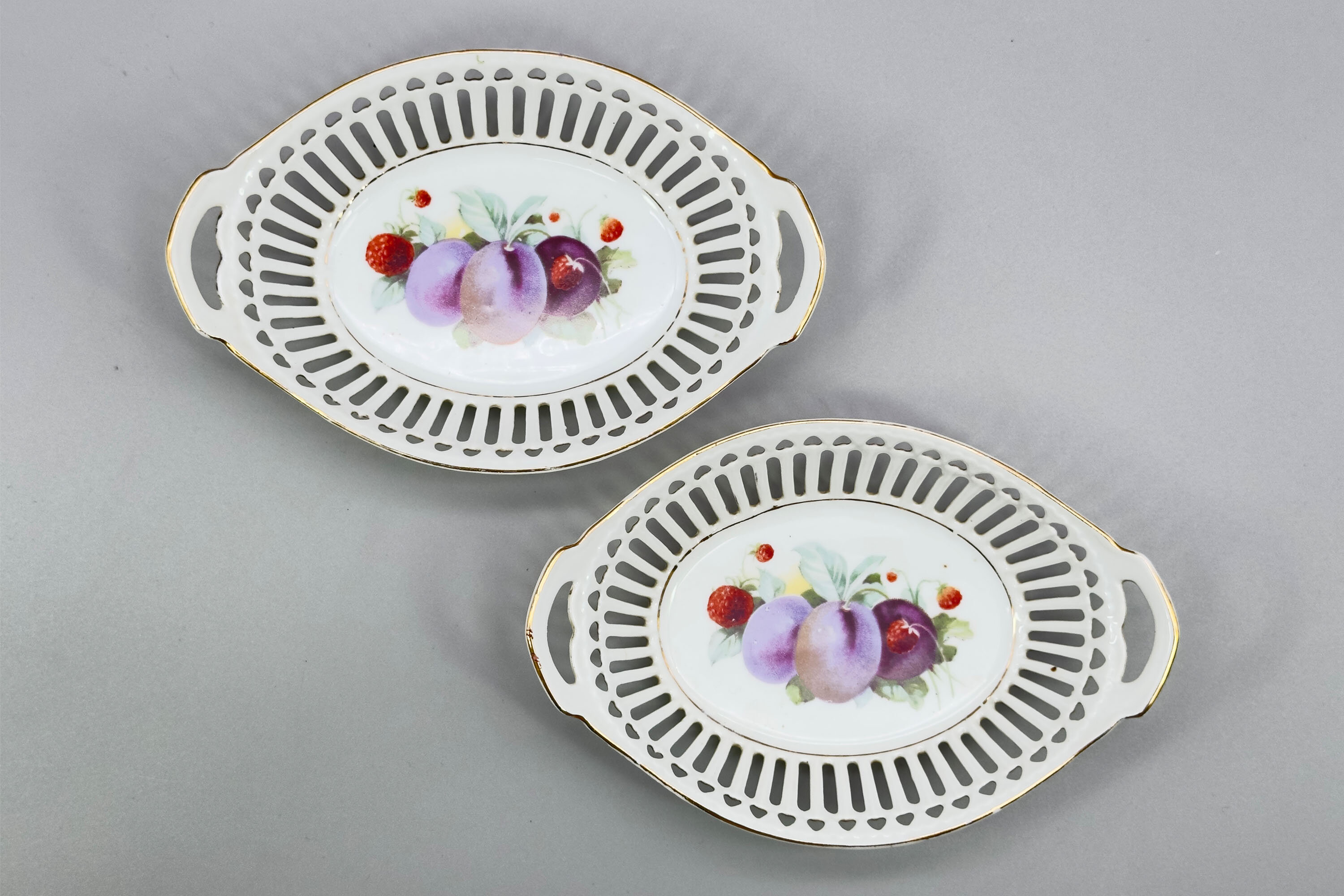
Pair of continental style openwork border Dishes, probably Chinese C20th
Price: £20
Bakelite Ivorine Mourning Brooch, British c1930
Price: £25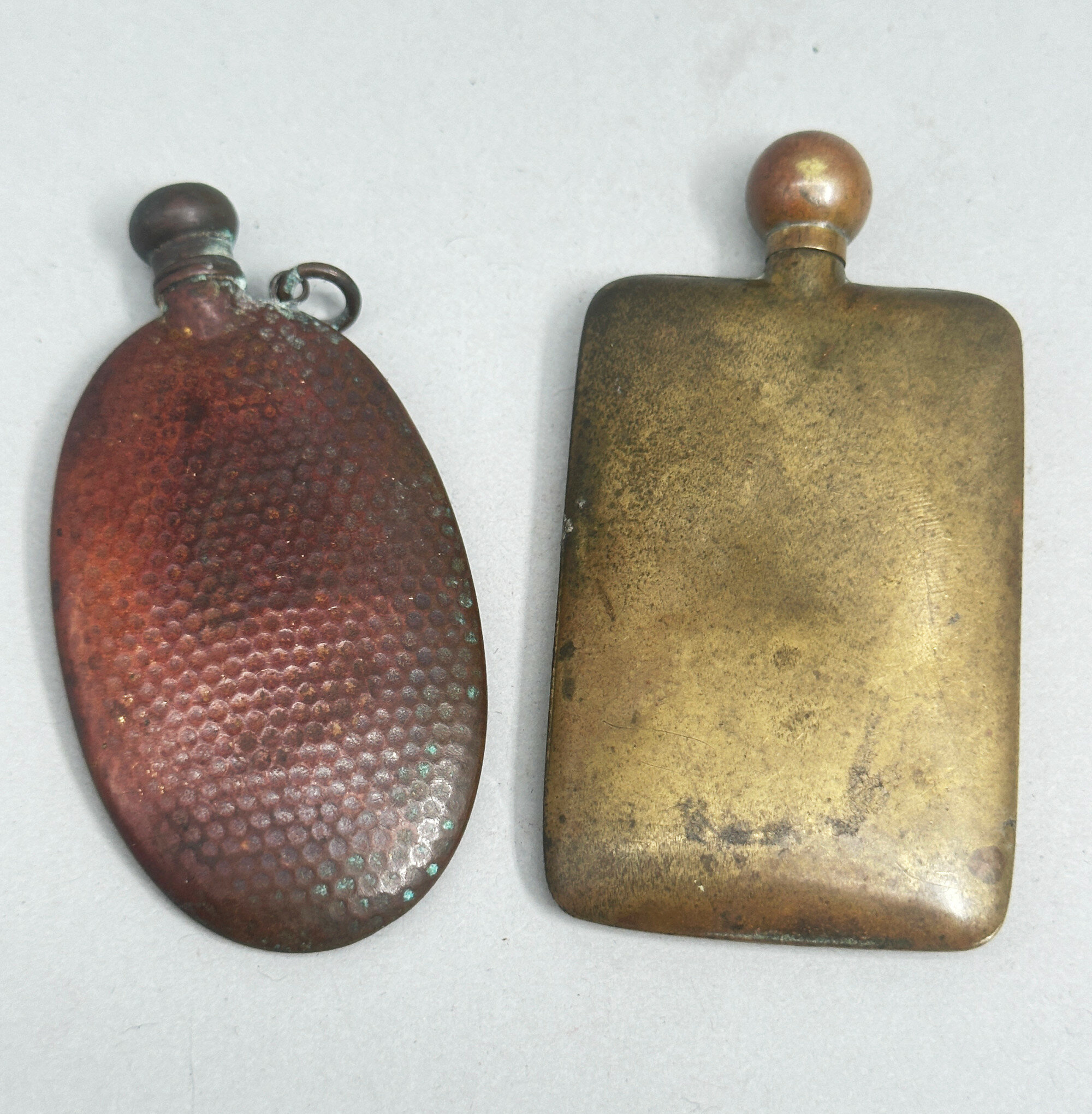
Two small metal perfume Flasks and Stoppers, 1920s
Price: £35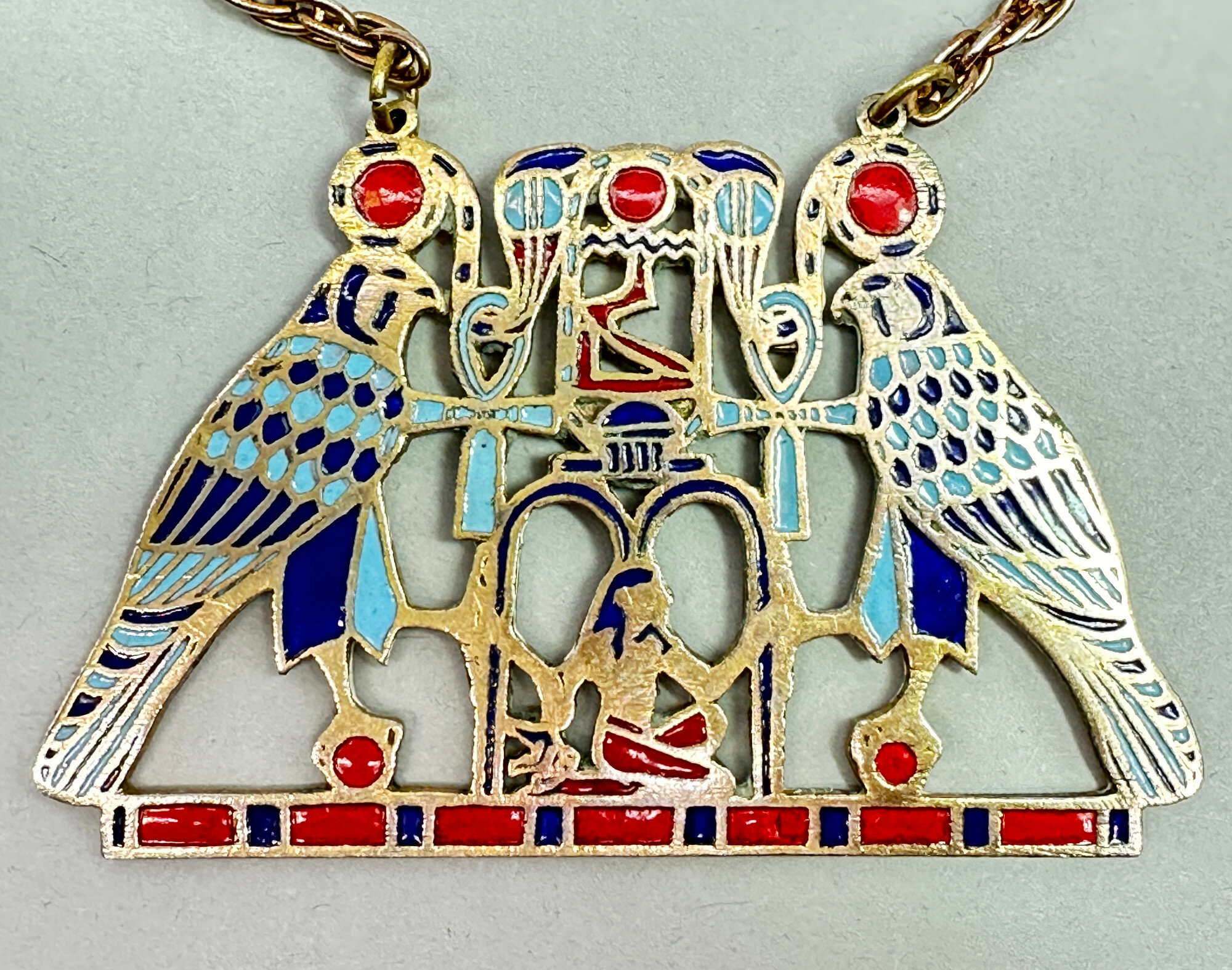
Outstanding Egyptian Revival necklace c1960
Price: £125
Korean Najeonchilgi lacquerware jewellery Box, C20th
Price: £25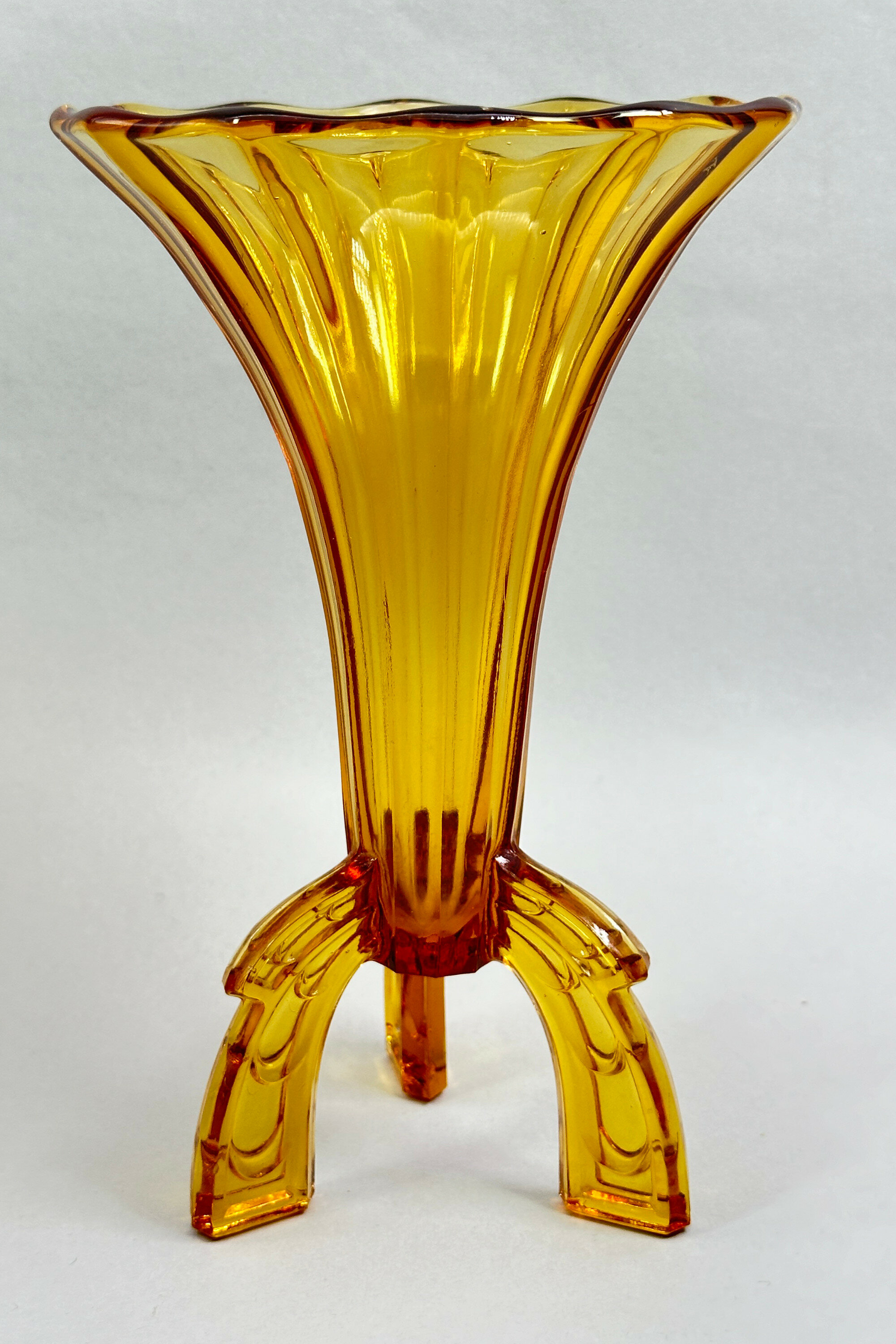
Art Deco style Amber Glass Rocket Vase, probably Czech Rosice 1930s
Price: £45
A green glass paperweight, Tweedsmuir Glass, Chris Dodds, late C20th
Price: £25It is sold with a matching contemporary illuminated stand which enhance the decorative effect considerably and provides a modest light display installation for the home (see image 6).
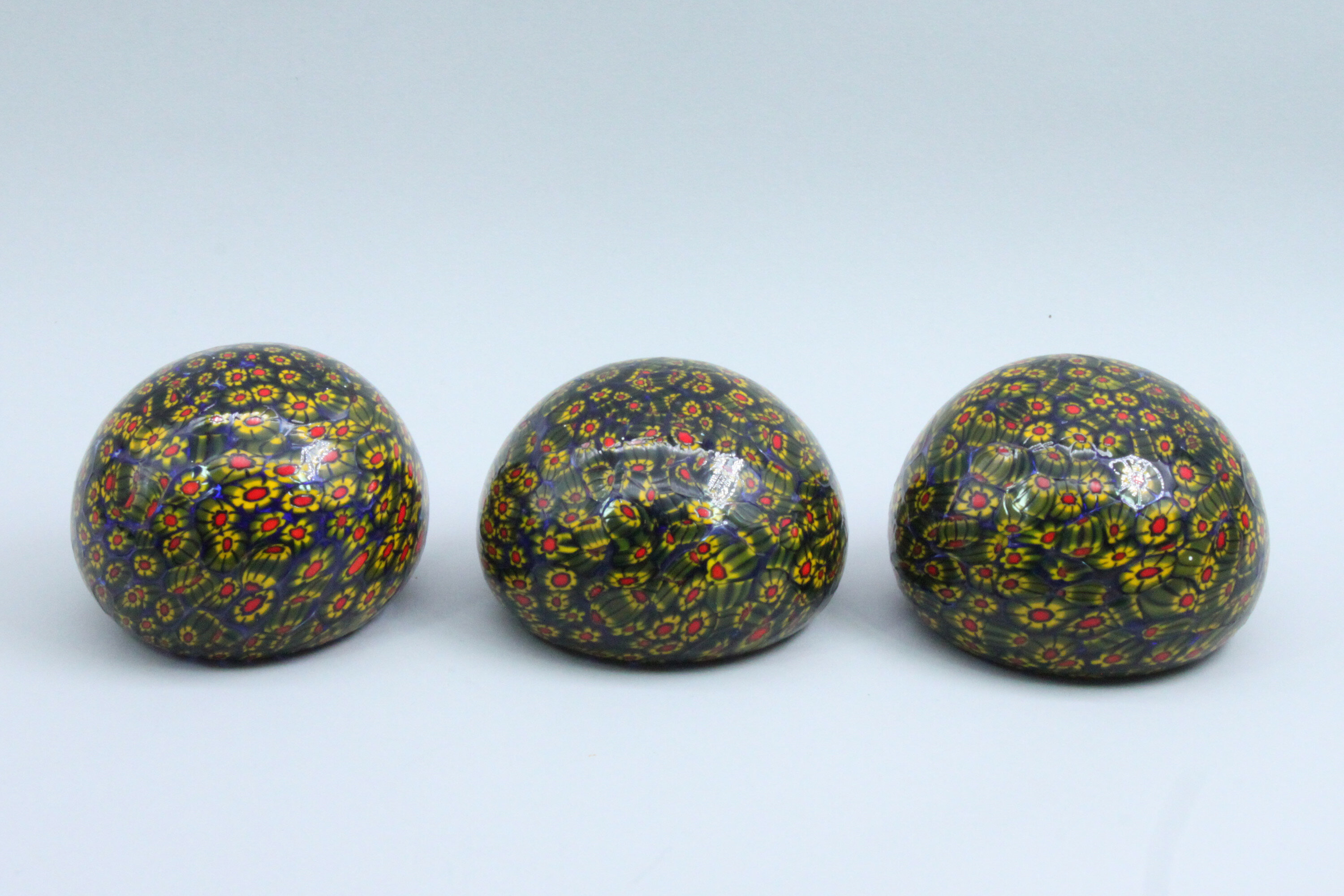
A set of three Millefiori Glass Paperweights, possibly Italian Murano, late C20th
Price: £75This set is sold with matching contemporary illuminated stands which enhance the decorative effect considerably and provide a modest light display installation for the home (see illustrations 5 and 6).
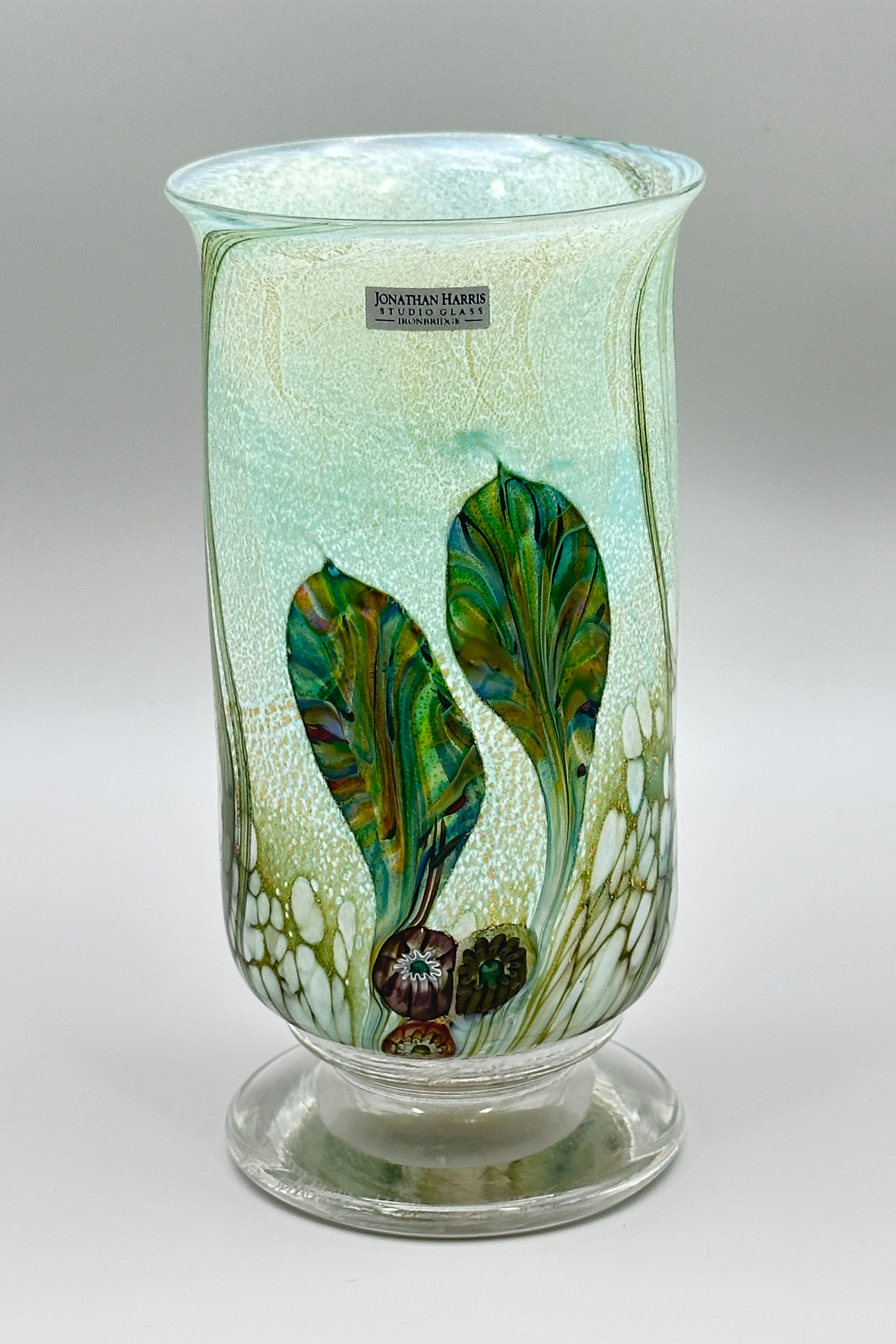
Cameo art glass Vase decorated lilies, Jonathan Harris Glass, signed and dated 2006
Estimate: £60 – 80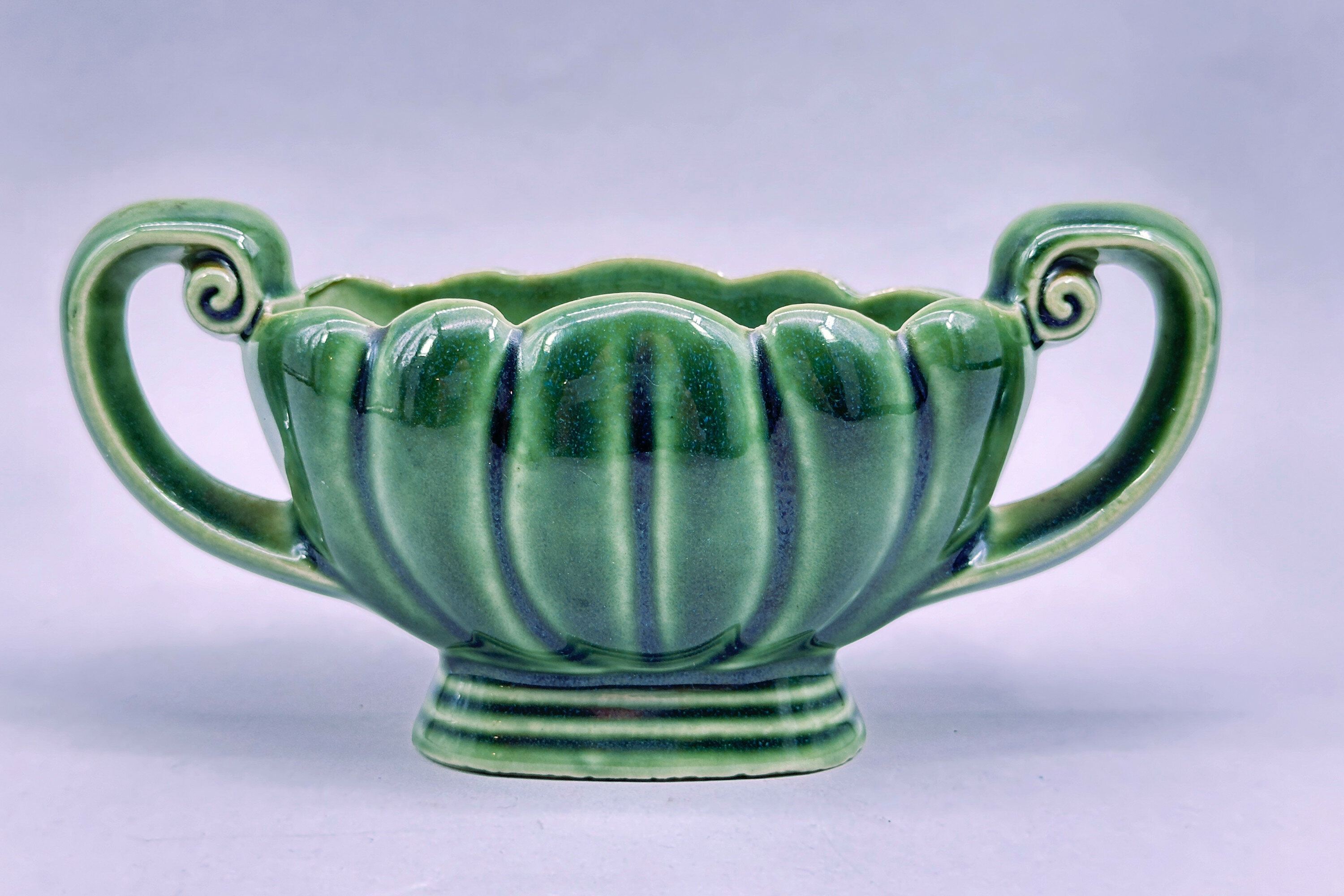
Wade green glazed Posy Vase, 1950s
Price: £20Wade Ceramics Ltd was a manufacturer of porcelain and earthenware, headquartered in Stoke-on-Trent, England. Founded in 1867, it was run by various members of the Wade family until the death of George Anthony Wade in 1987 after which there was a succession of management buyouts. Despite substantial investment in 2009, the firm eventually went into administration in 2022. Wade produced a wide variety of ceramics, including the well known Wade Whimsies animal figurines.
This vase was designed to hold a small bunch of flowers and was produced in a variety of sizes and colours, green being the most common. The form has an almost ‘neo classical’ feel but the piece dates to the 1950s when this particular format of the factory mark was used.

Two Victorian Cranberry Glass Bowls, late C19th
Price: £75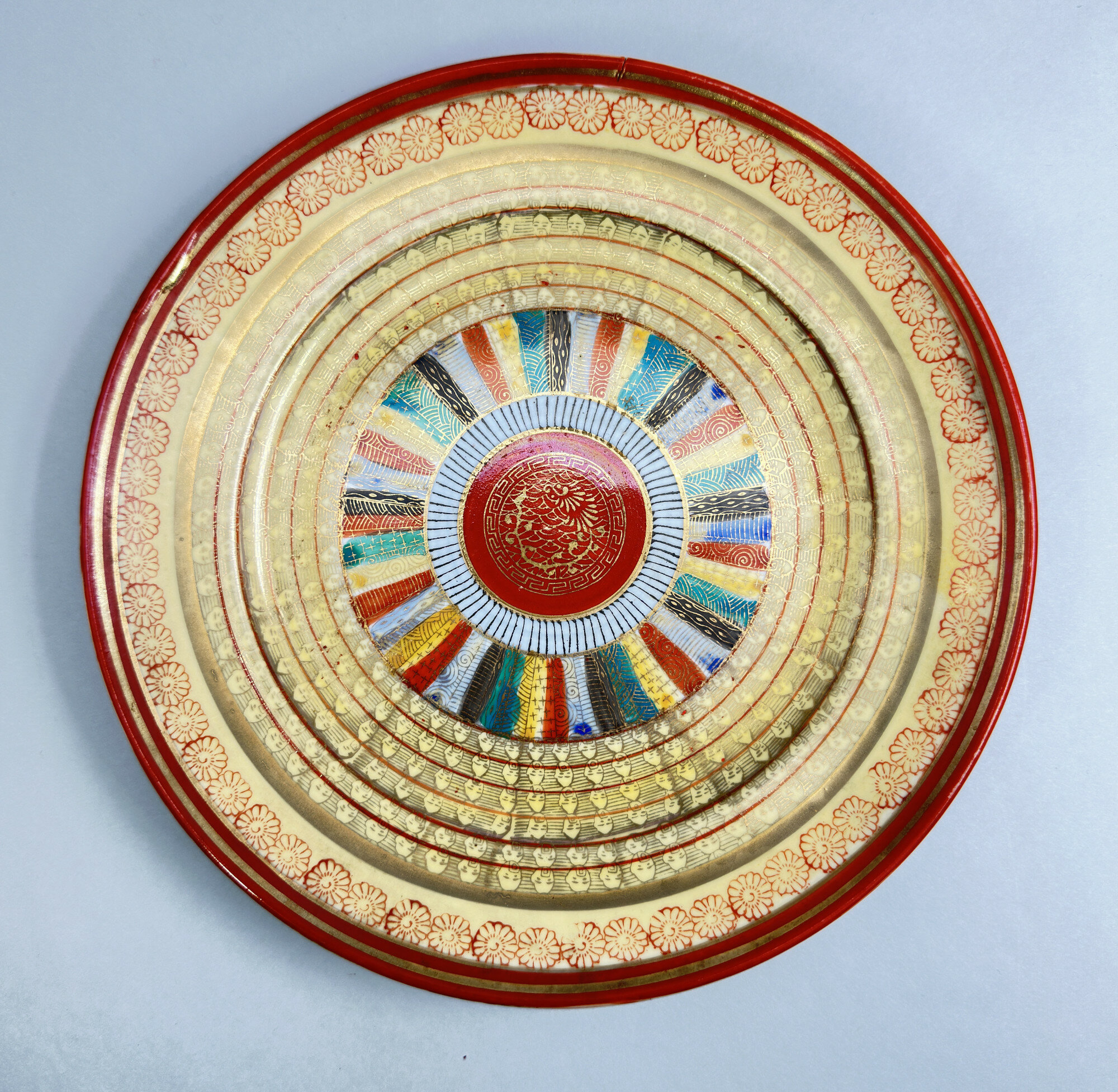
Japanese Kutani Dish decorated with the Thousand Faces pattern, first half C20th
Price: £45The colourings and style of work here clearly indicate the workshops of Kutani (the word means 'nine valleys') in the former Kaga province of Japan. By the nineteenth century the majority of their pieces were decorated in iron red and gold but sometimes with other colours in addition, as here. The ‘thousand faces’ pattern (an apocryphal term and this cataloguer has not attempted to count the number of faces appearing here) seems to have been evolved around the end of the nineteenth century and then continued in production until the mid twentieth. Both plates in various sizes and even tea sets are found in the design. The mark ‘Made in Japan’ was usually employed after 1941 (in the previous twenty years ‘Japan’ was the norm) but there are exceptions and the paste of the foot rim here does suggest a slightly earlier date, perhaps around 1930. In perfect condition, with very little wear to the decoration, this piece is a fine example of a rather eccentric decorative patttern.

